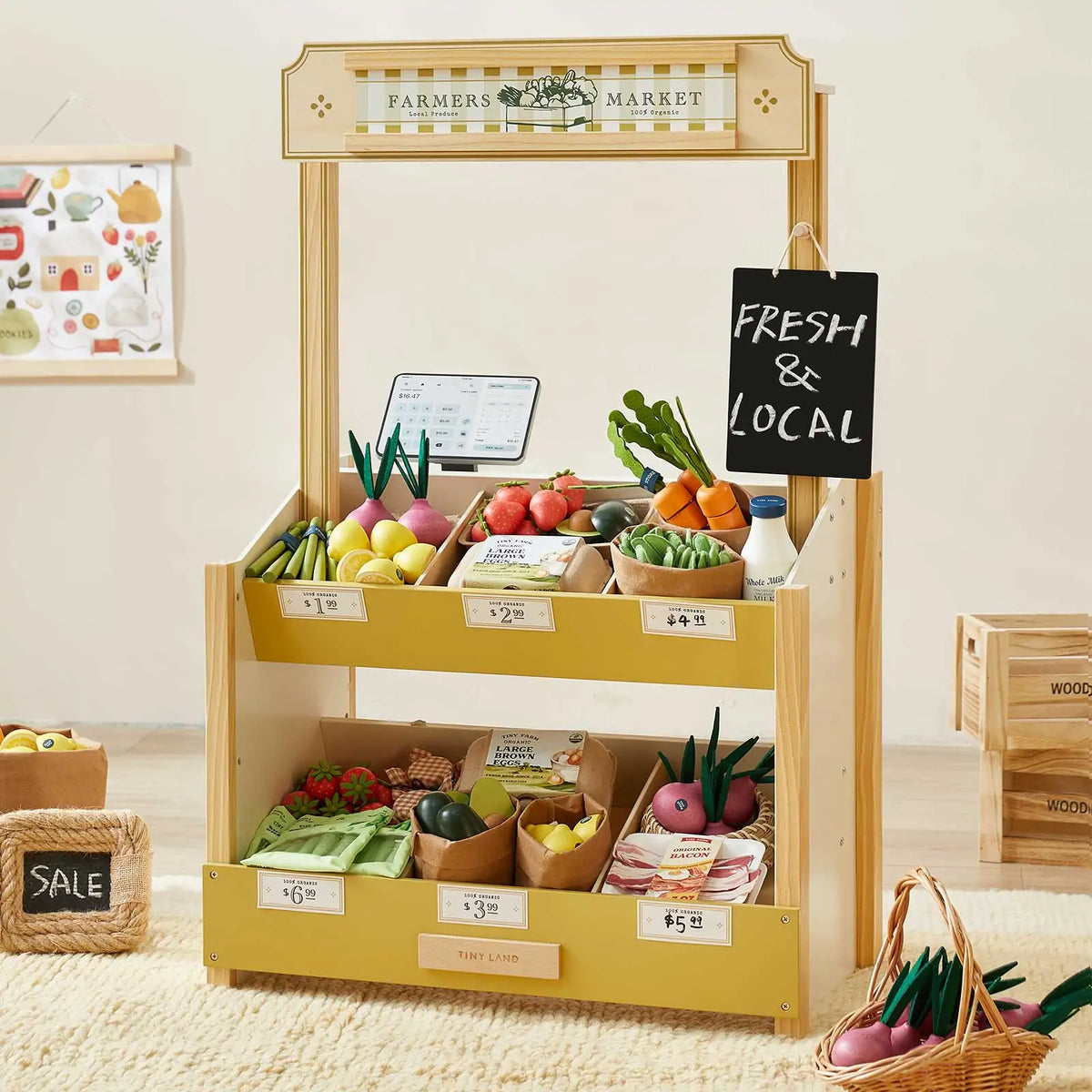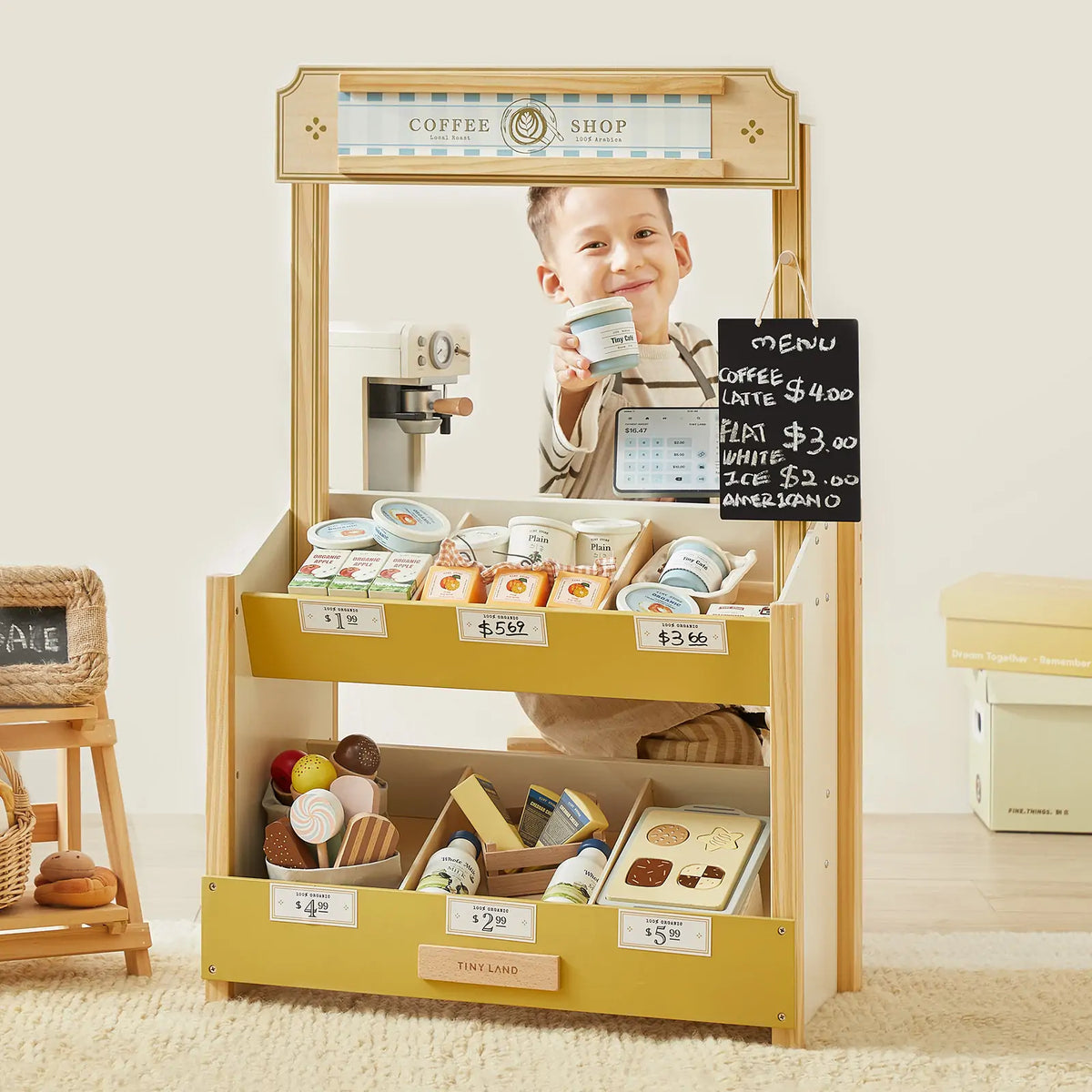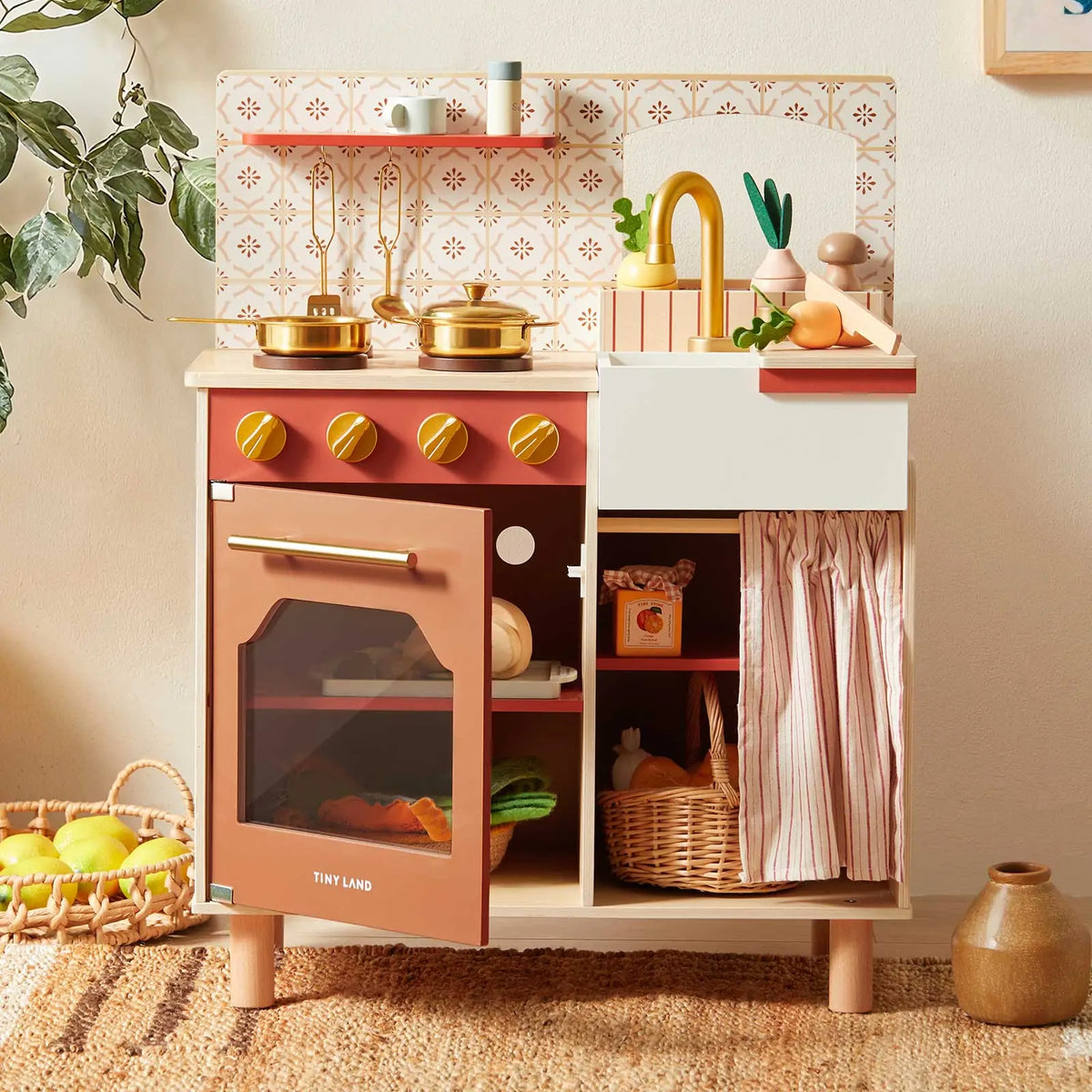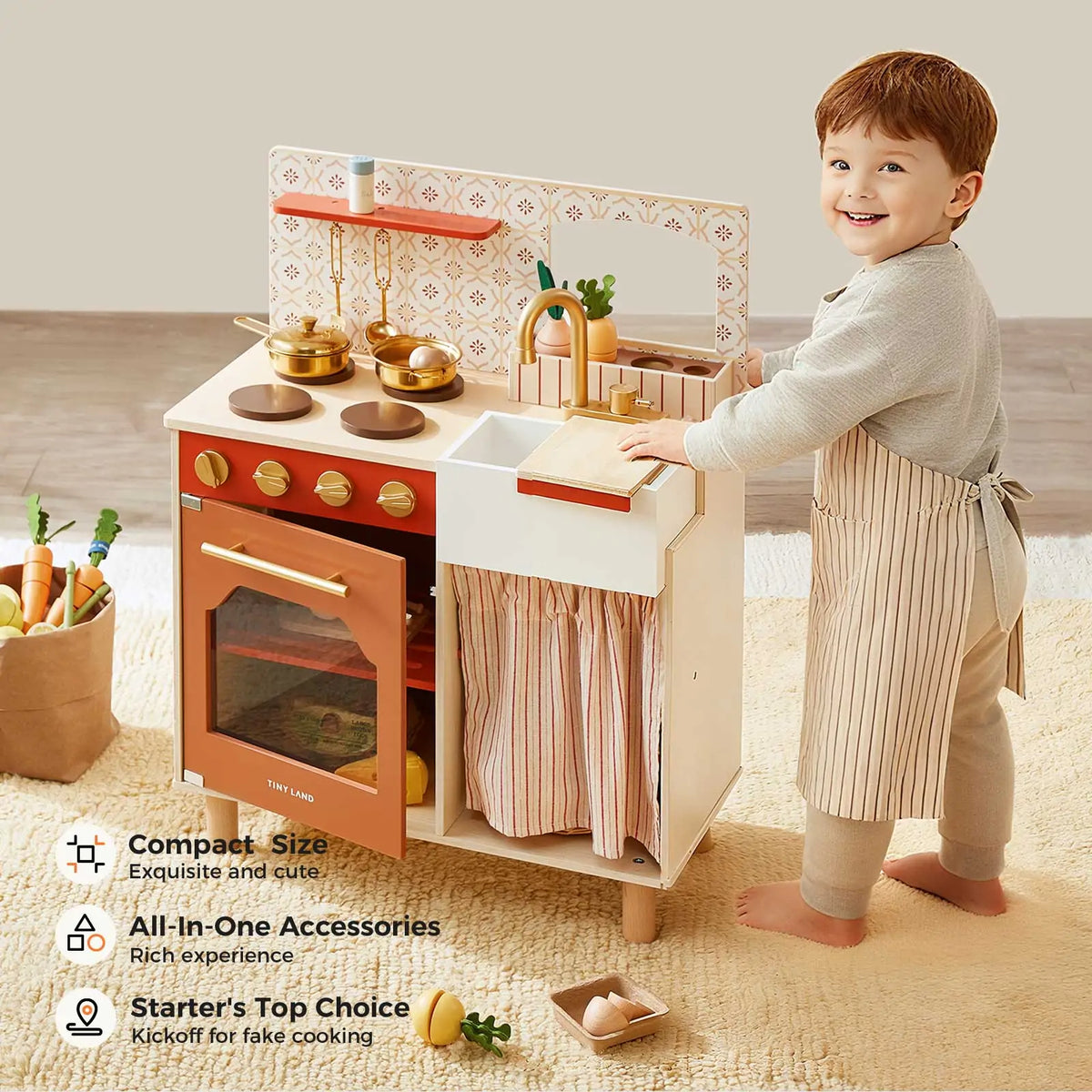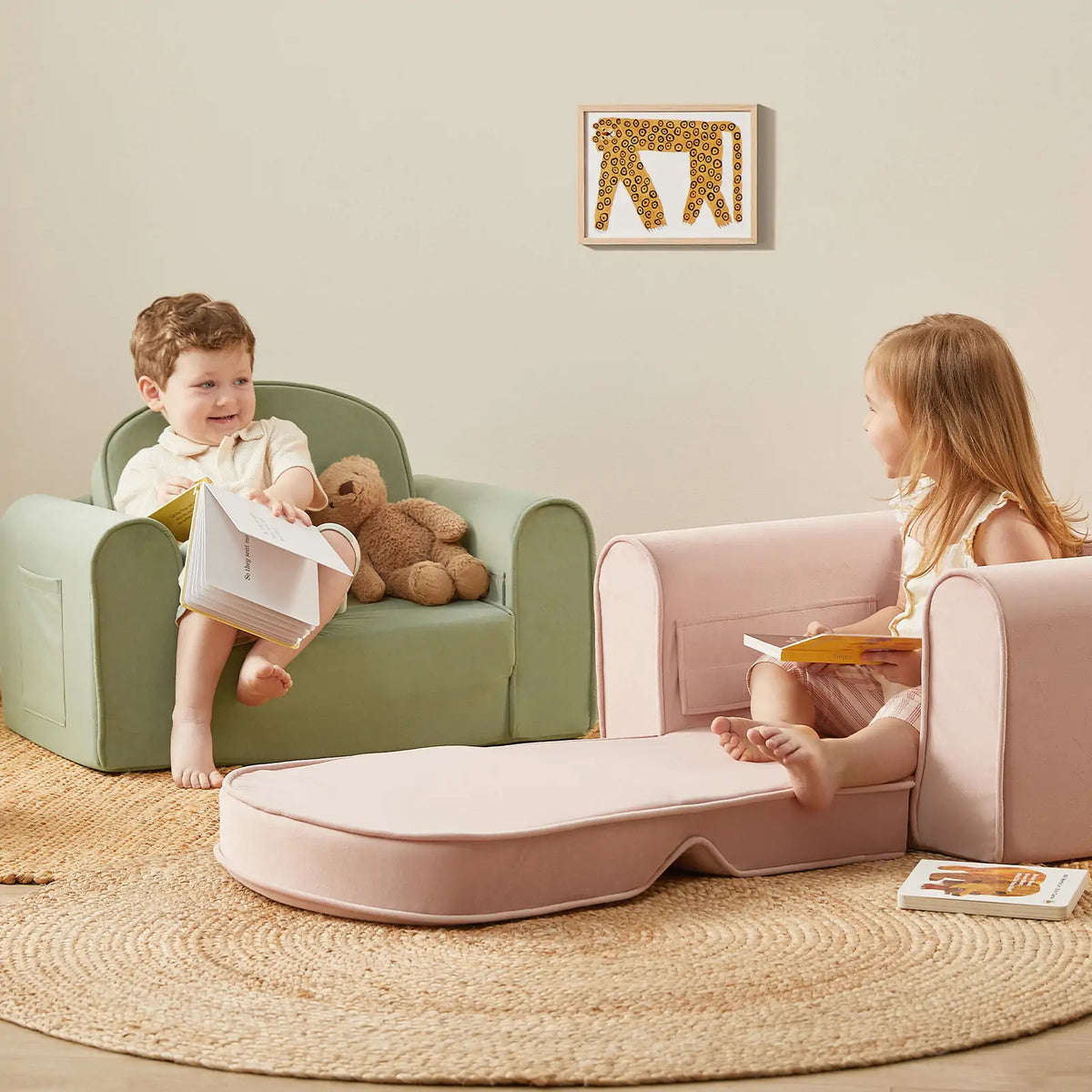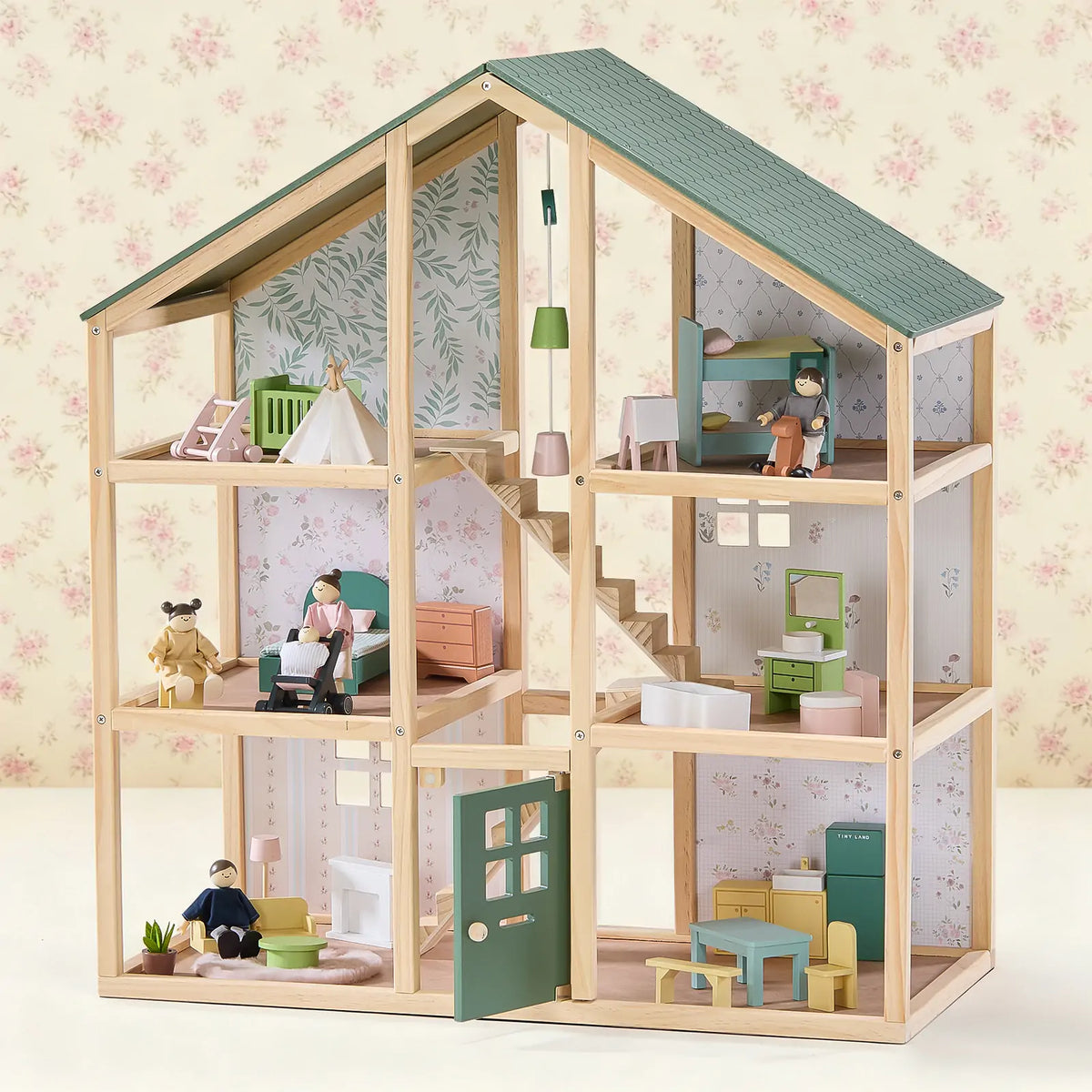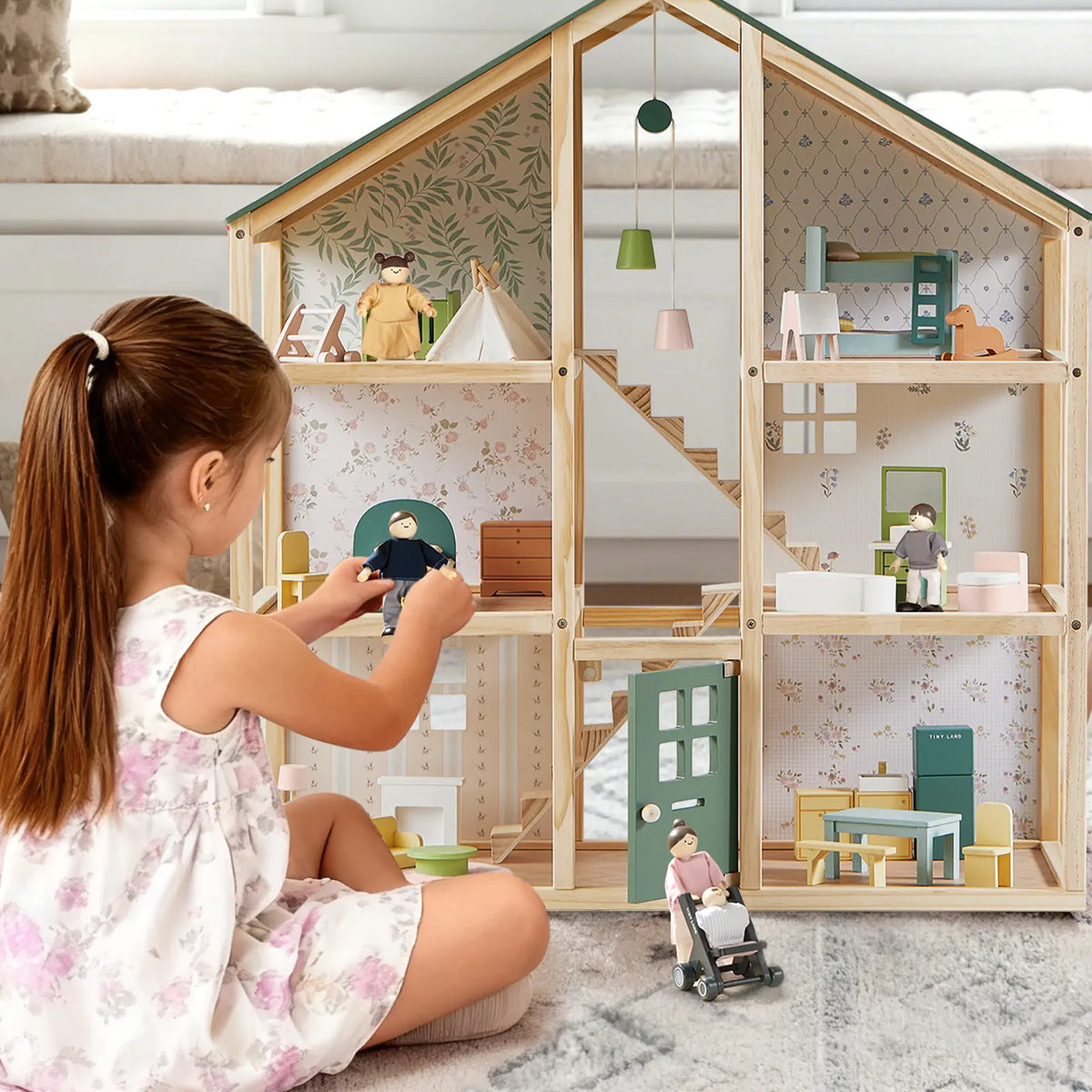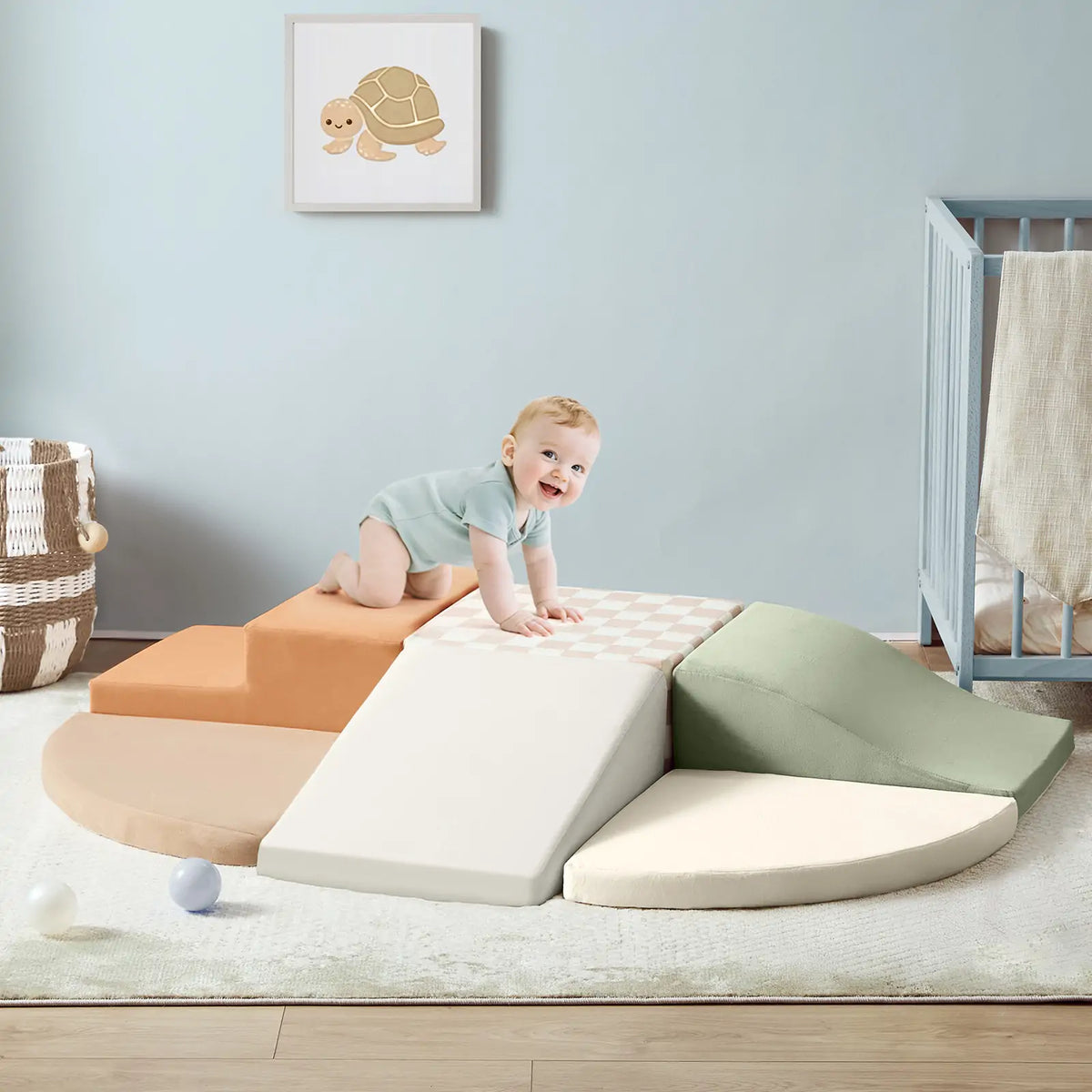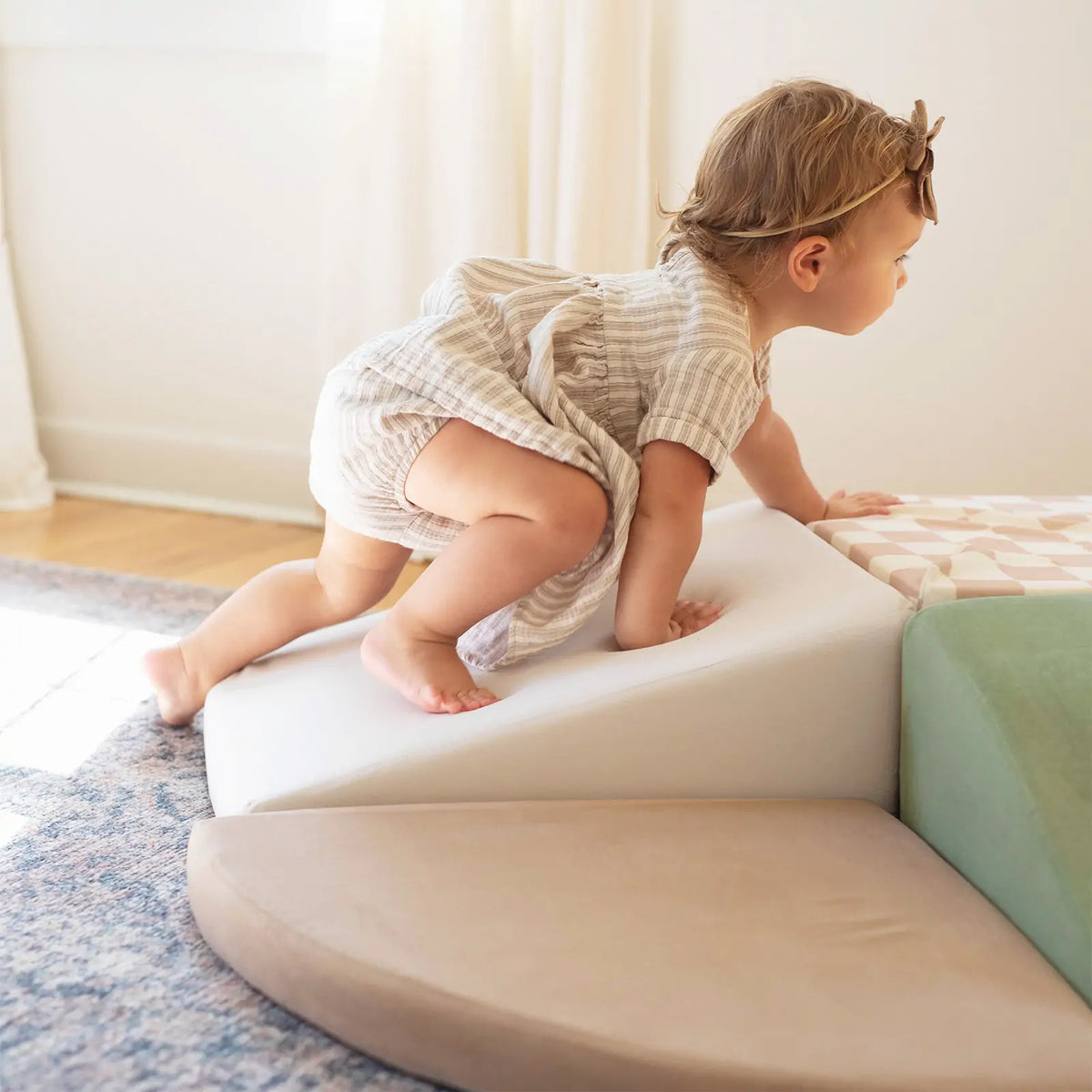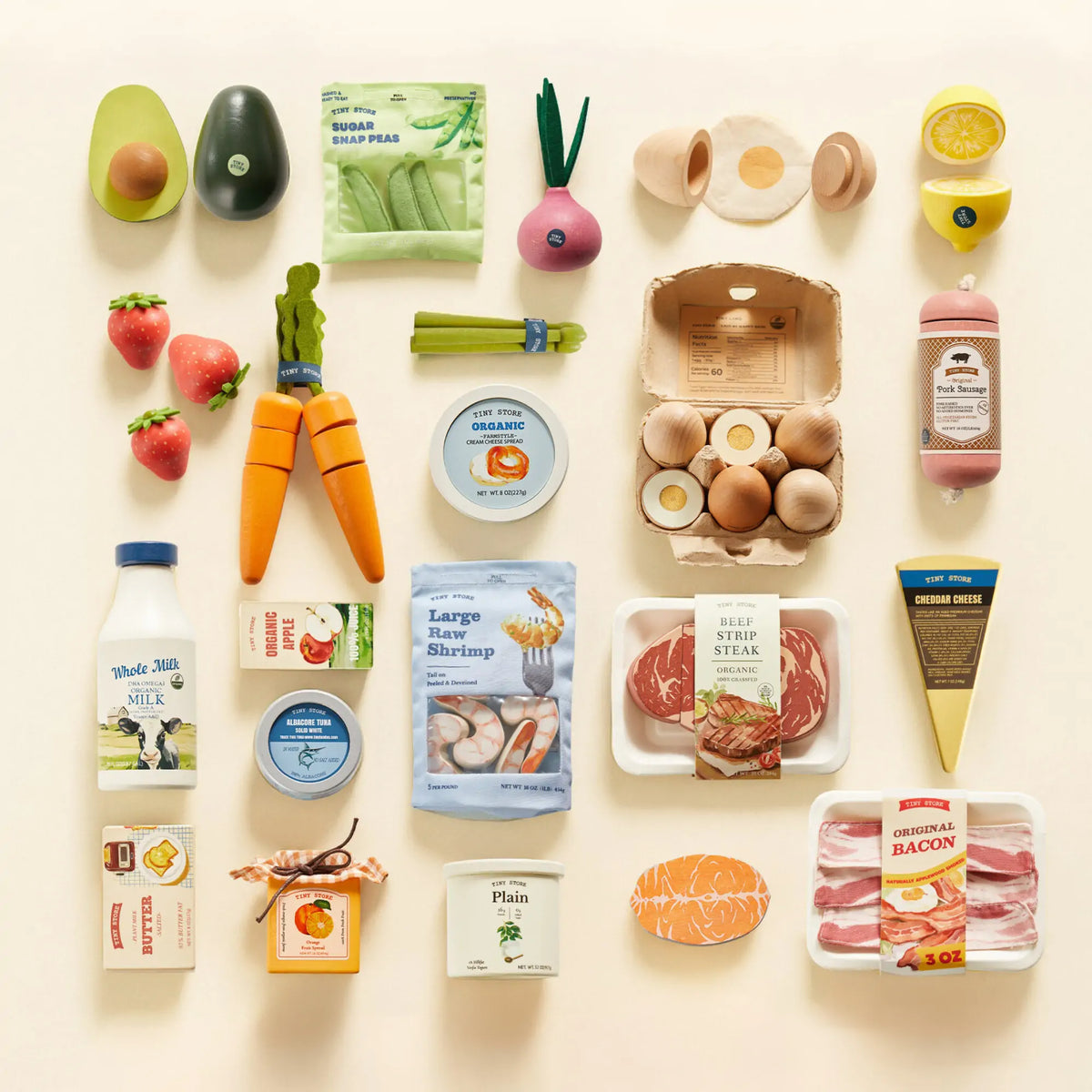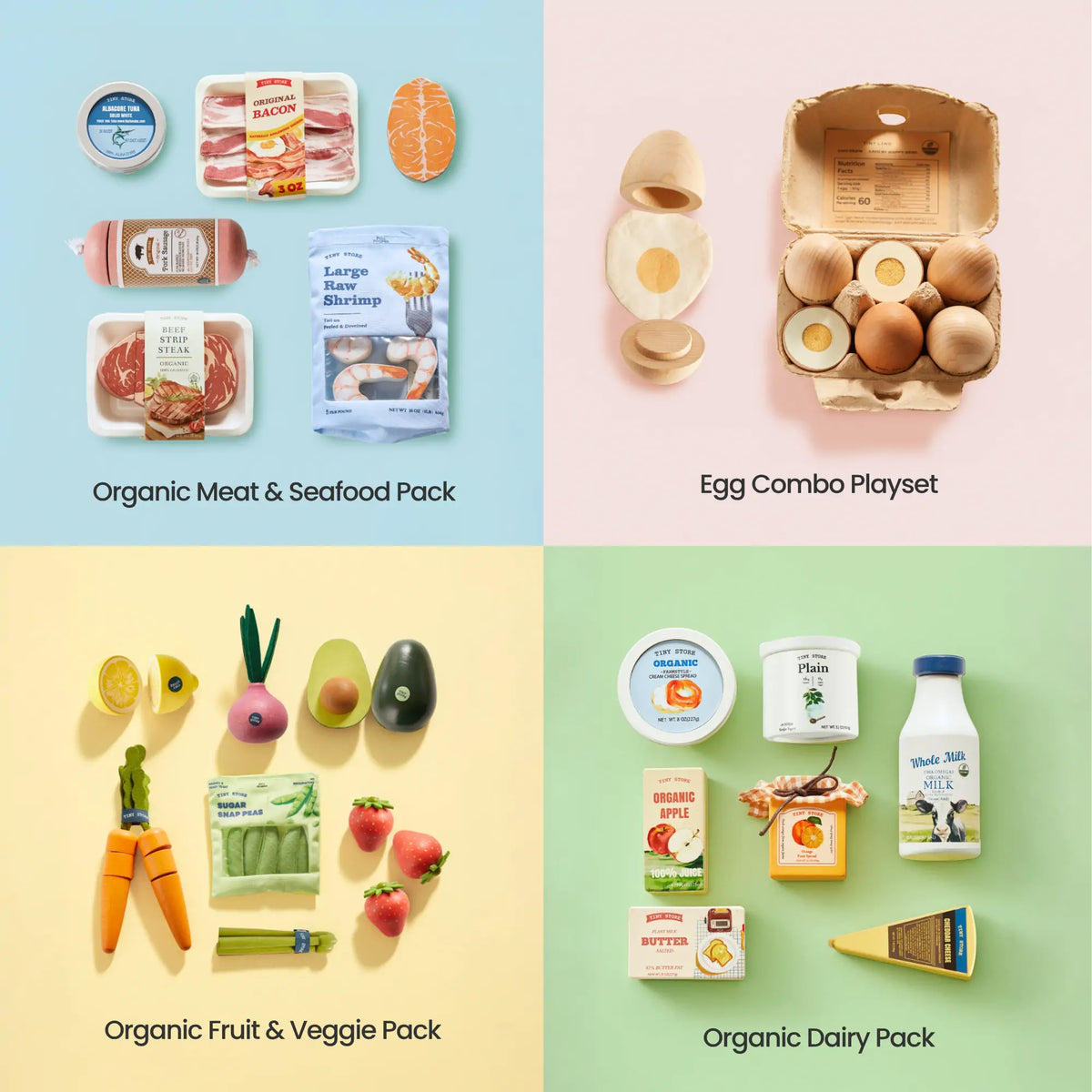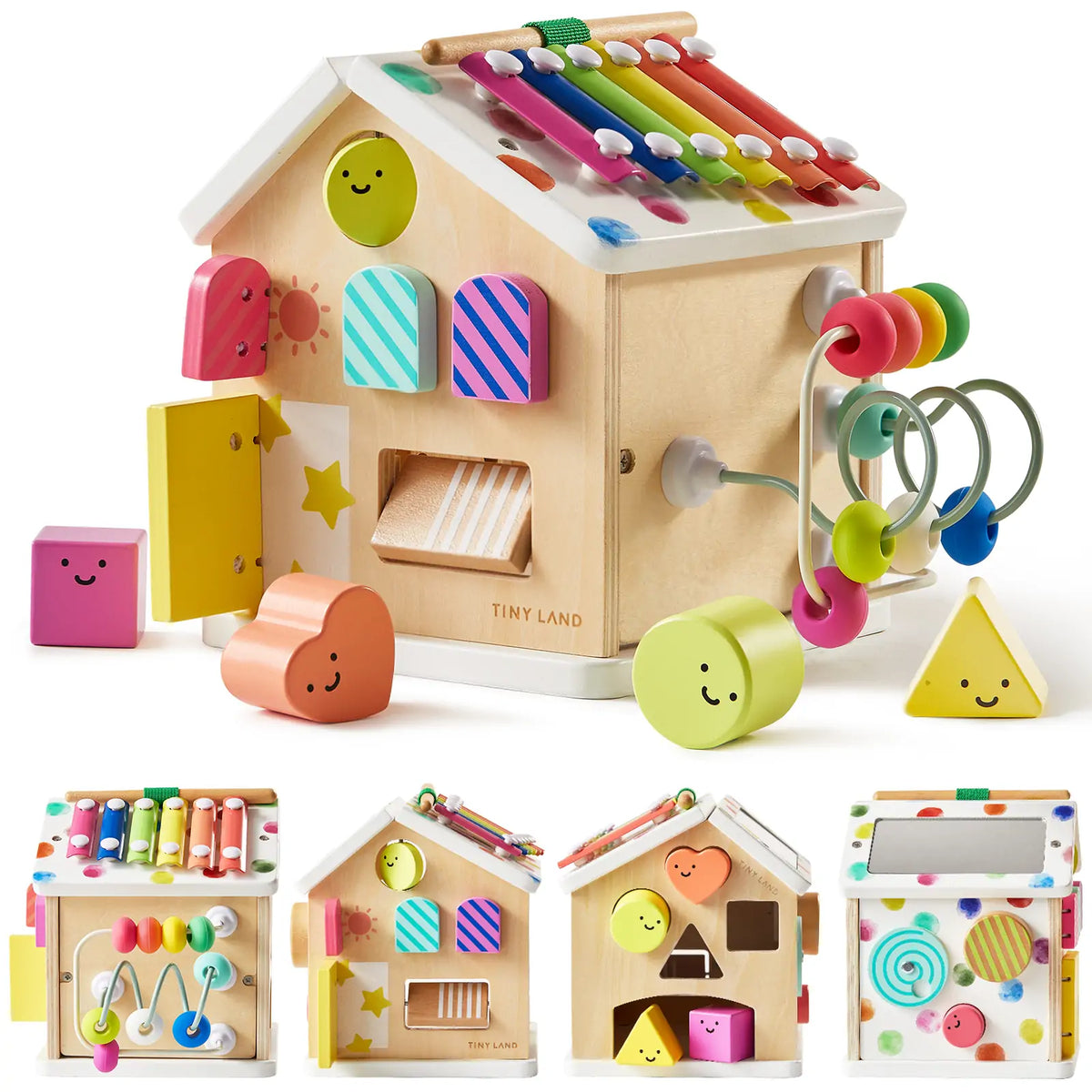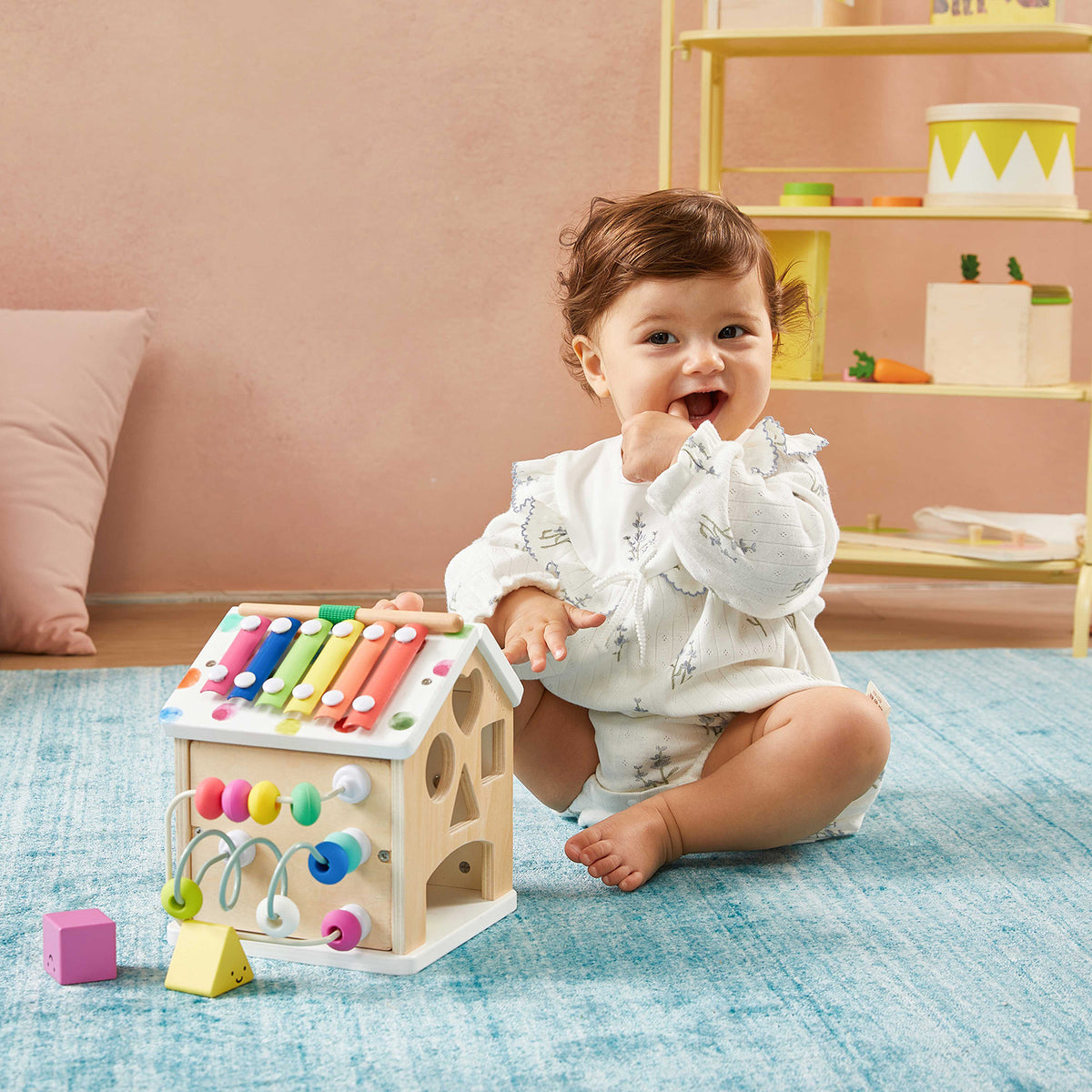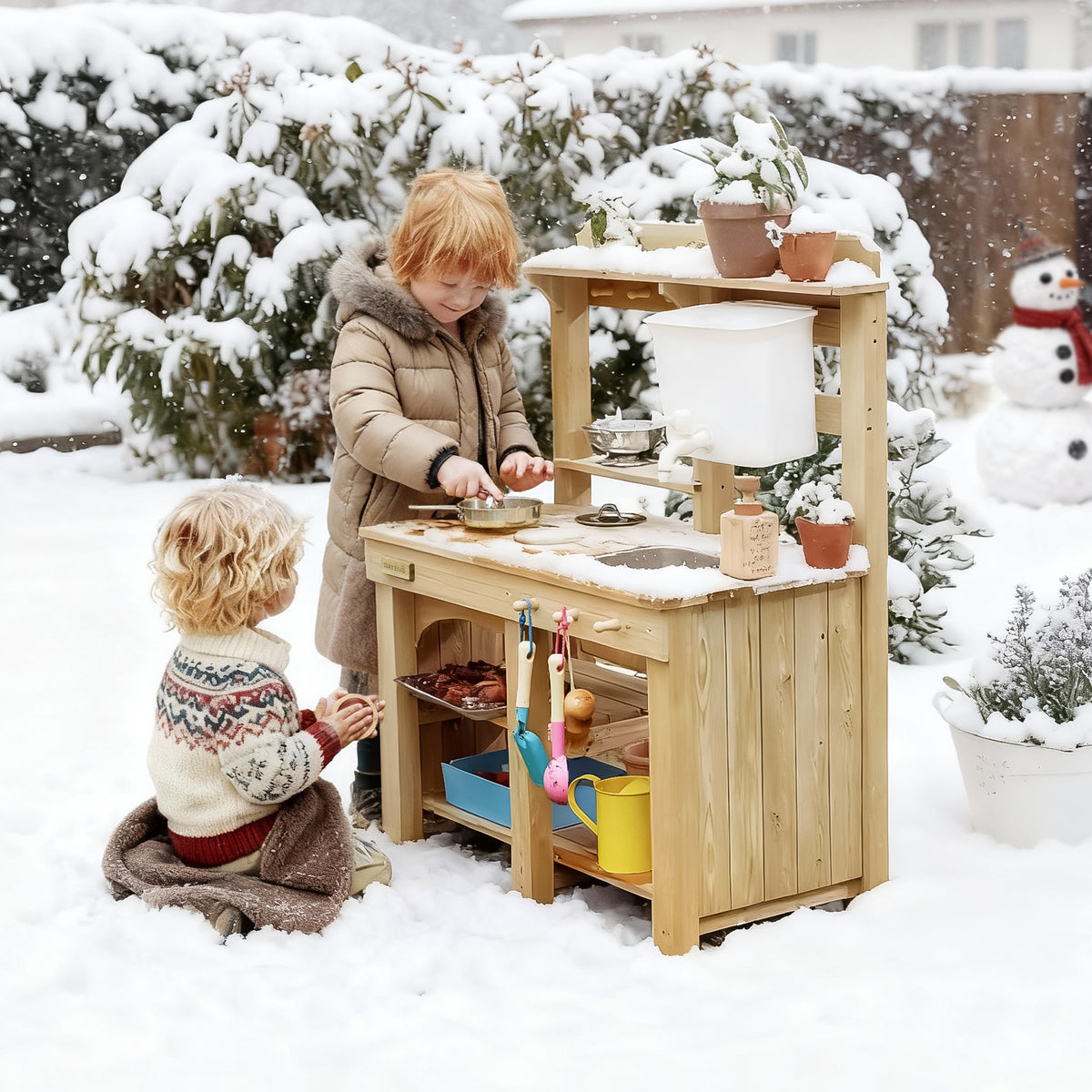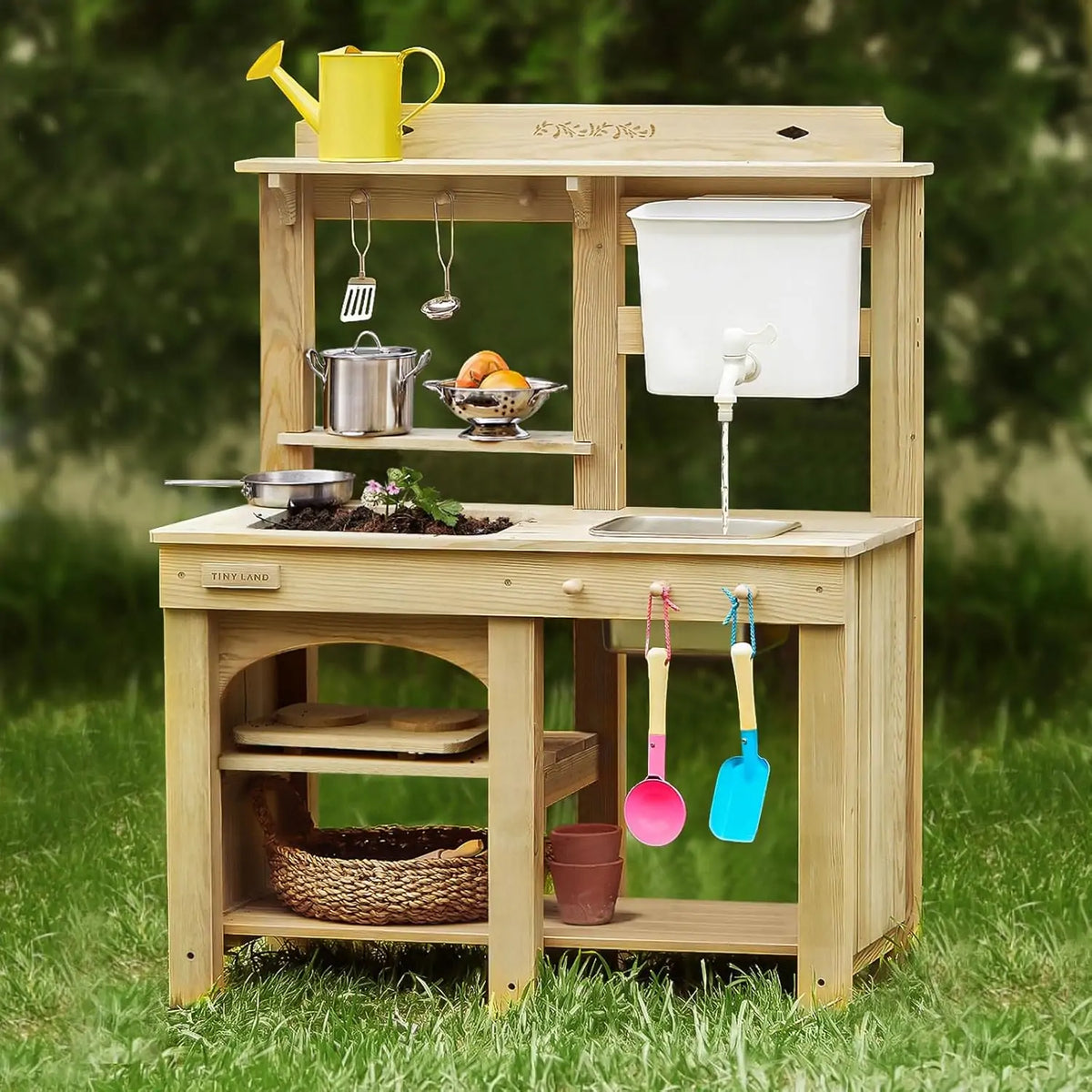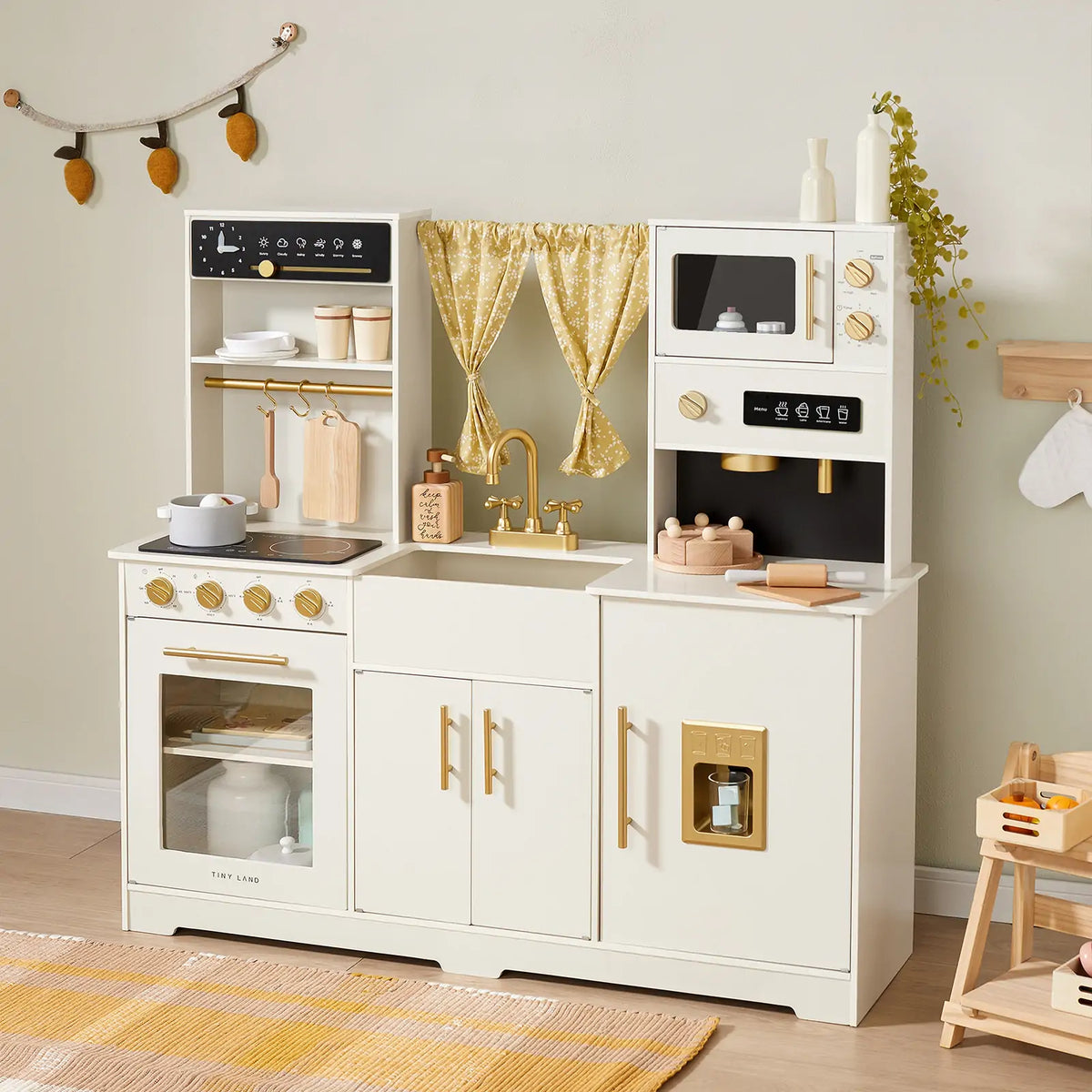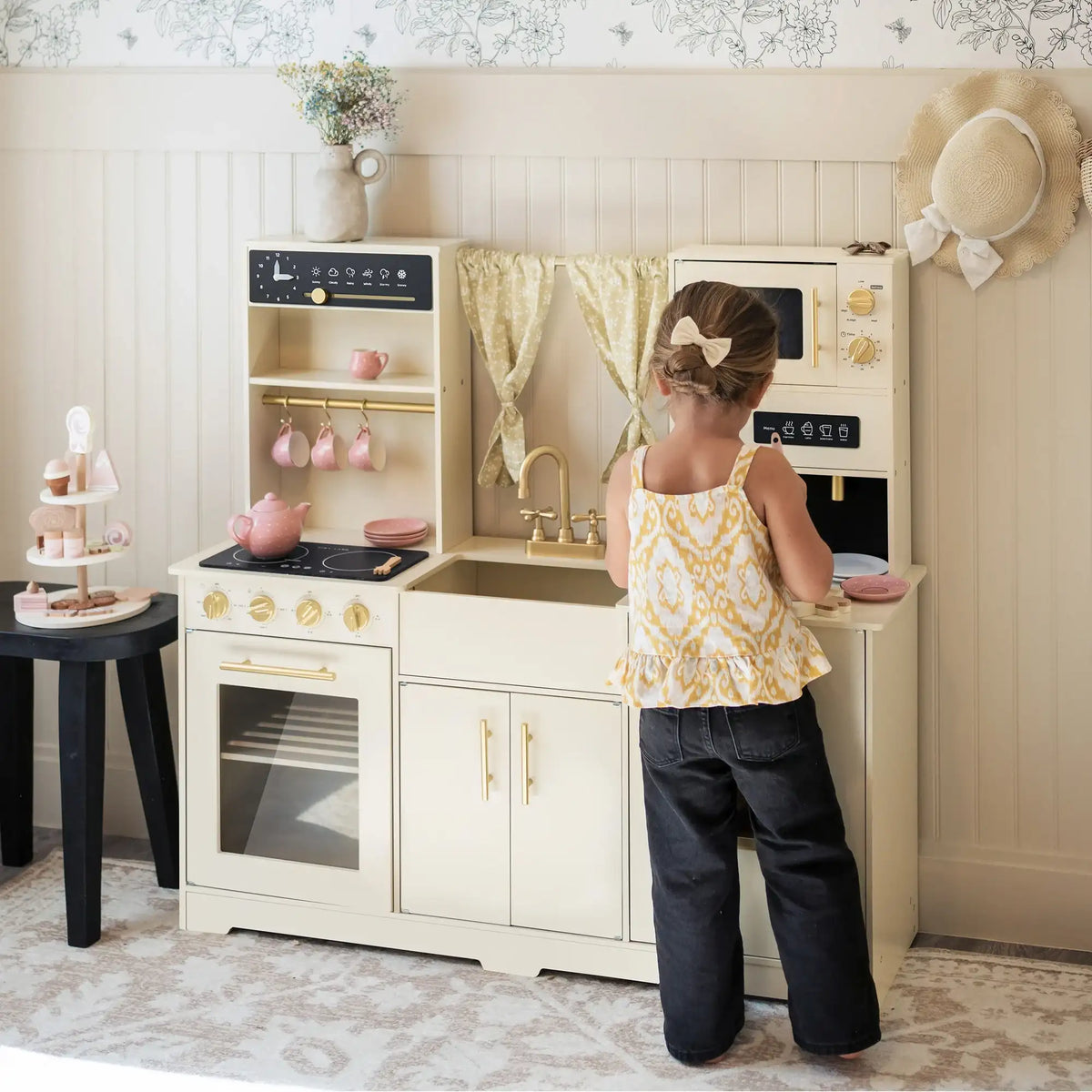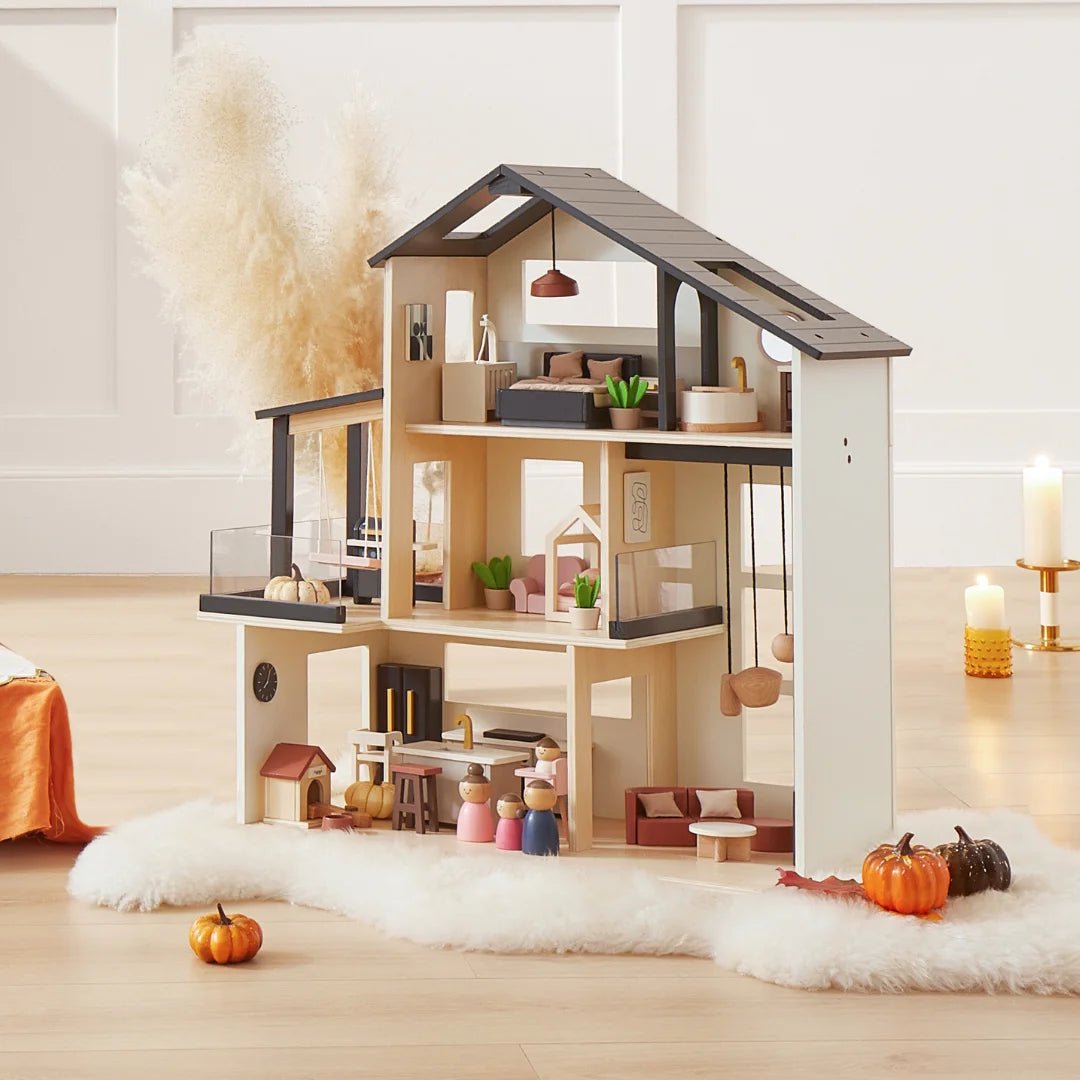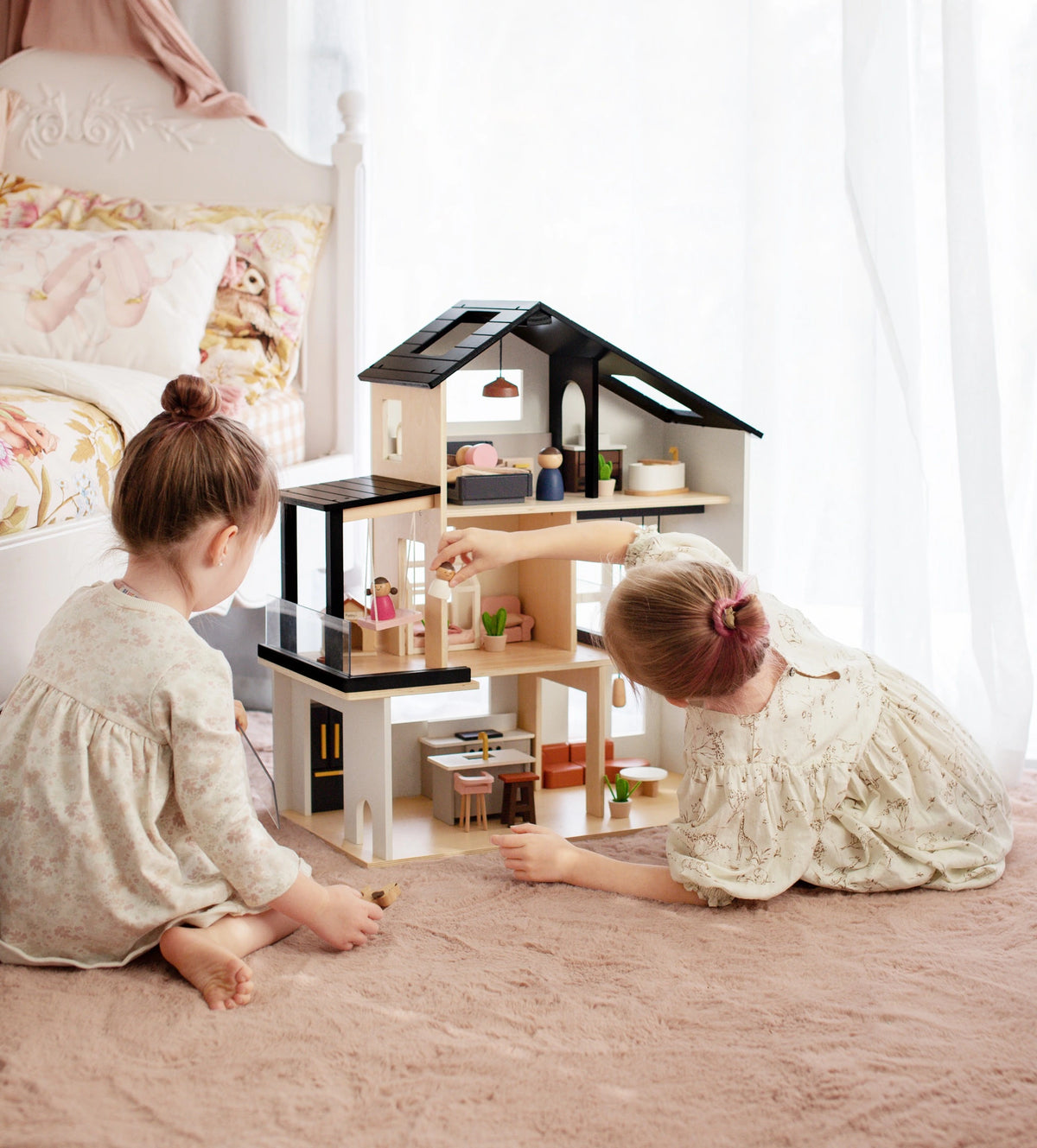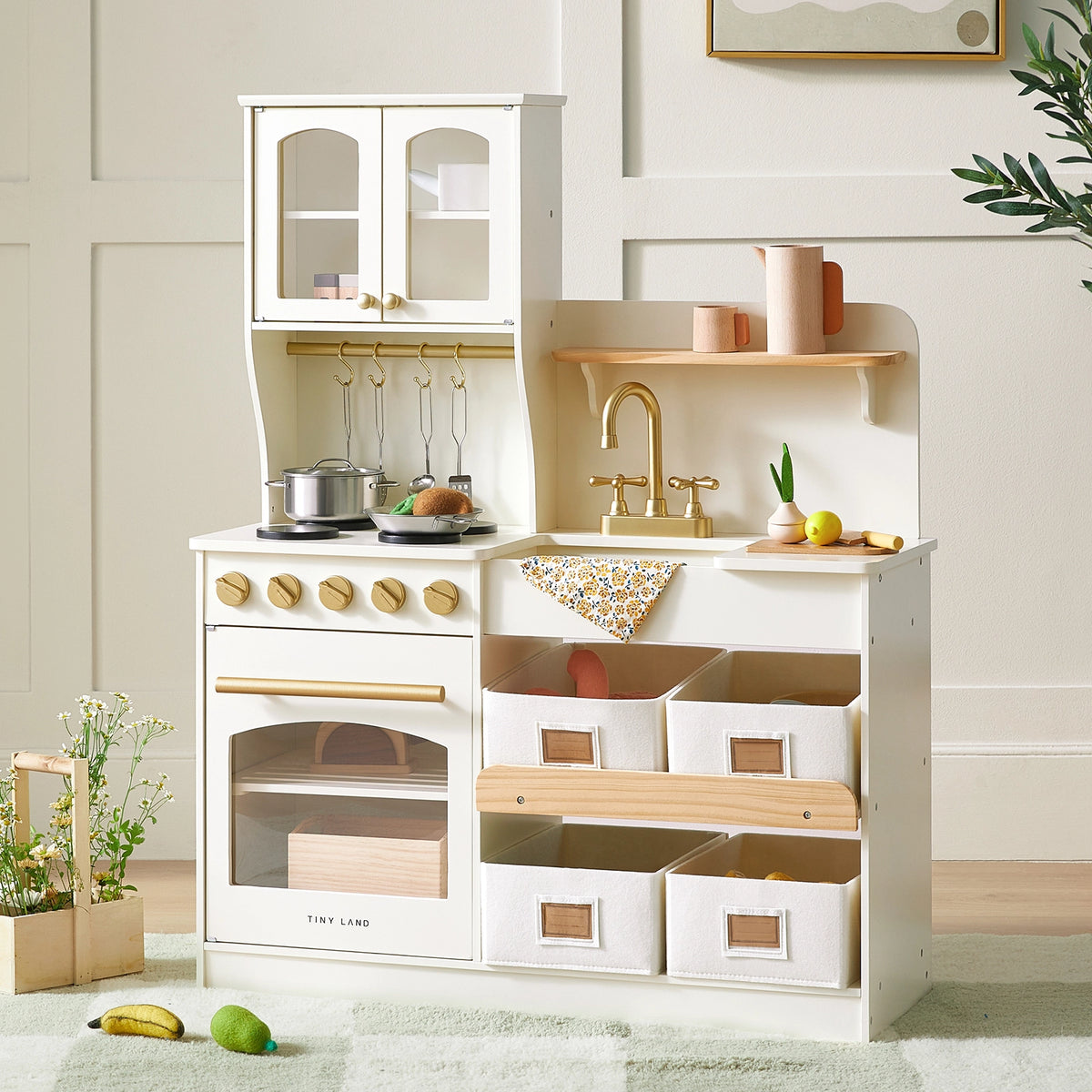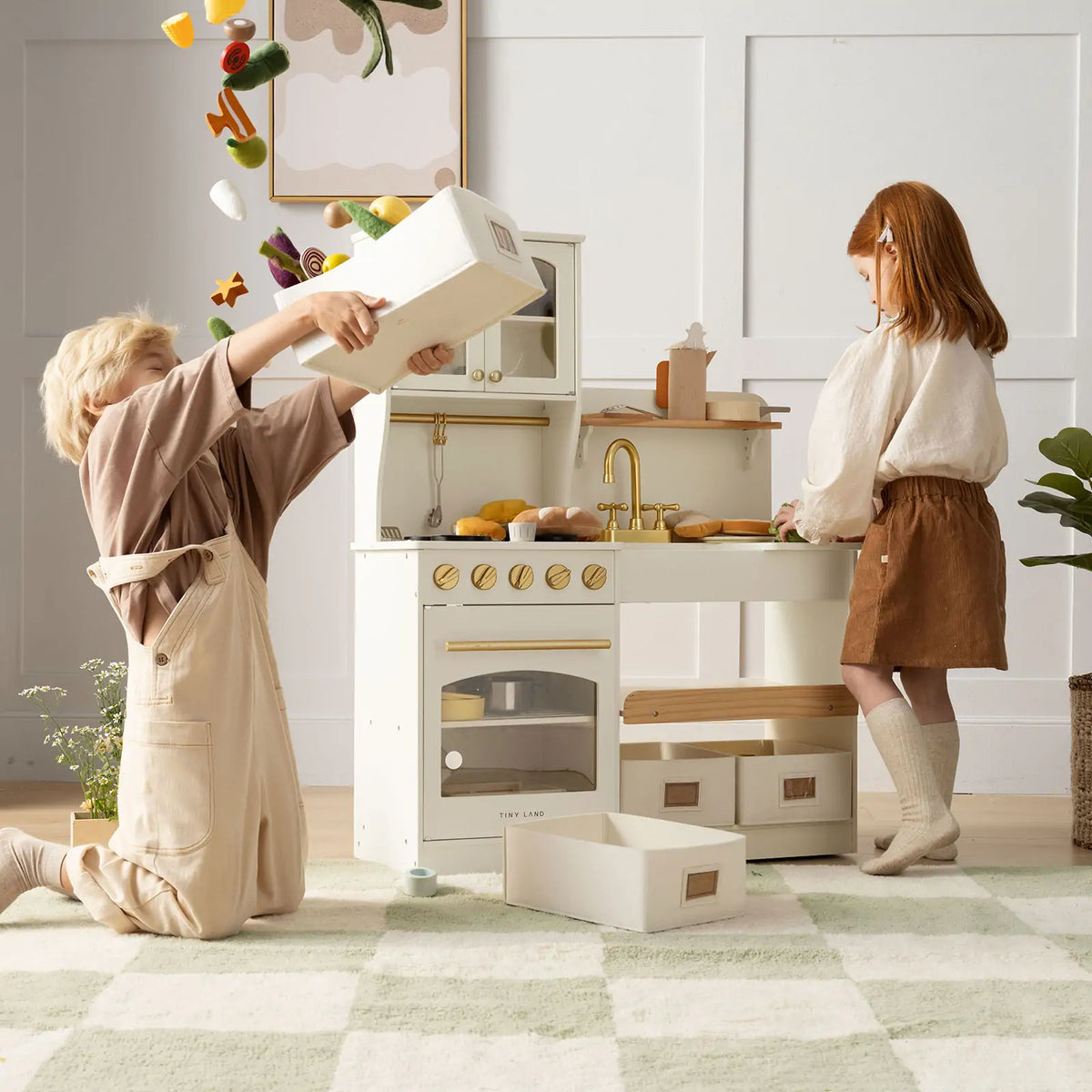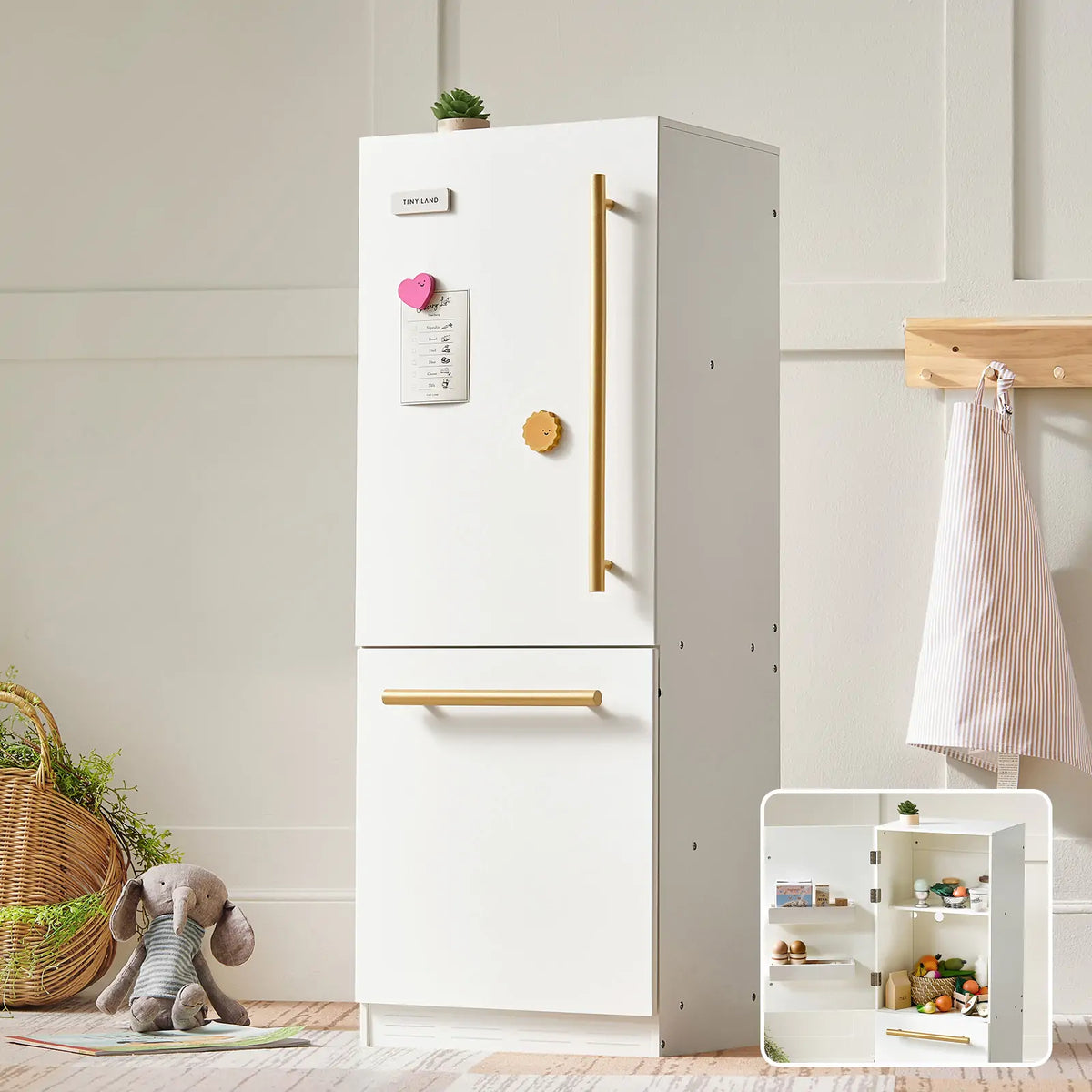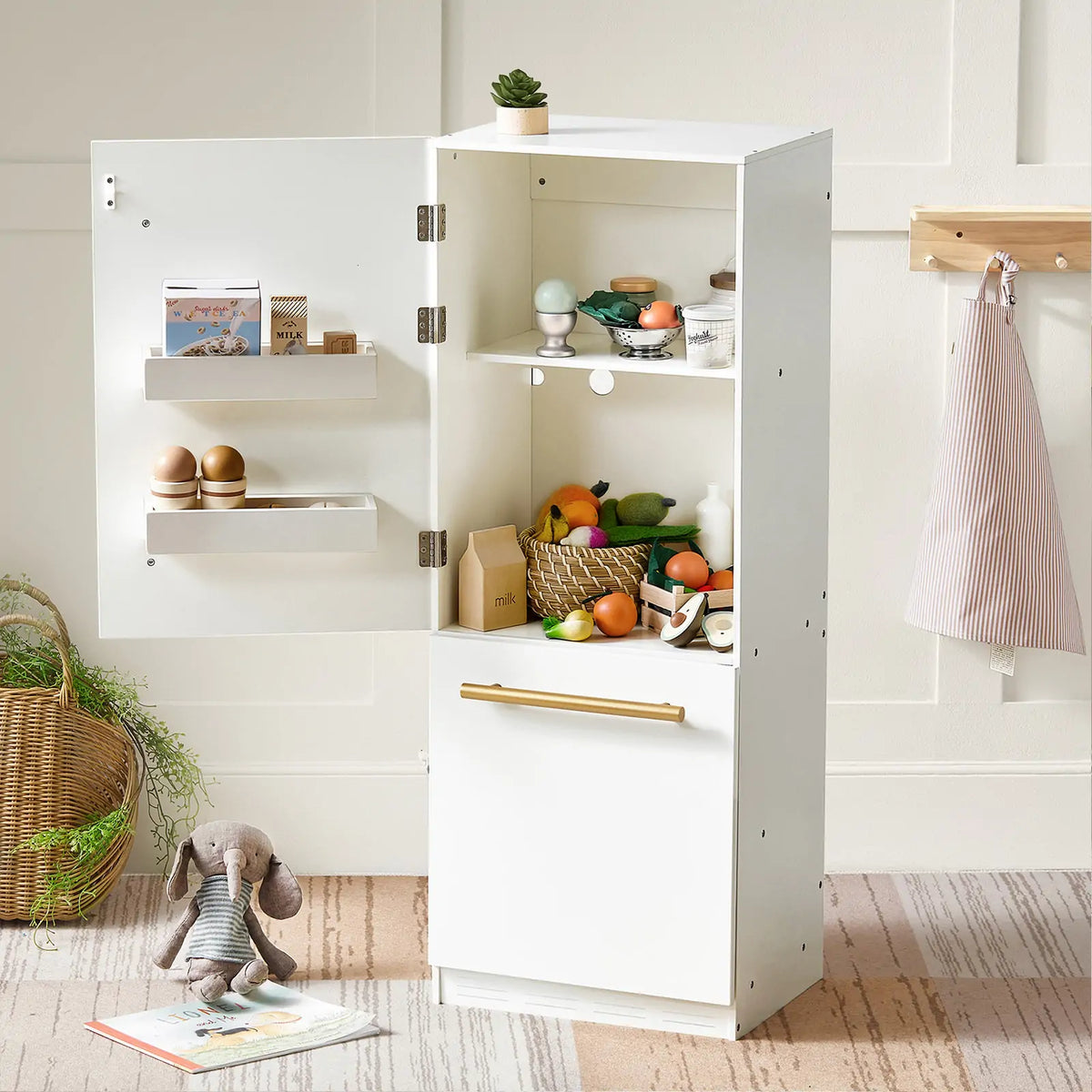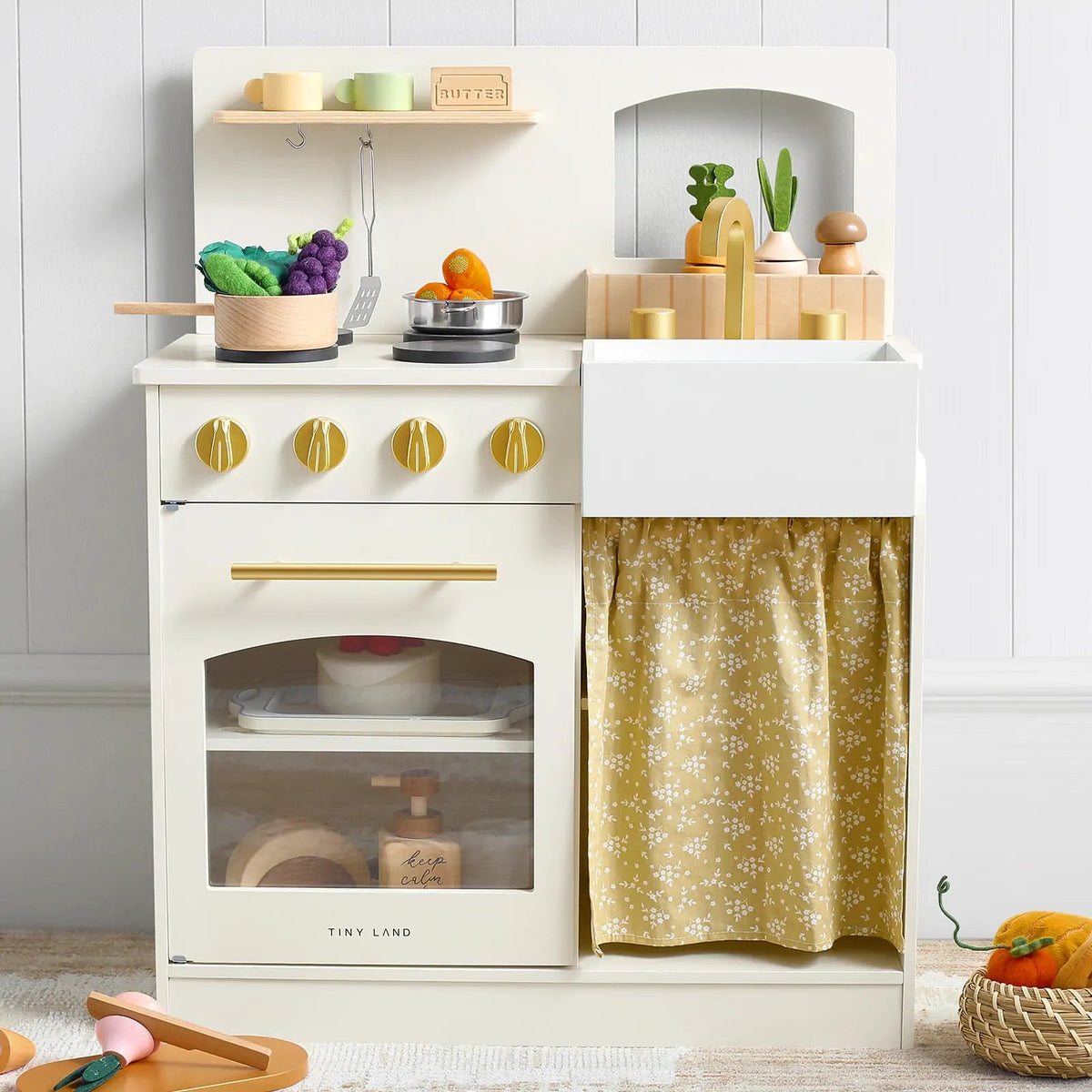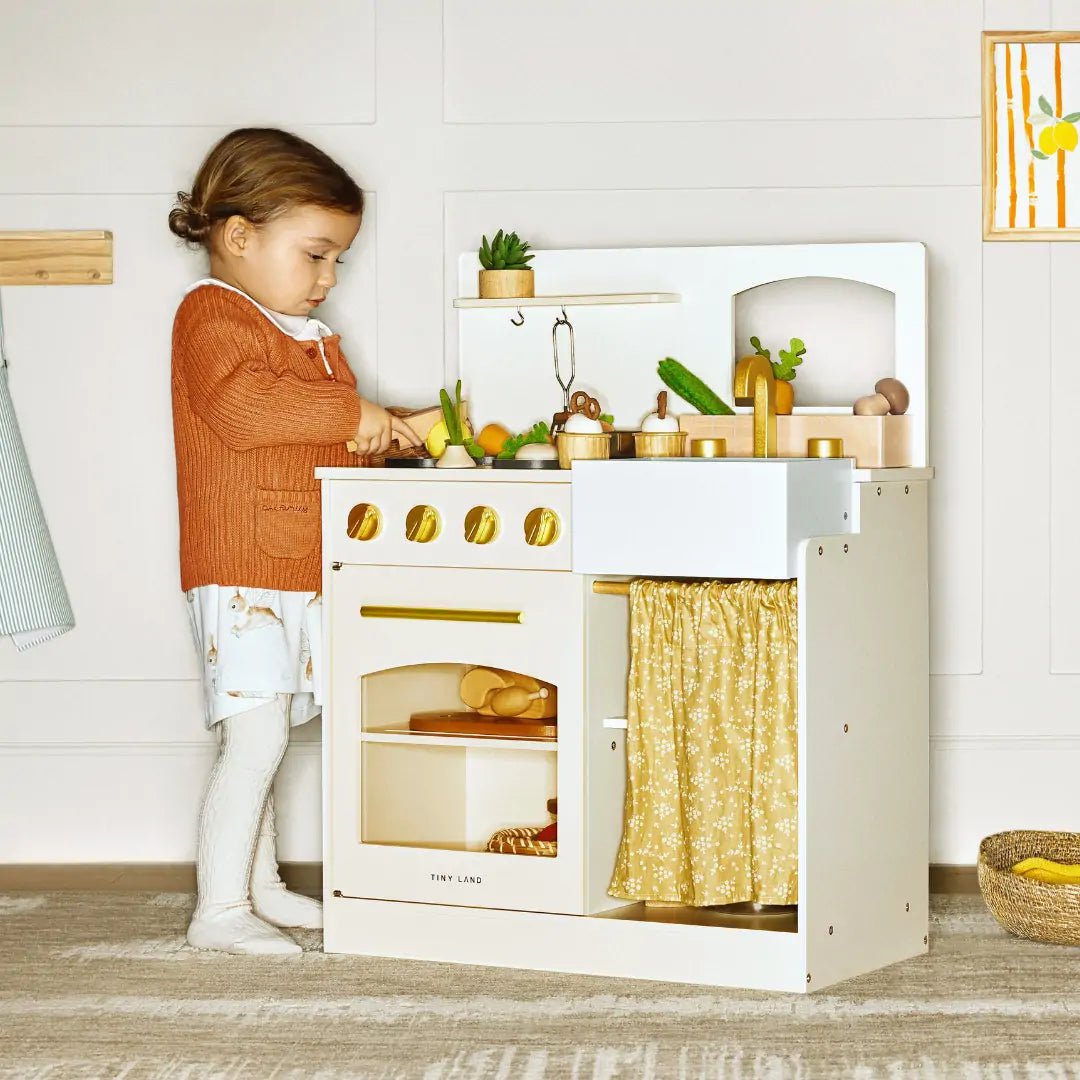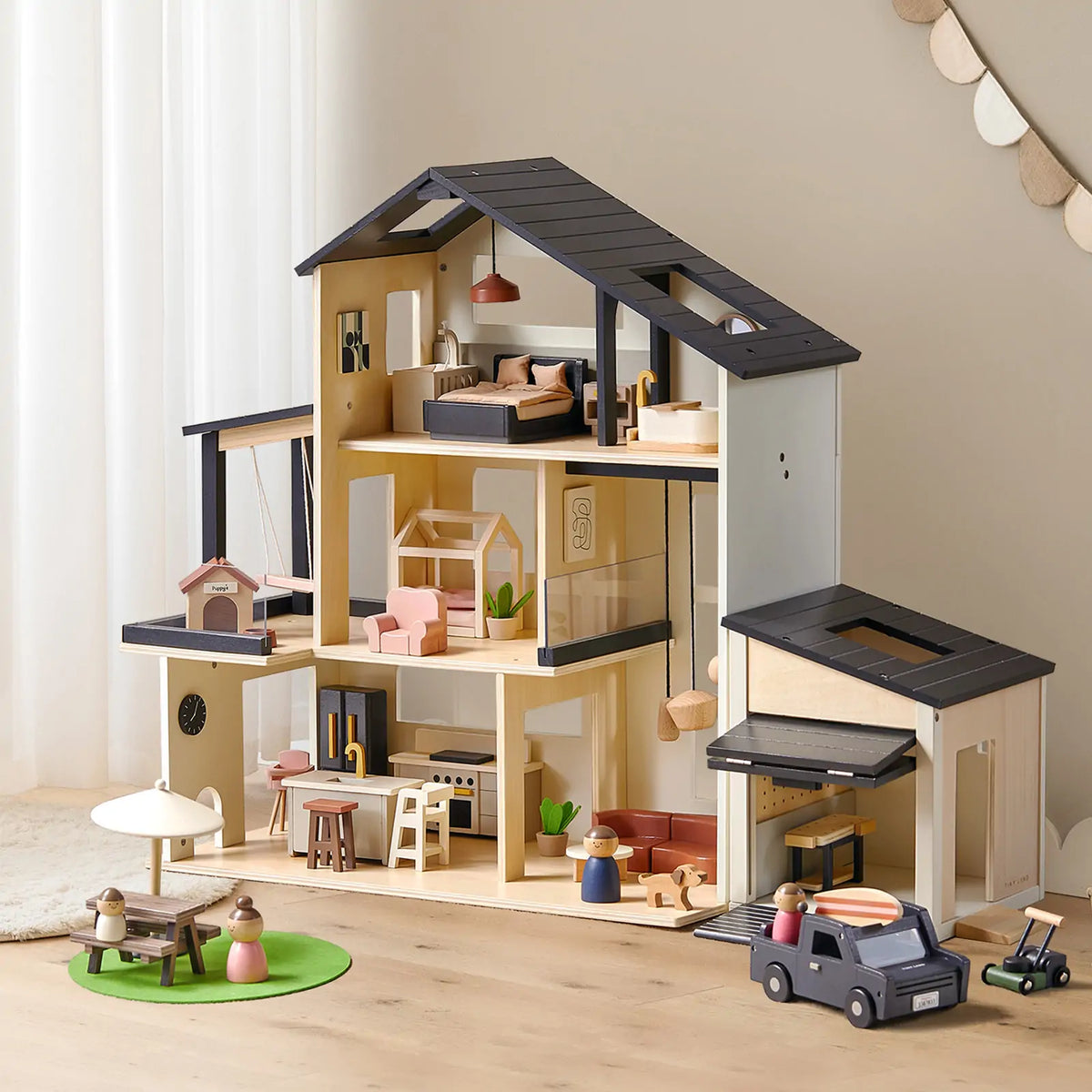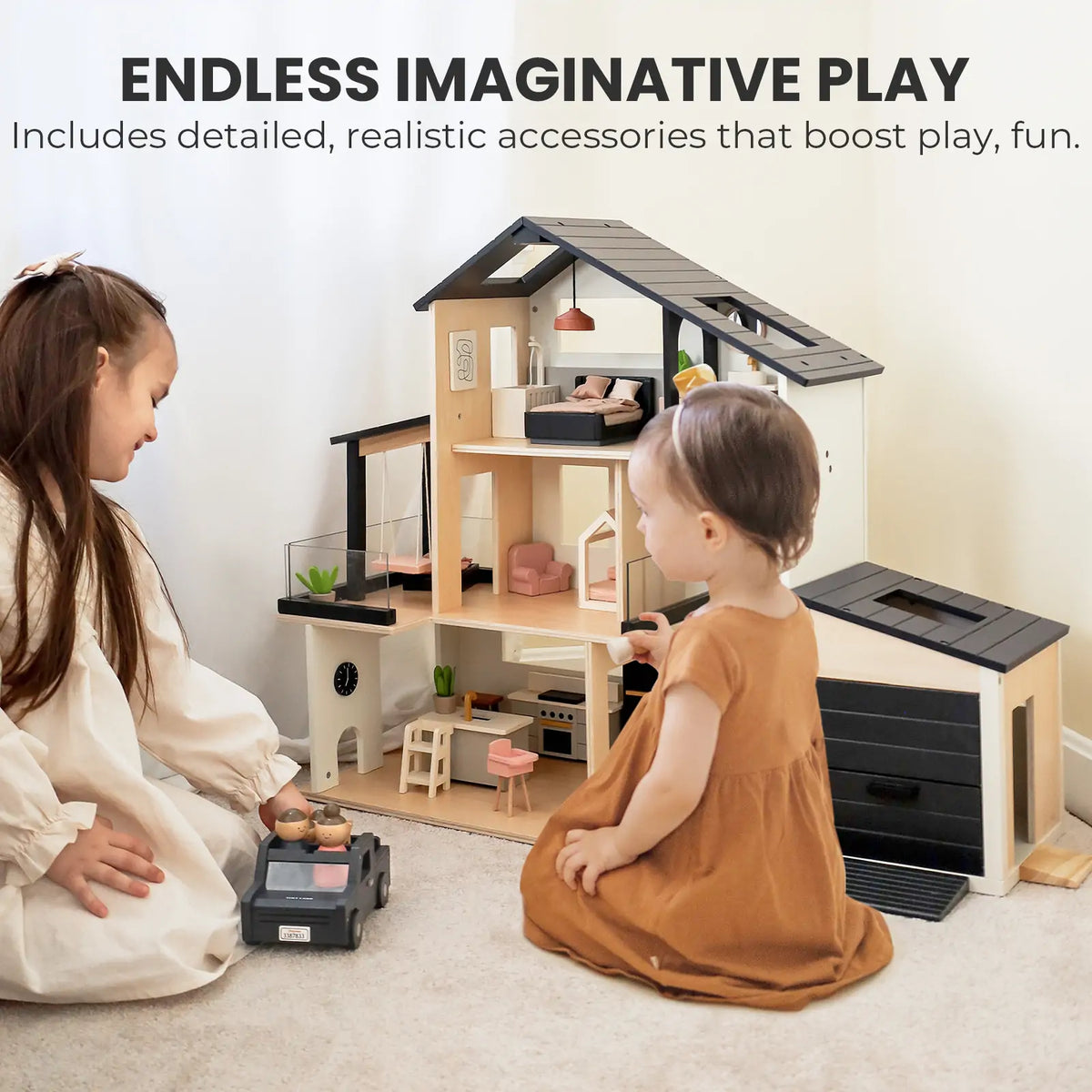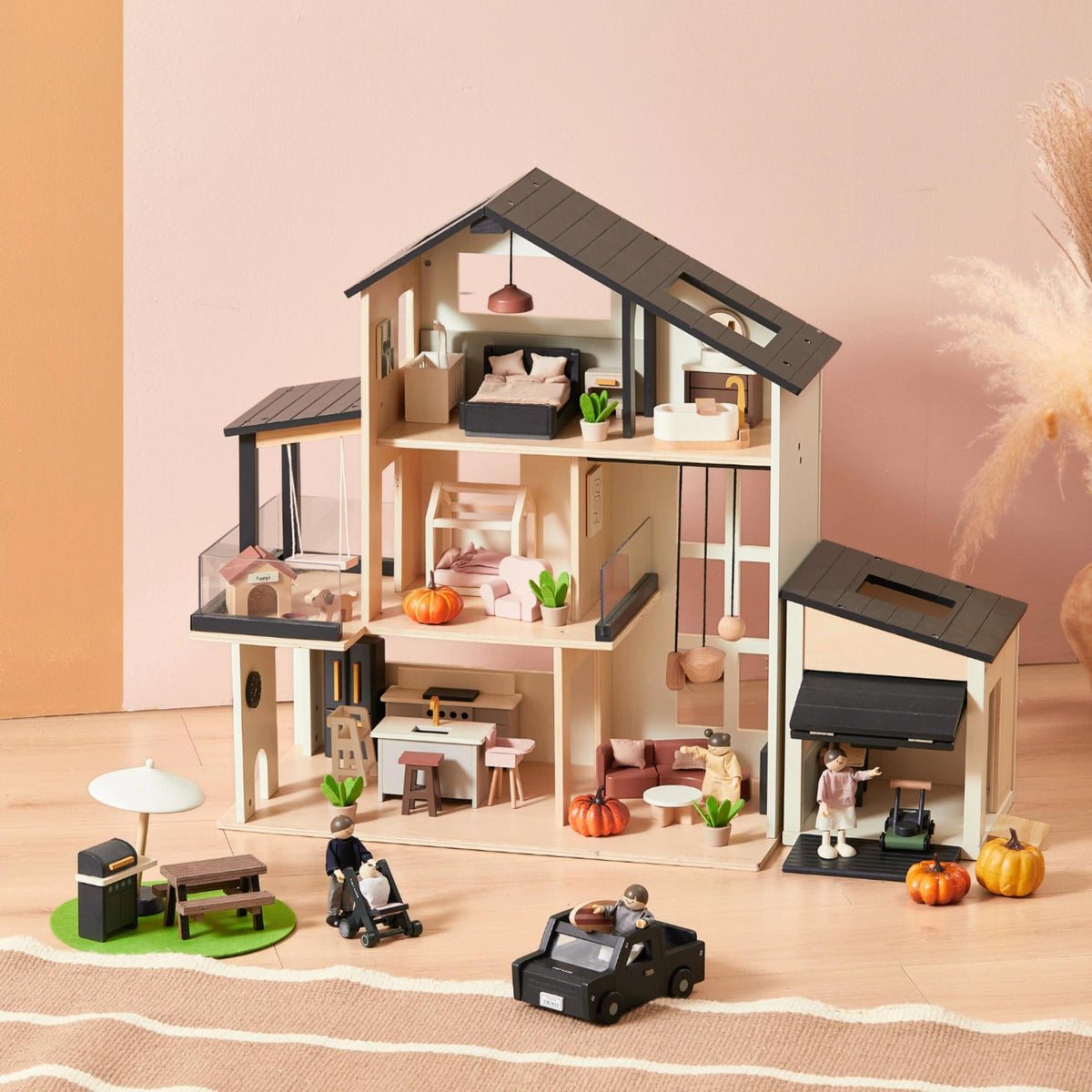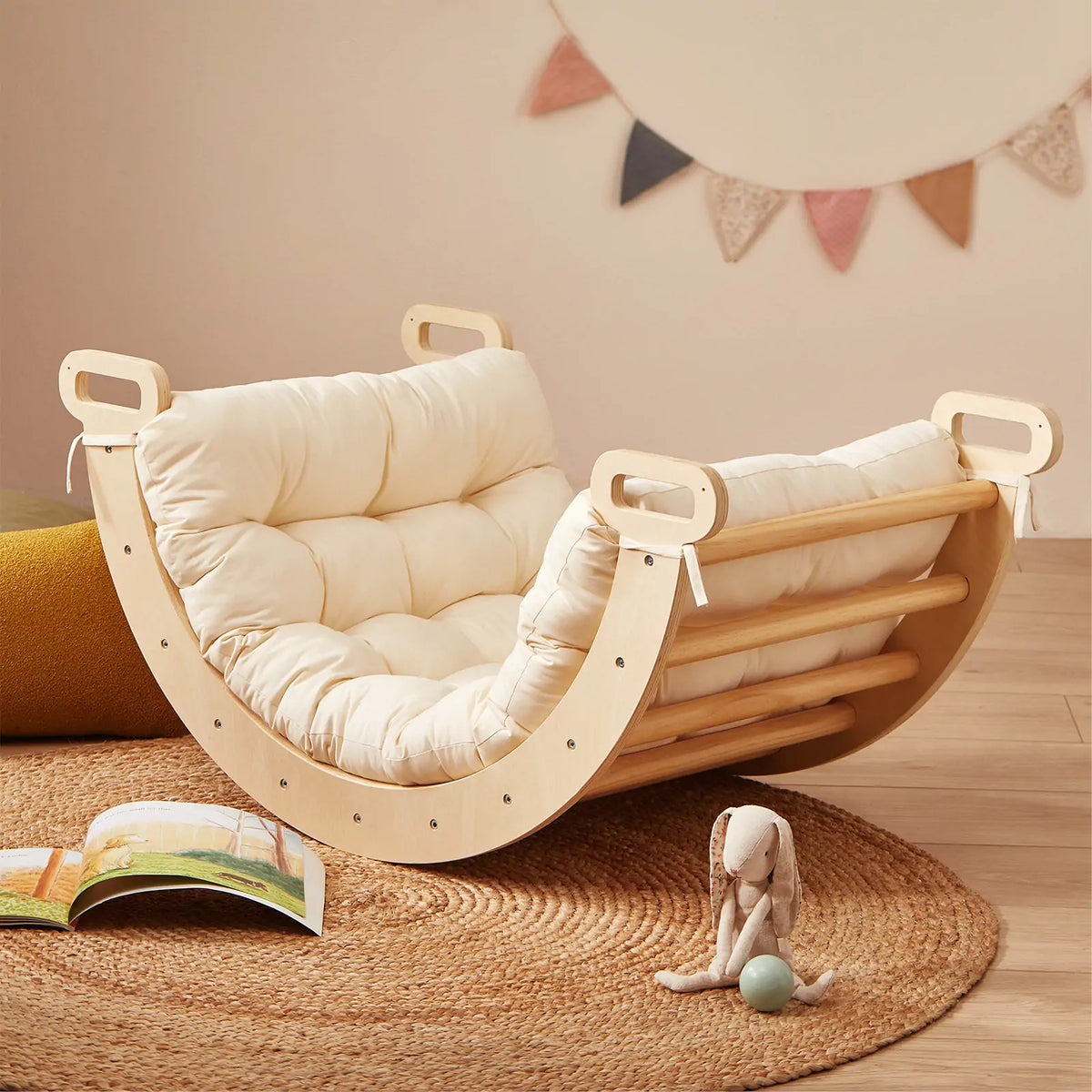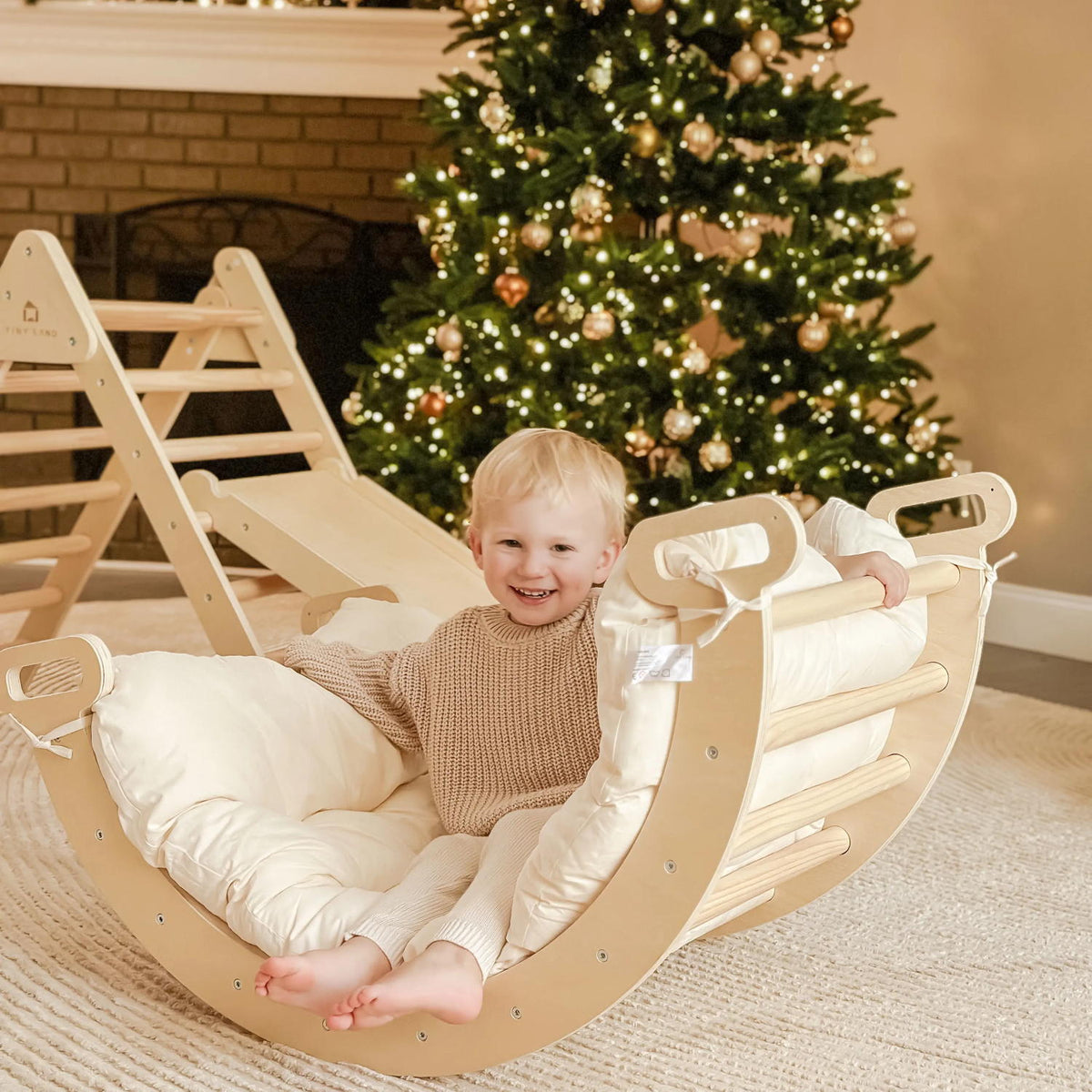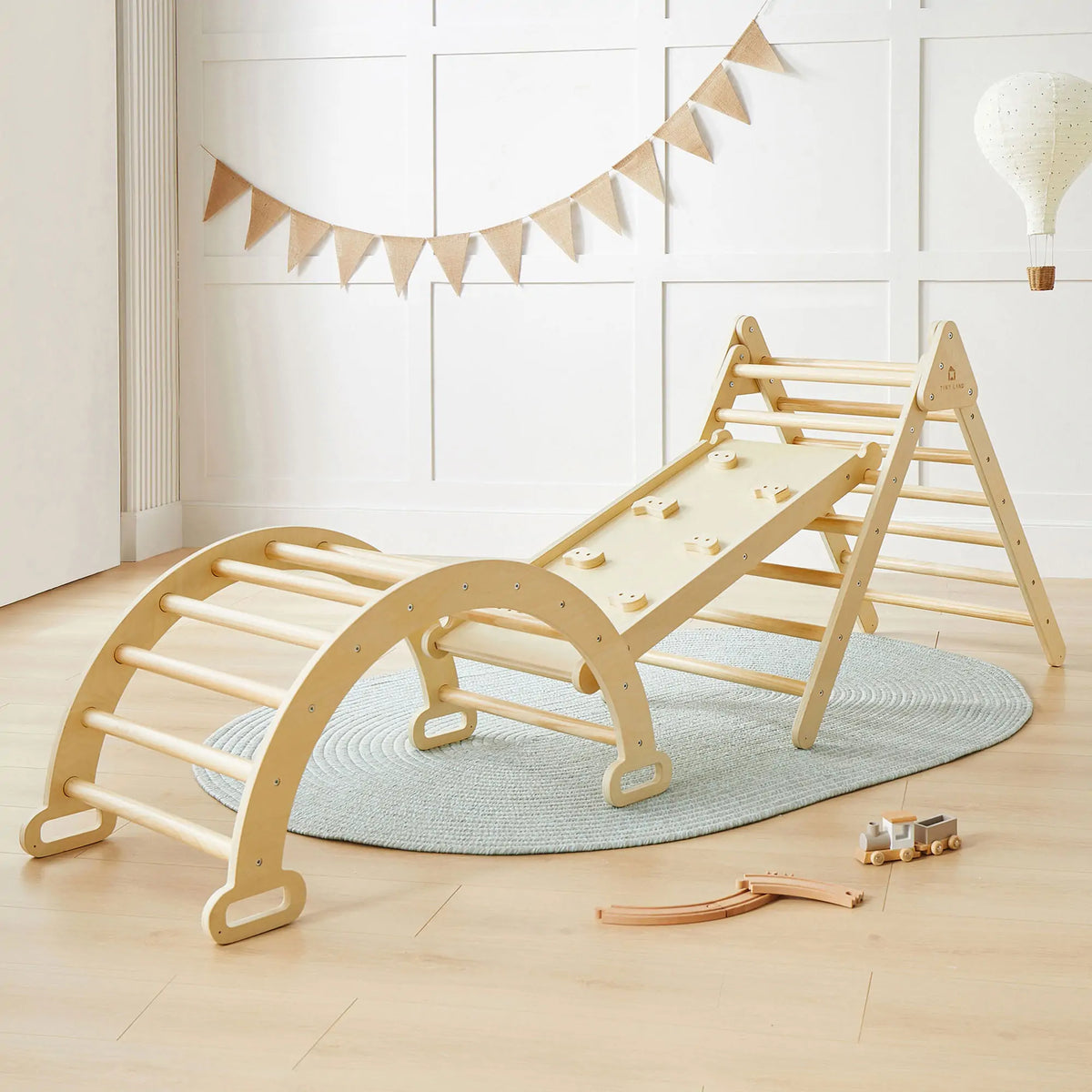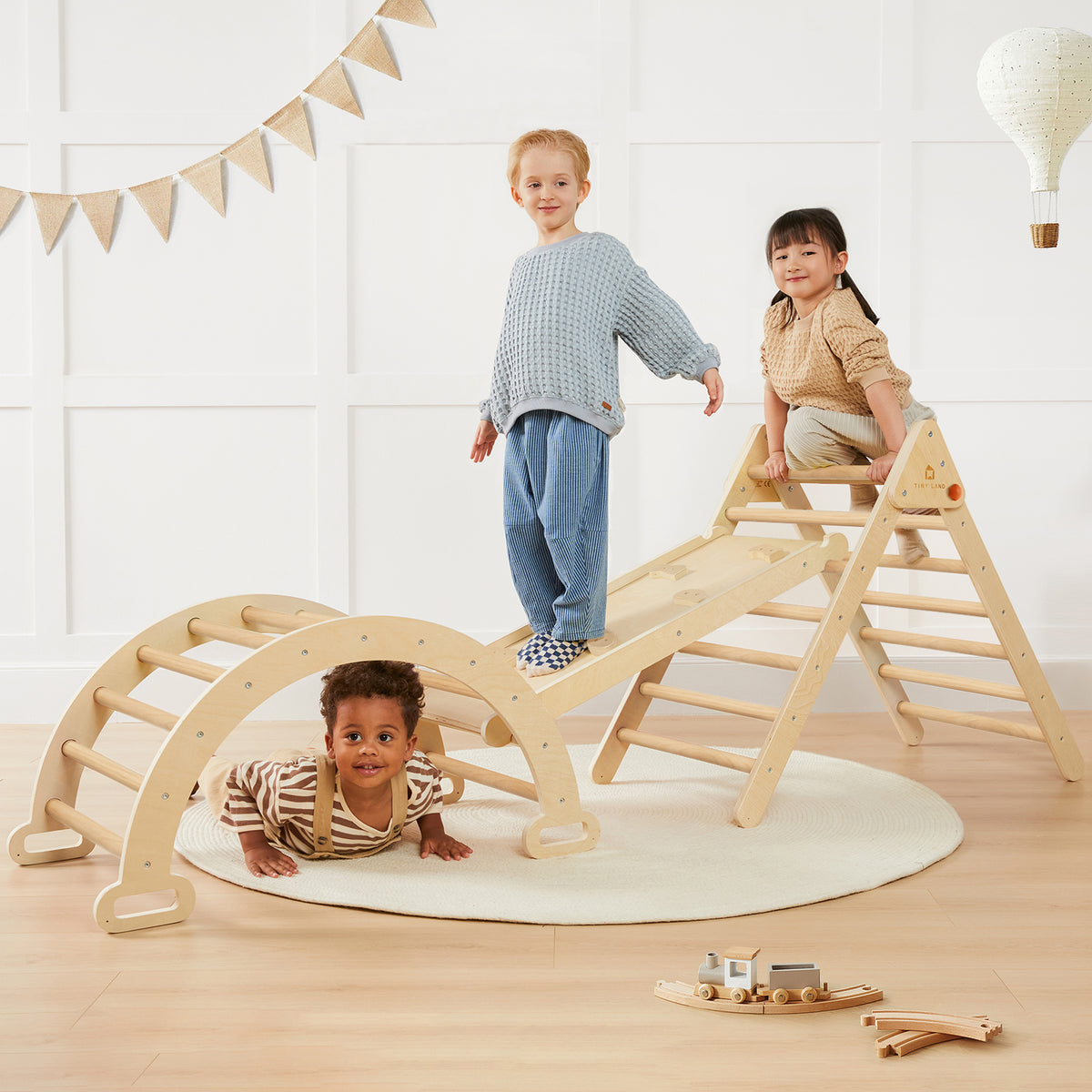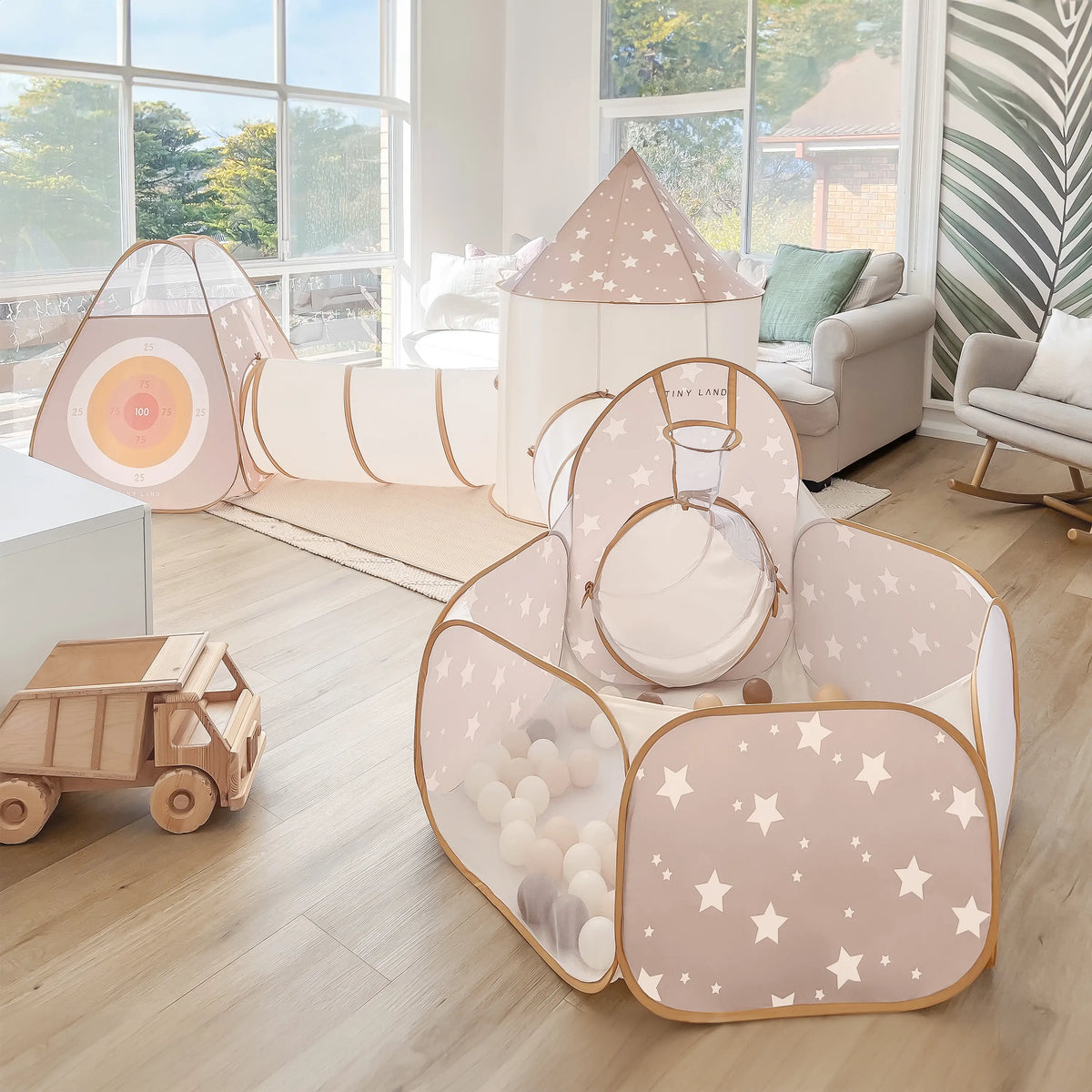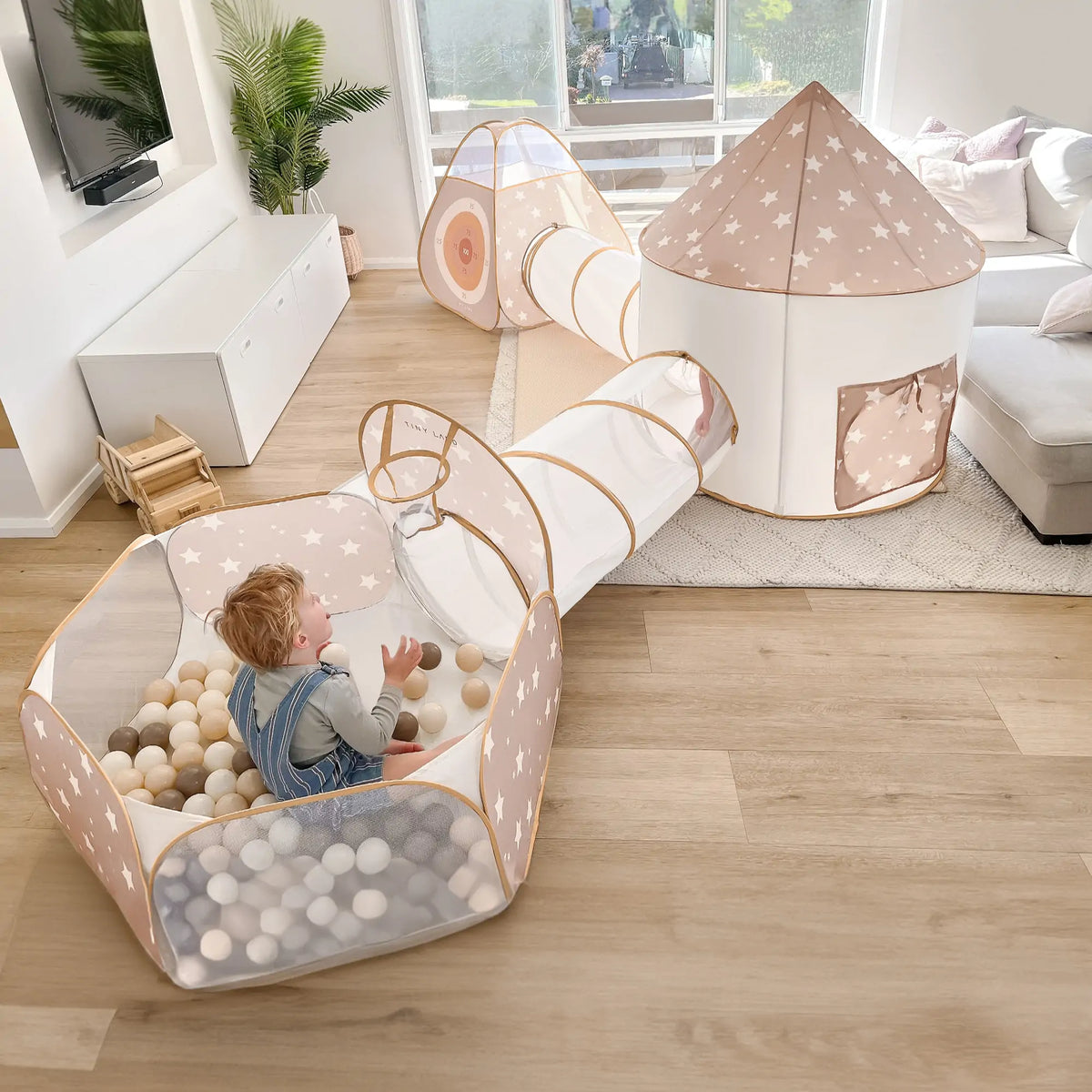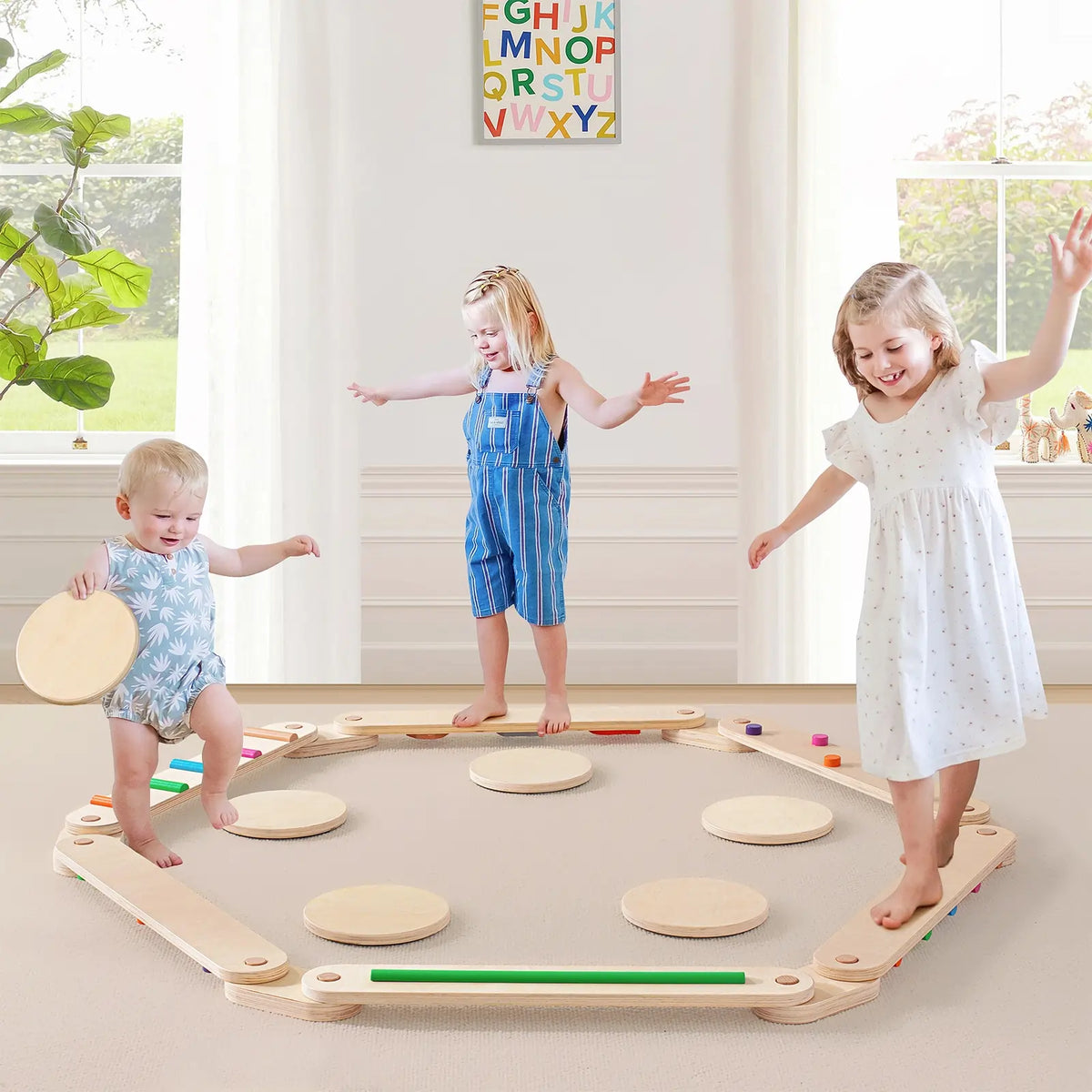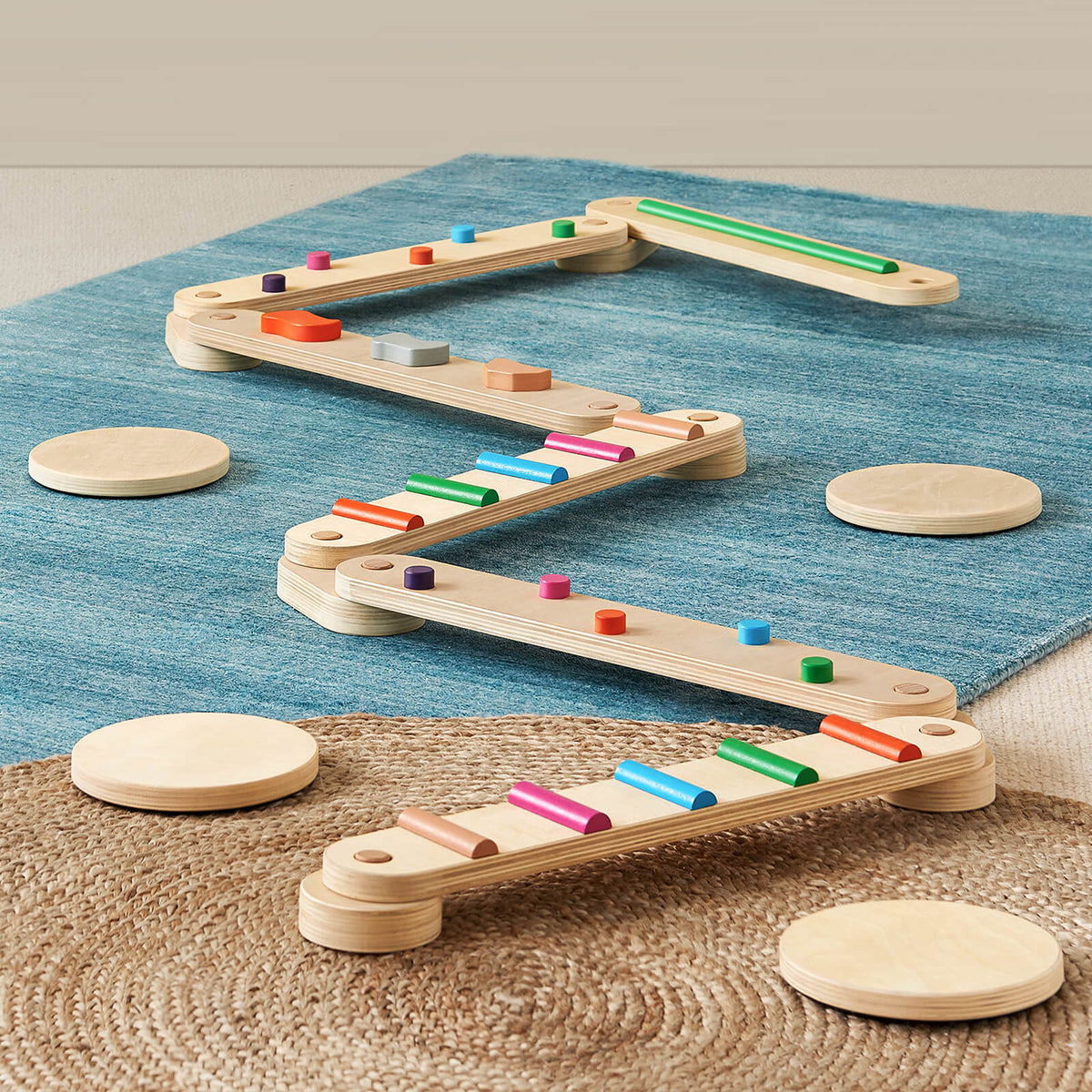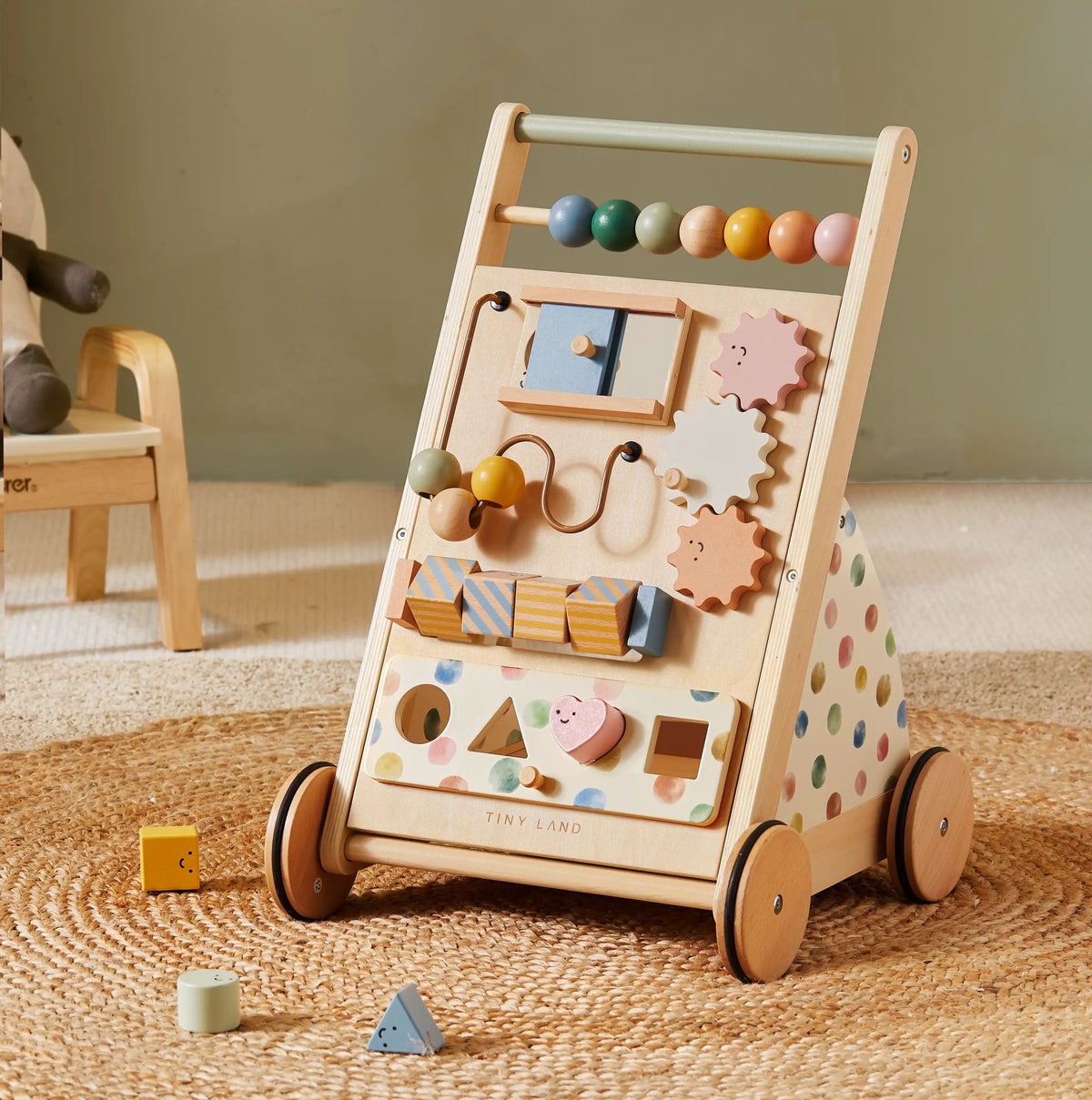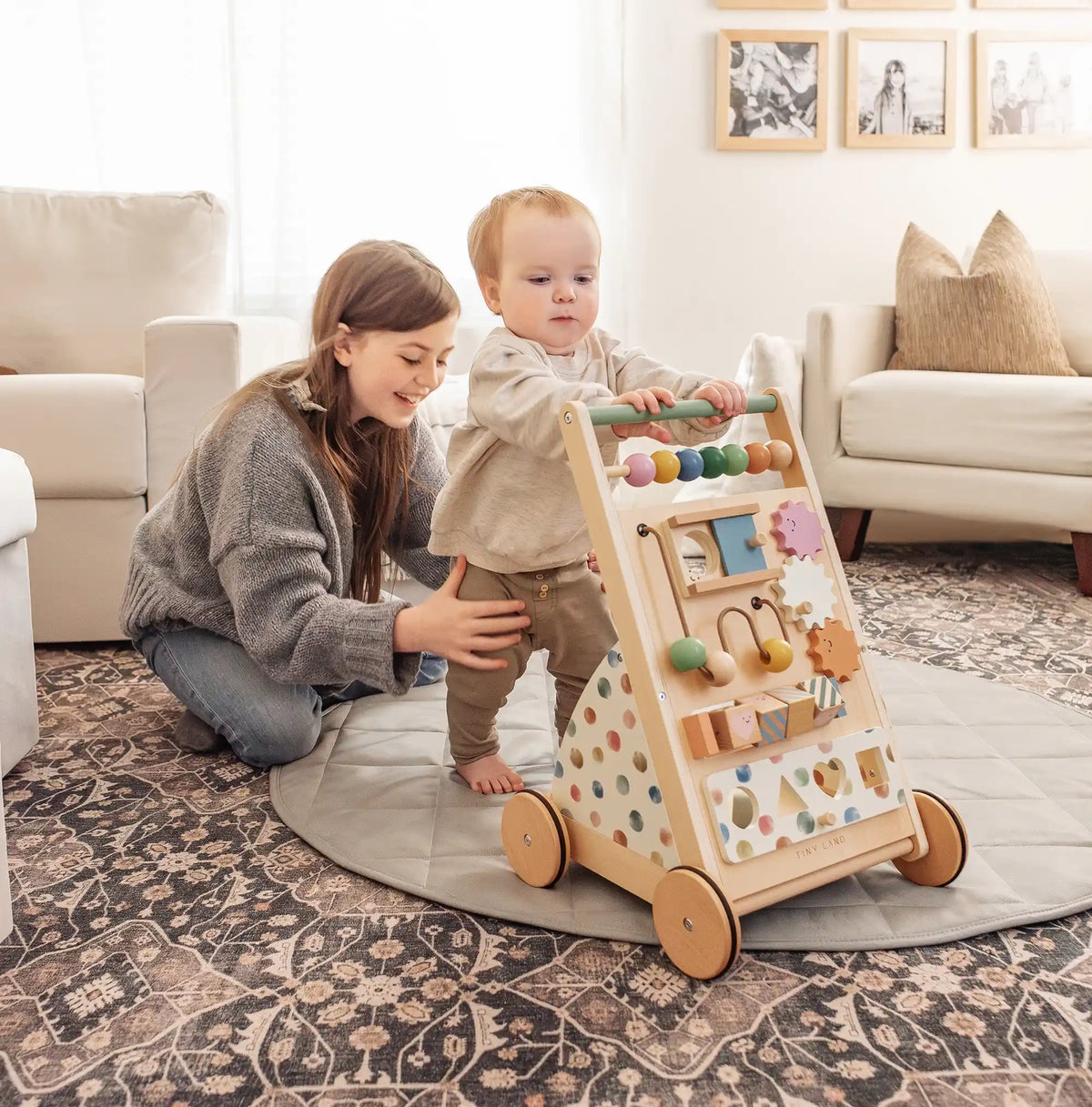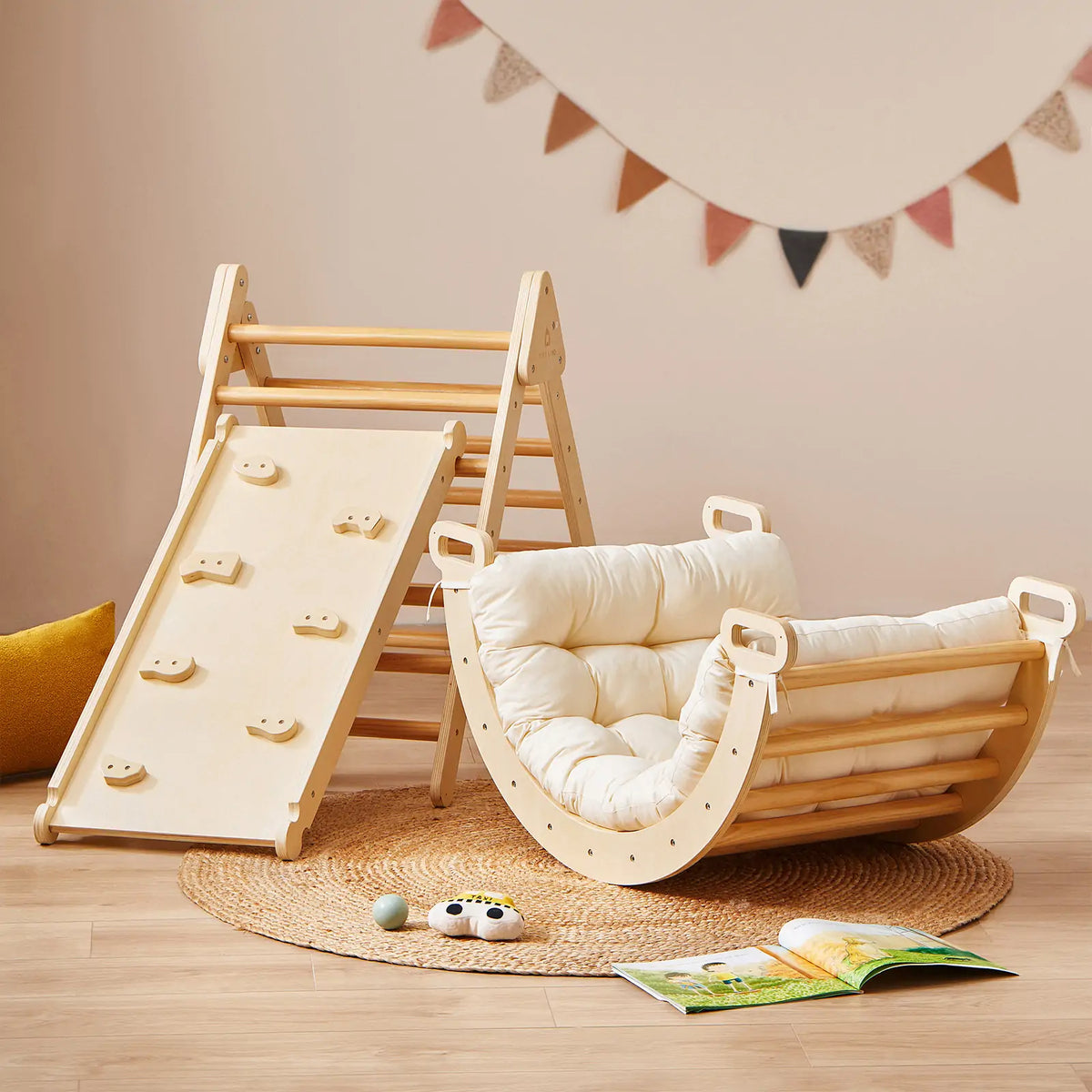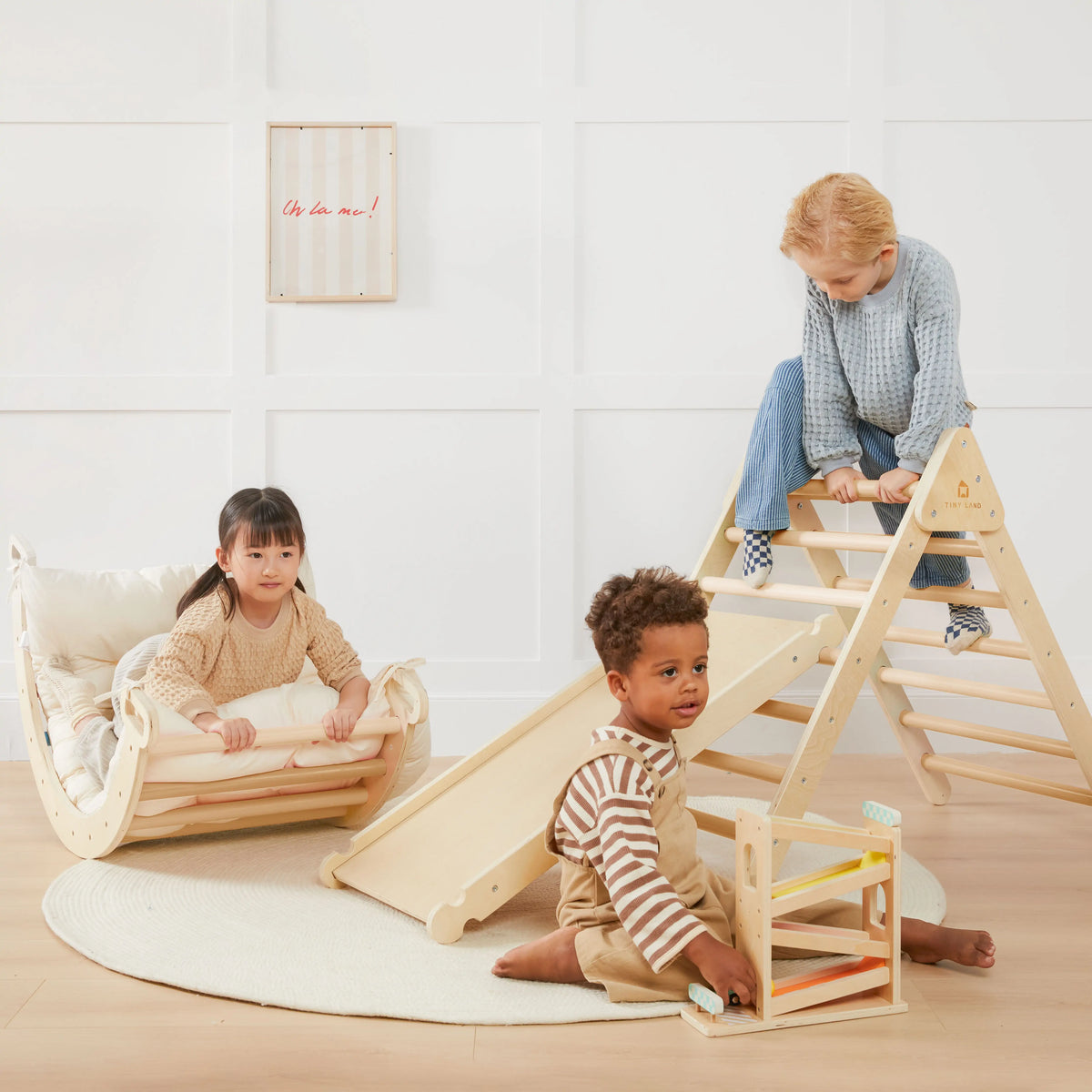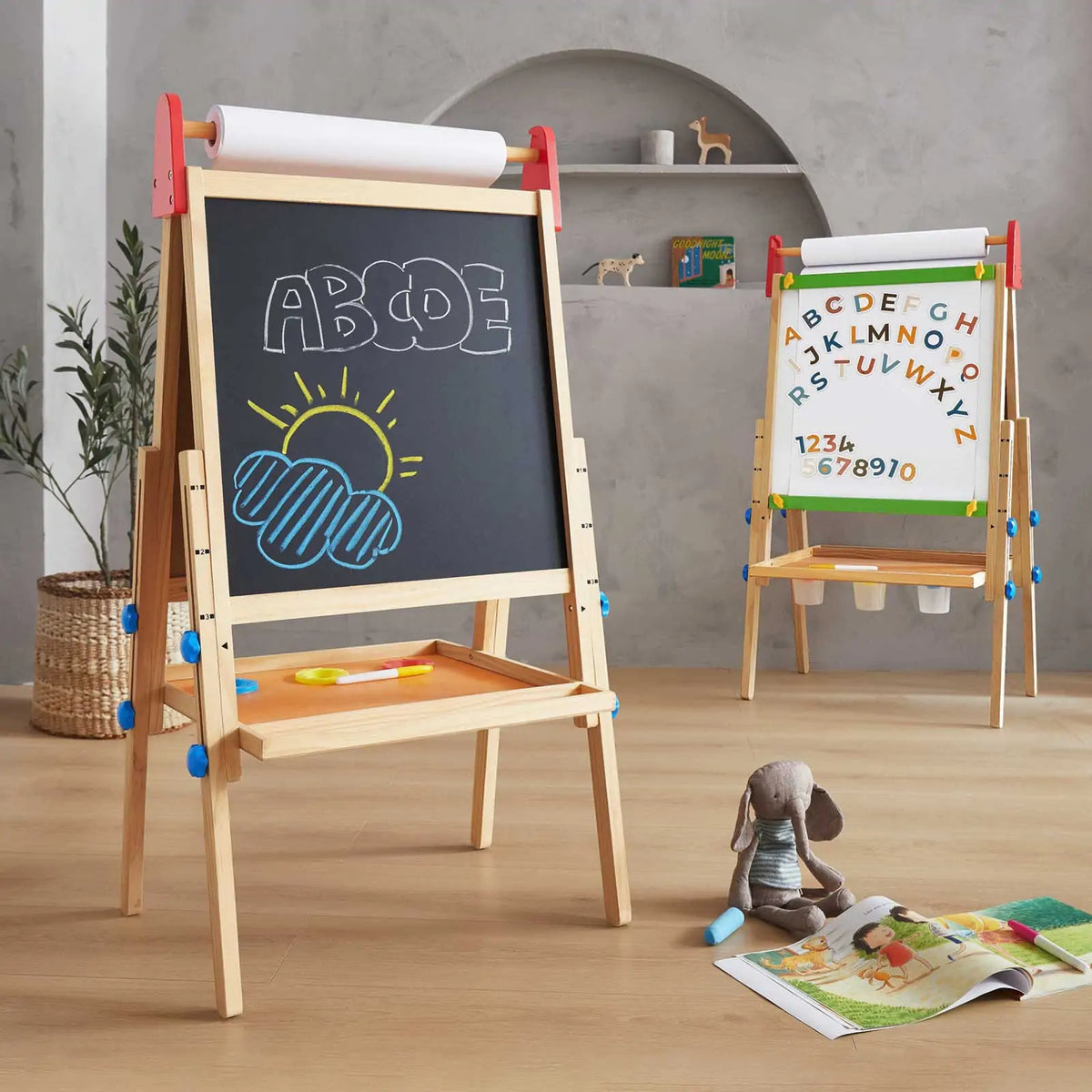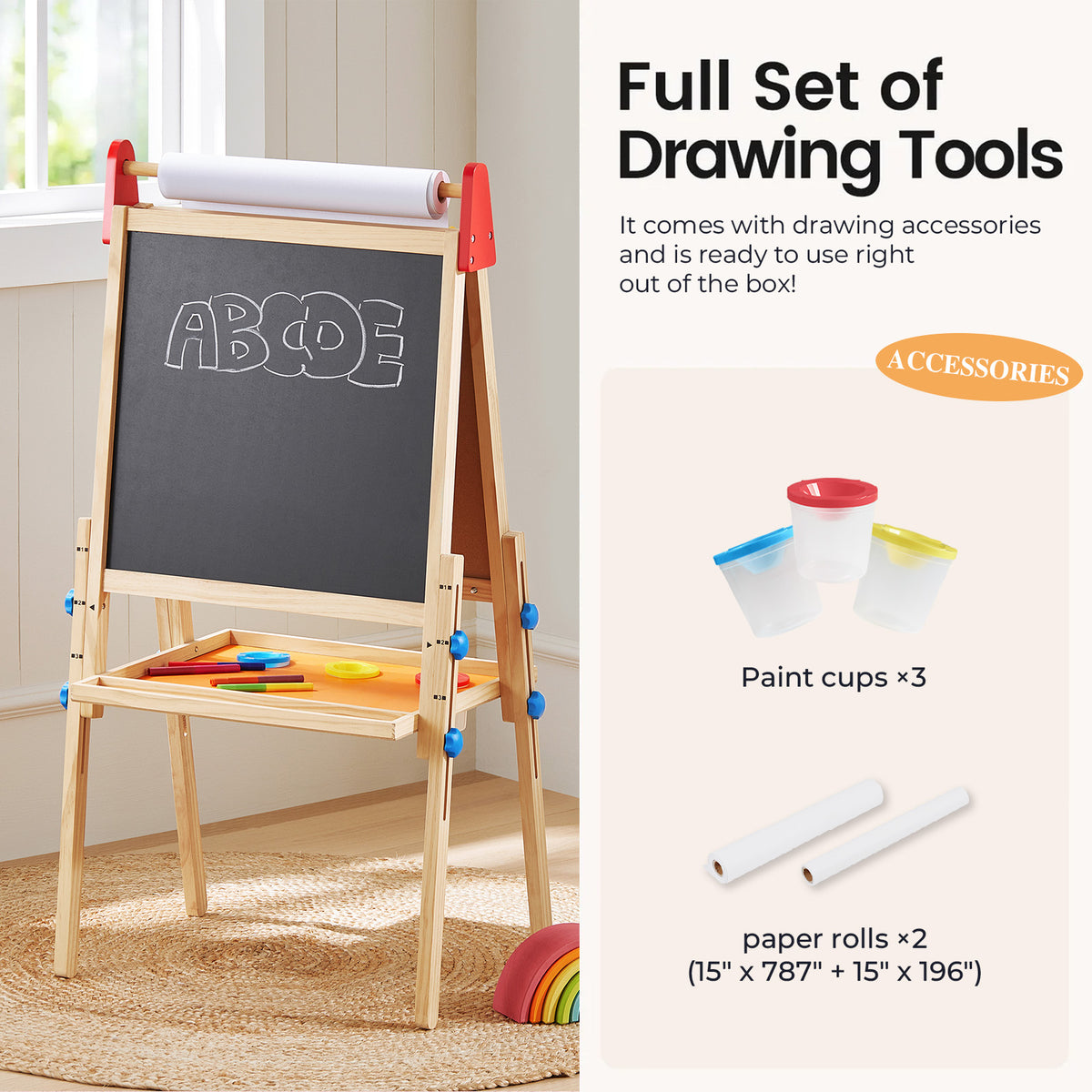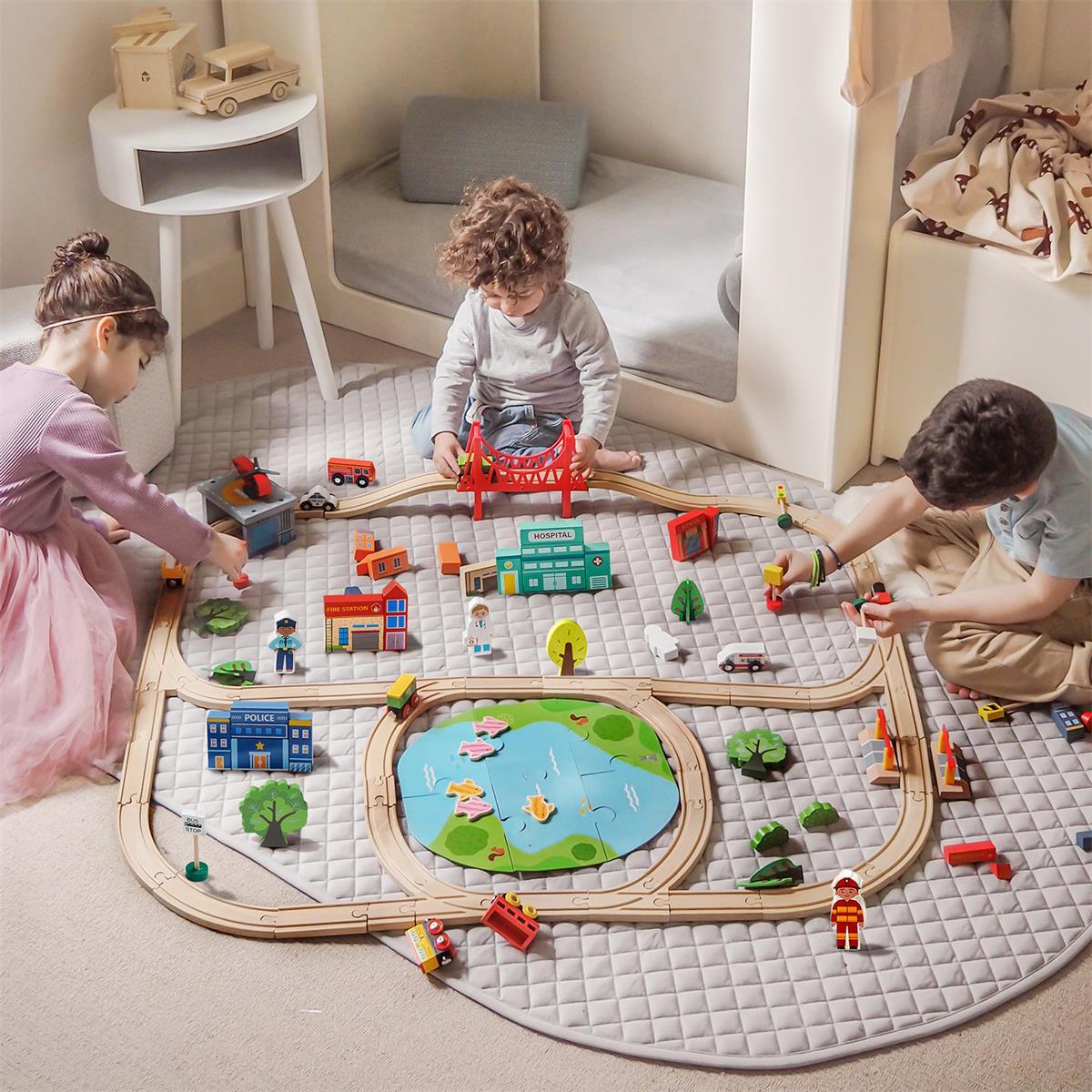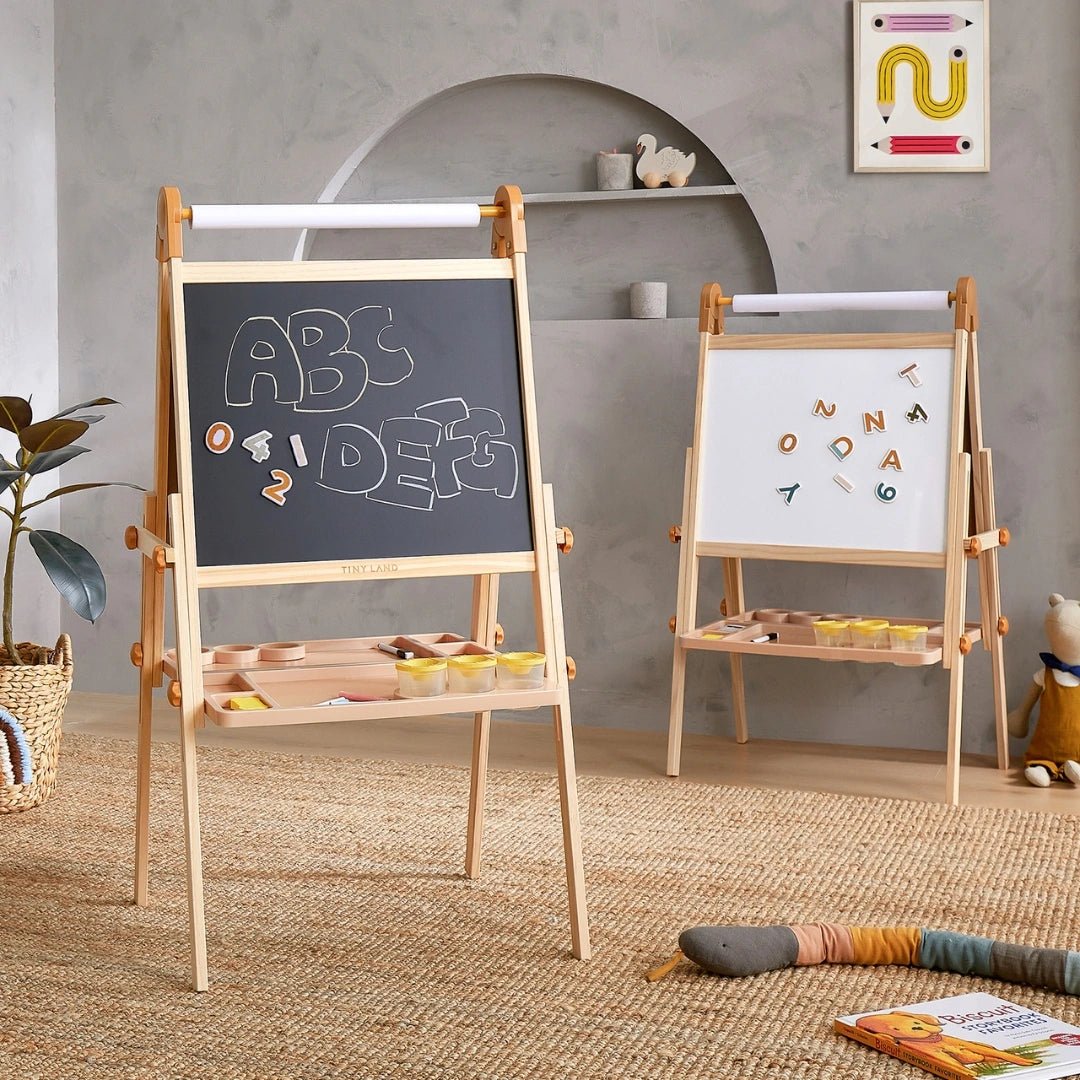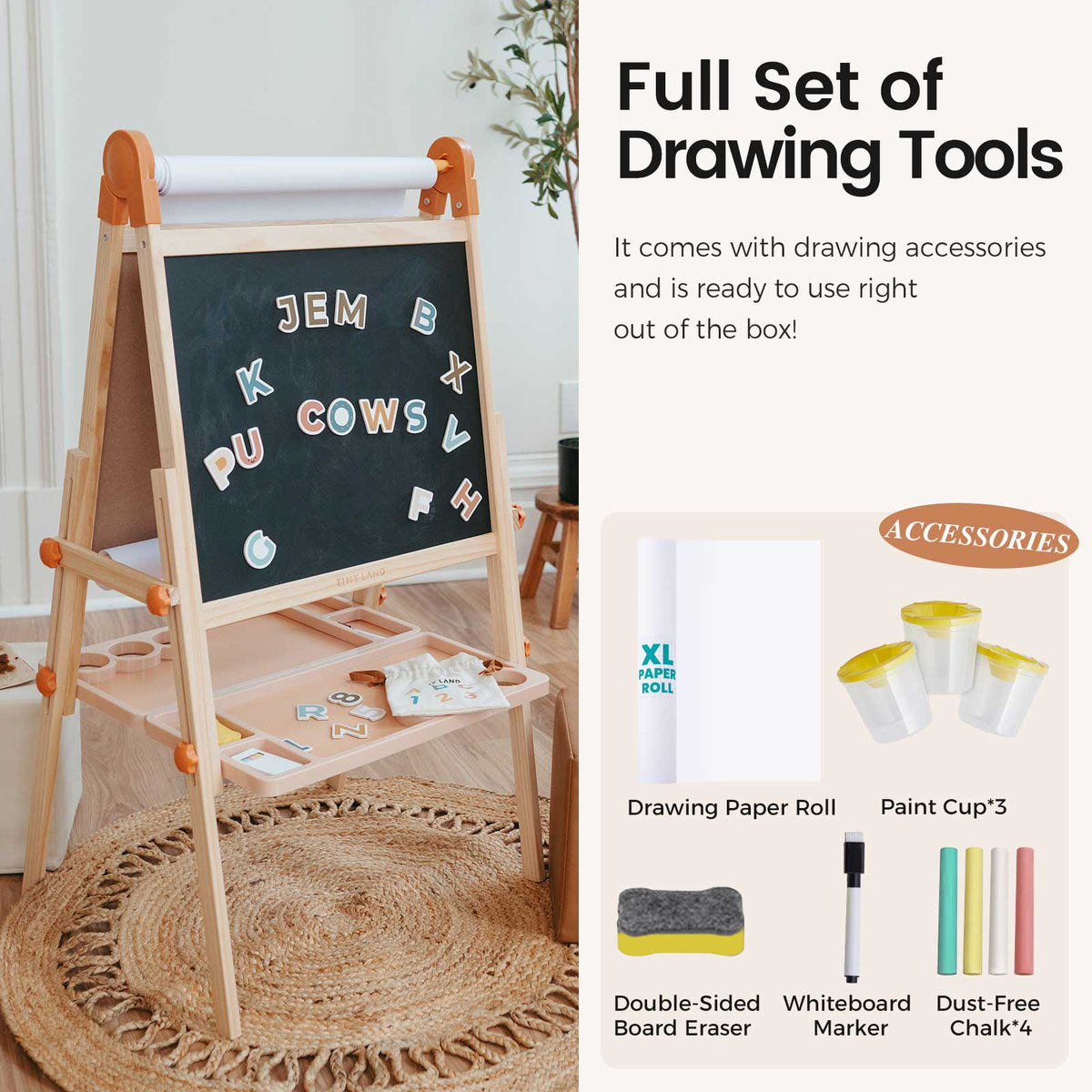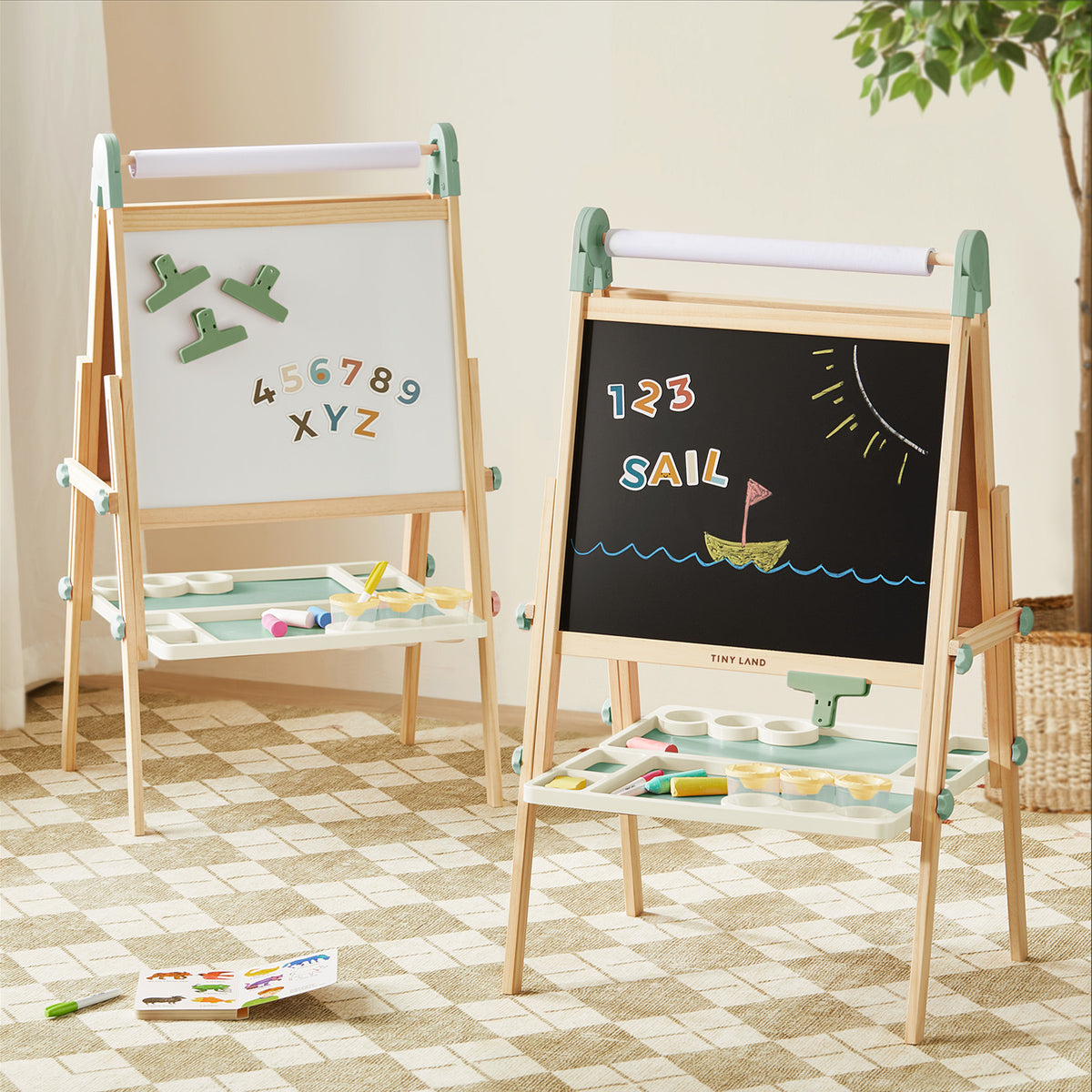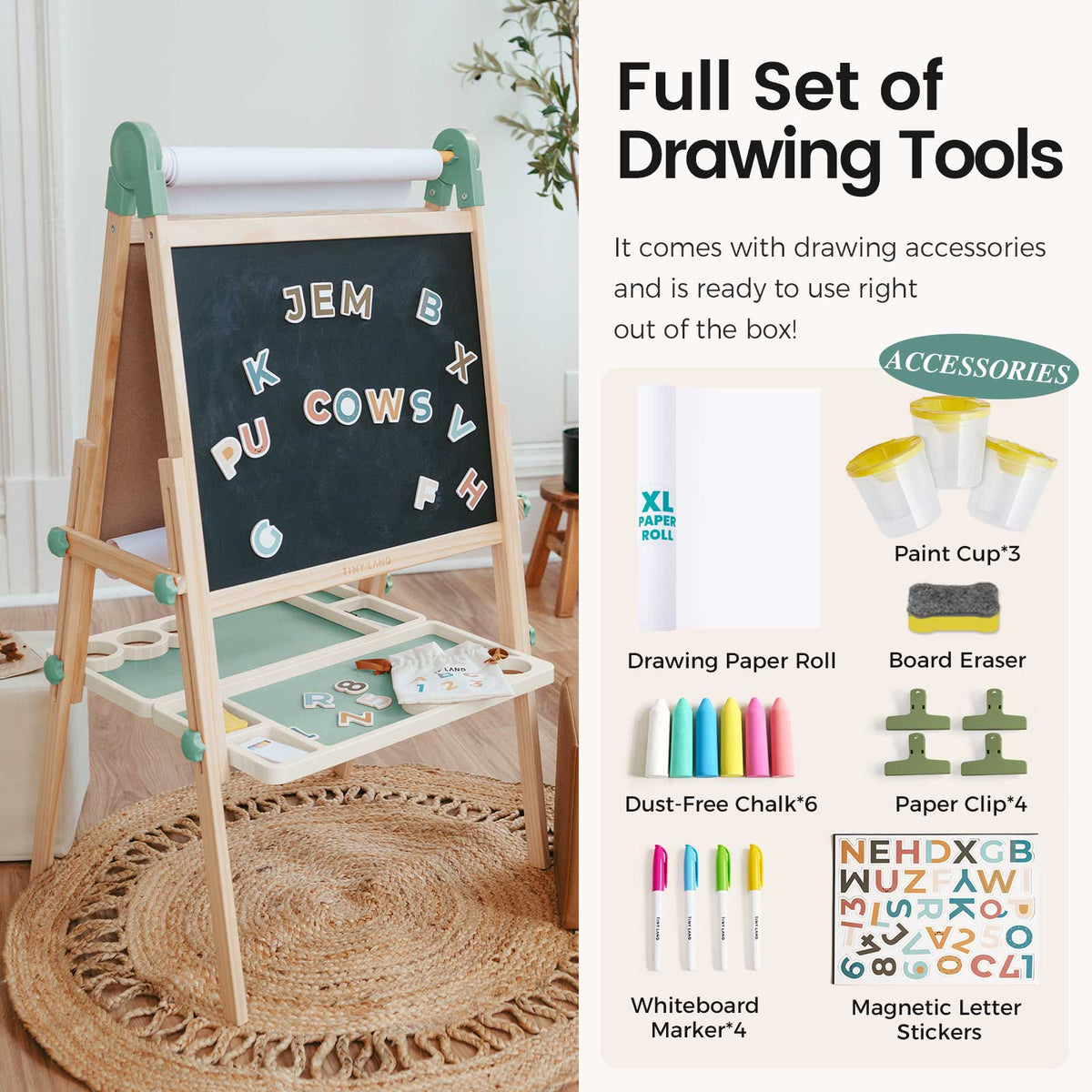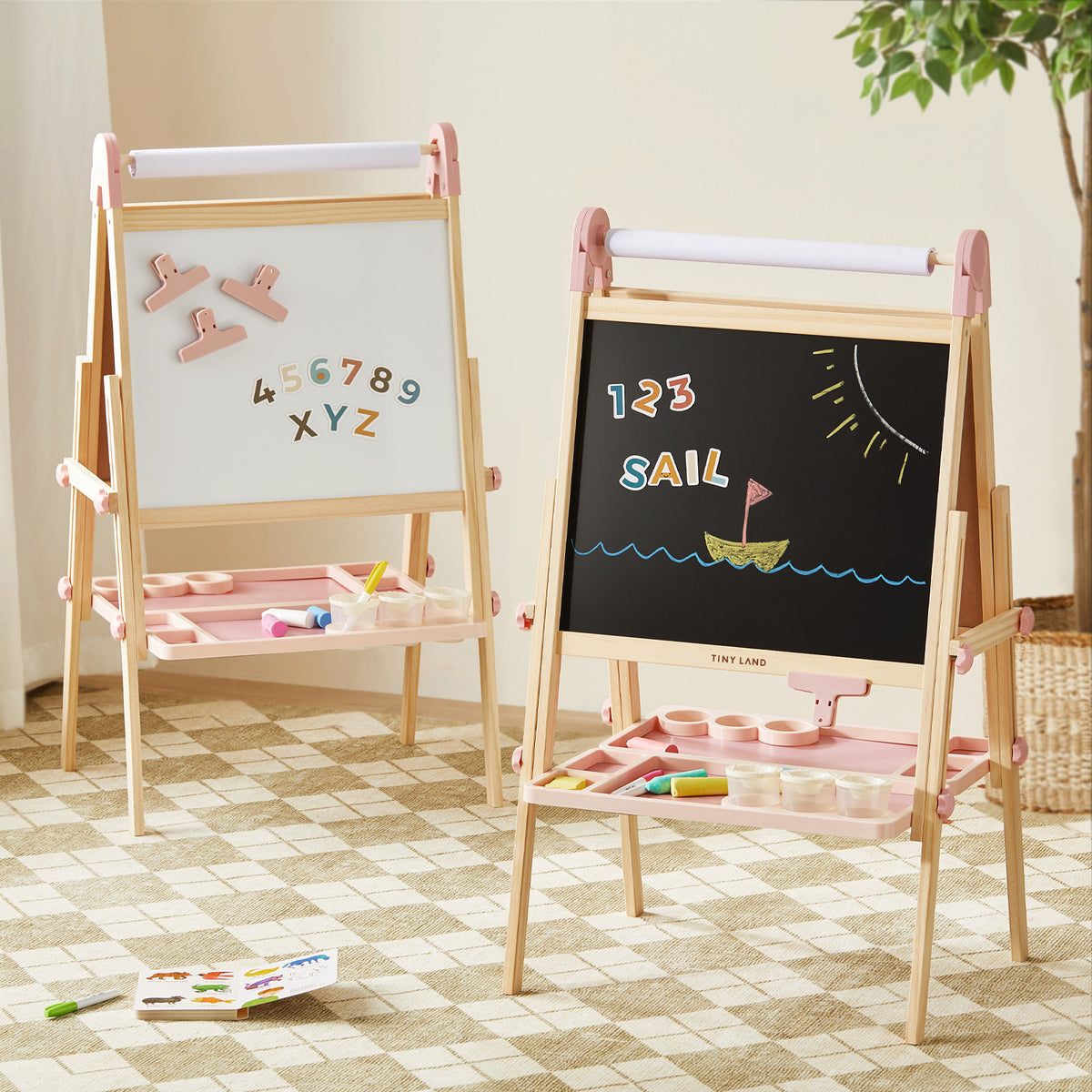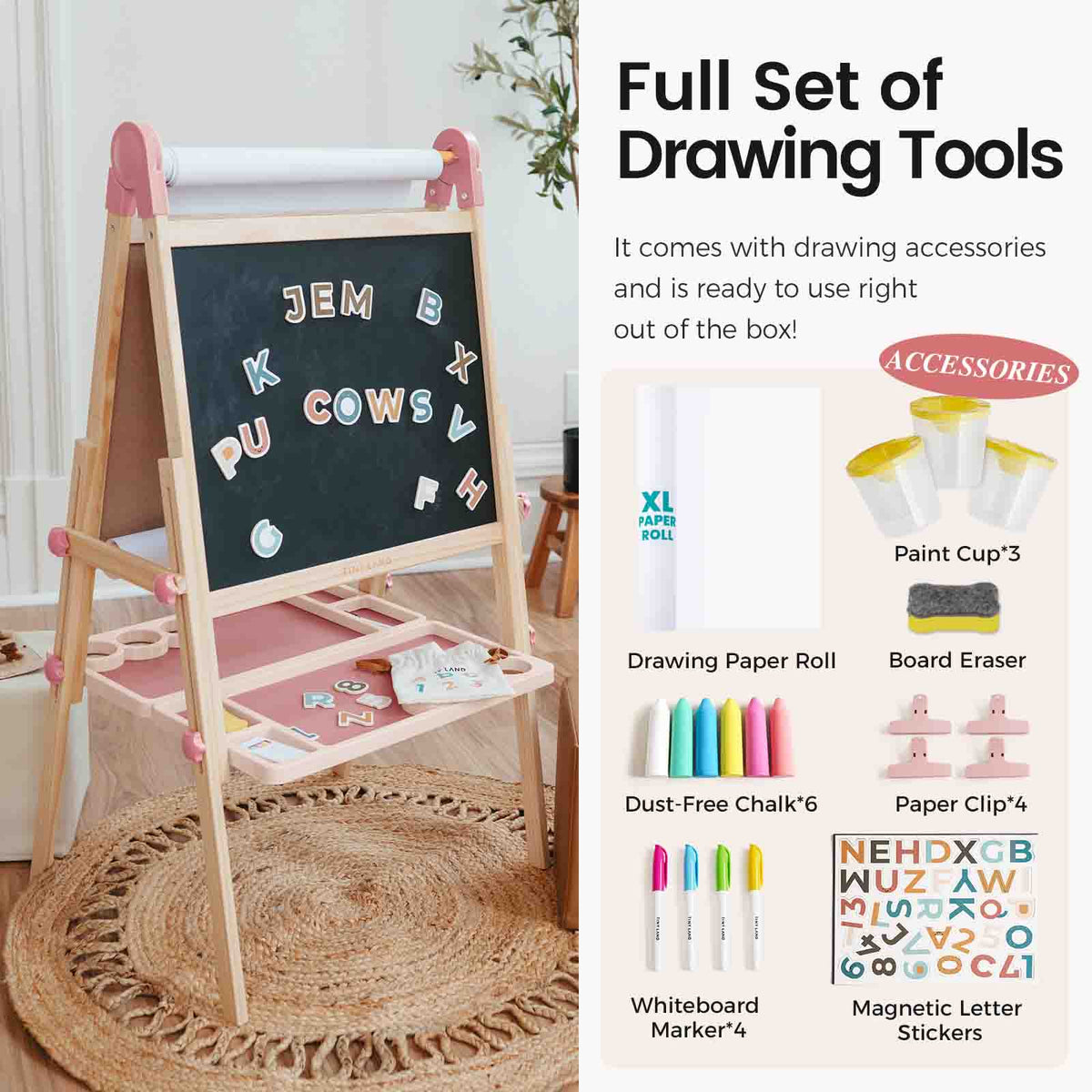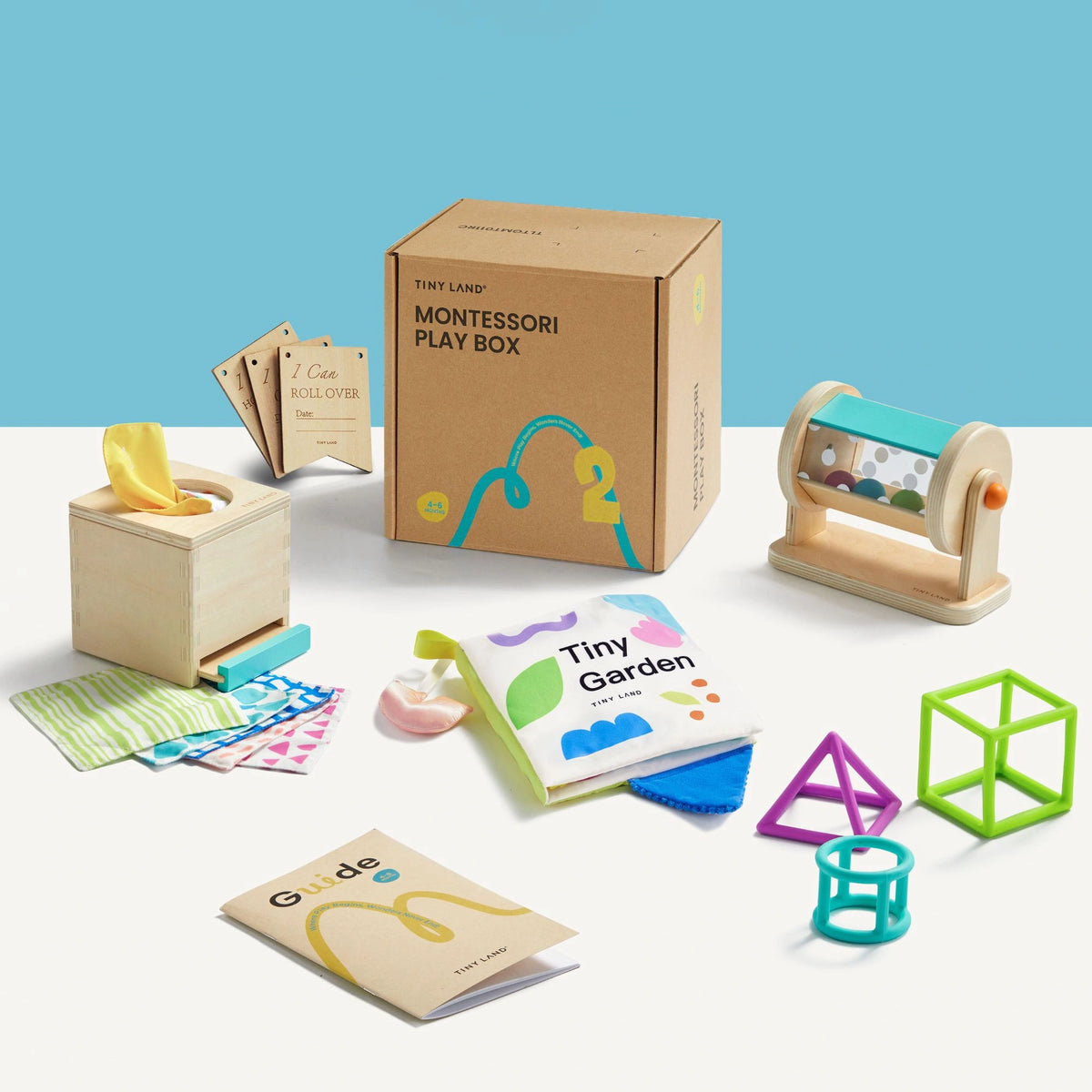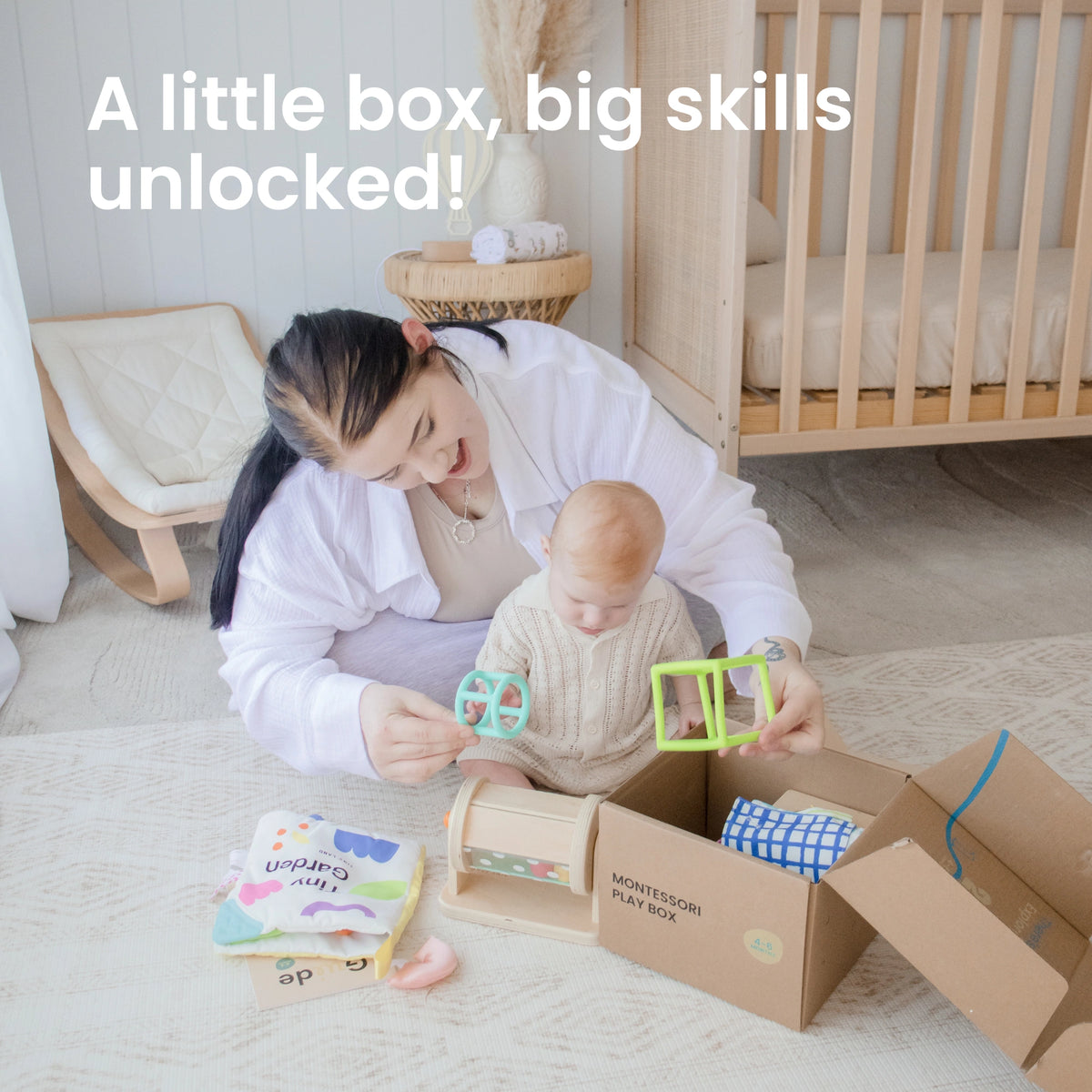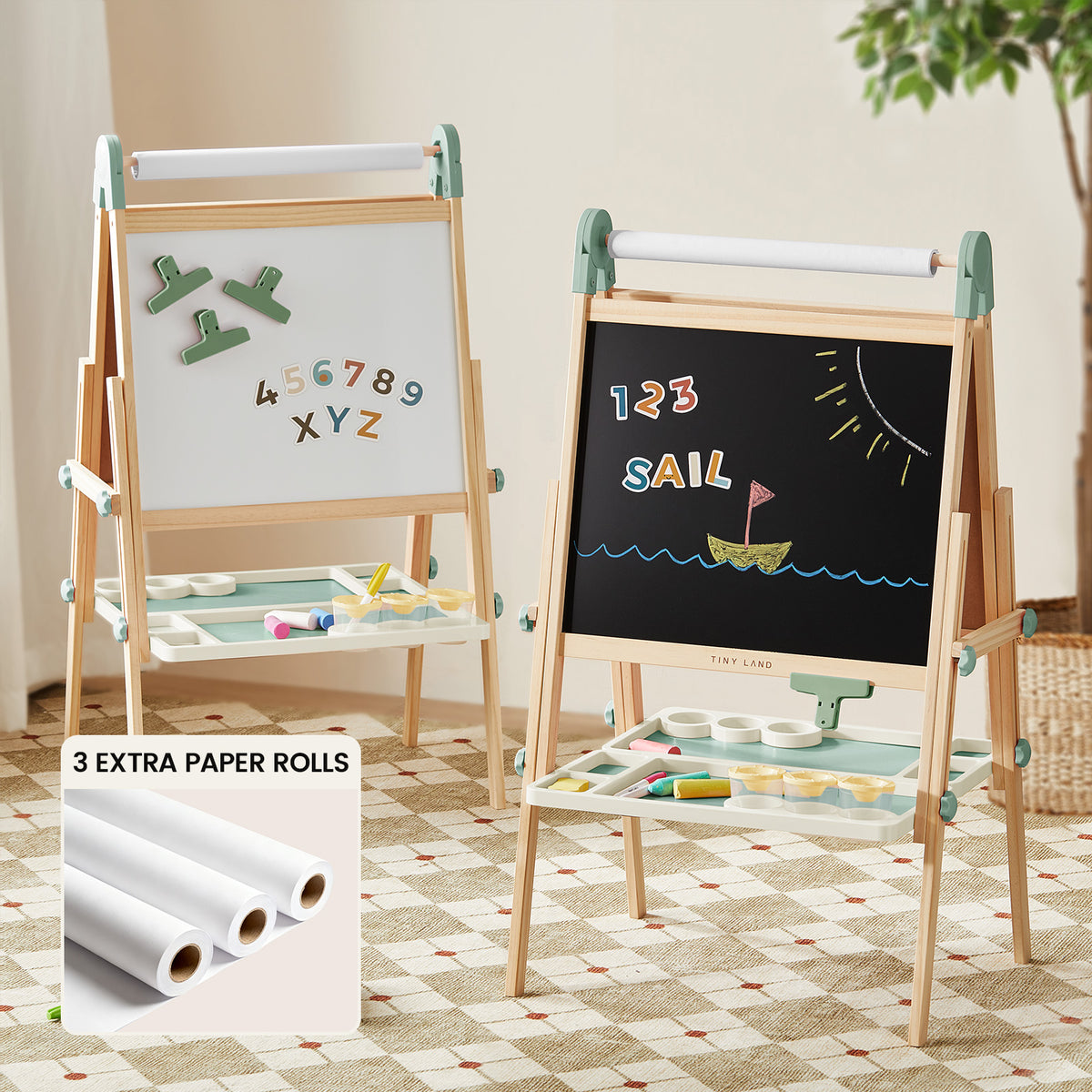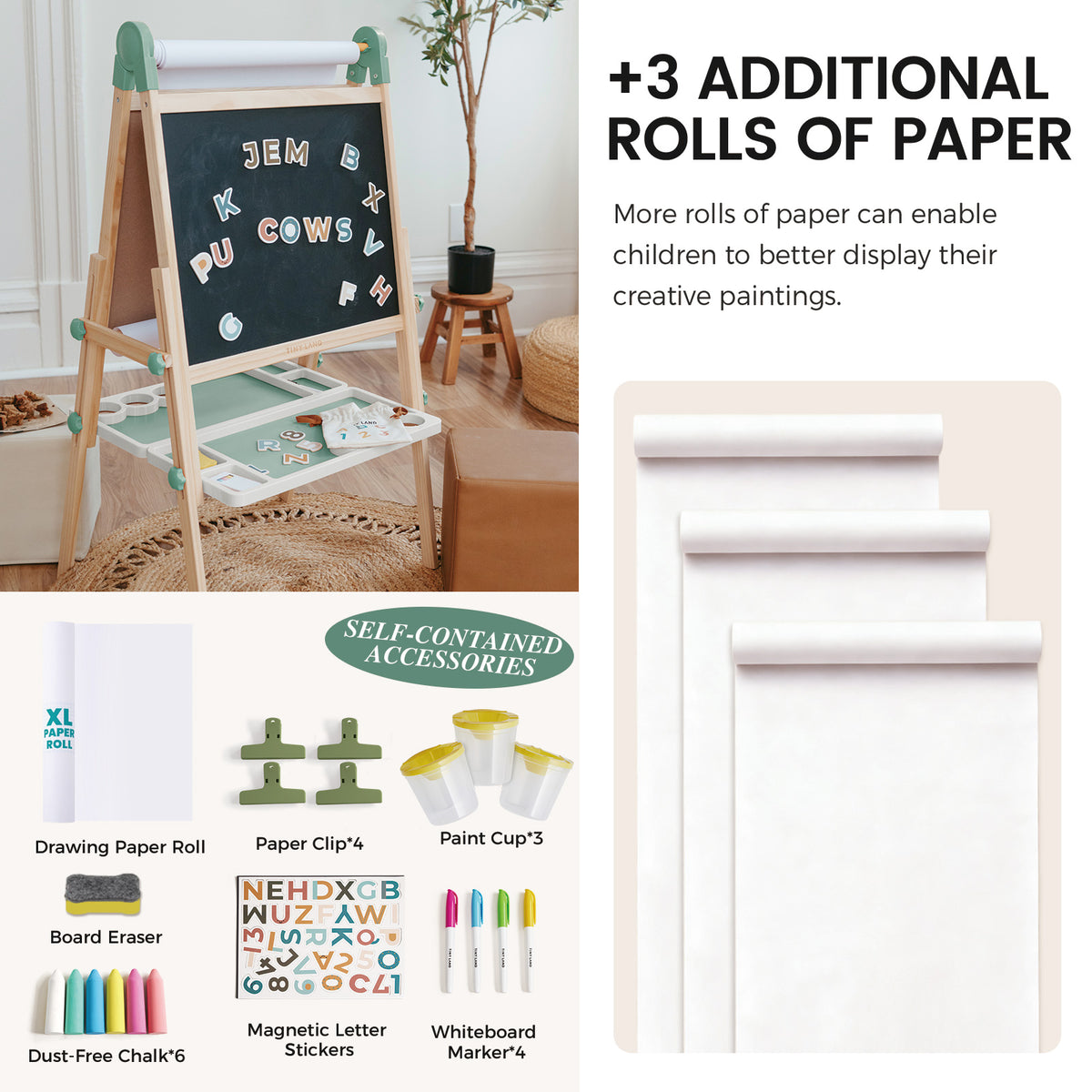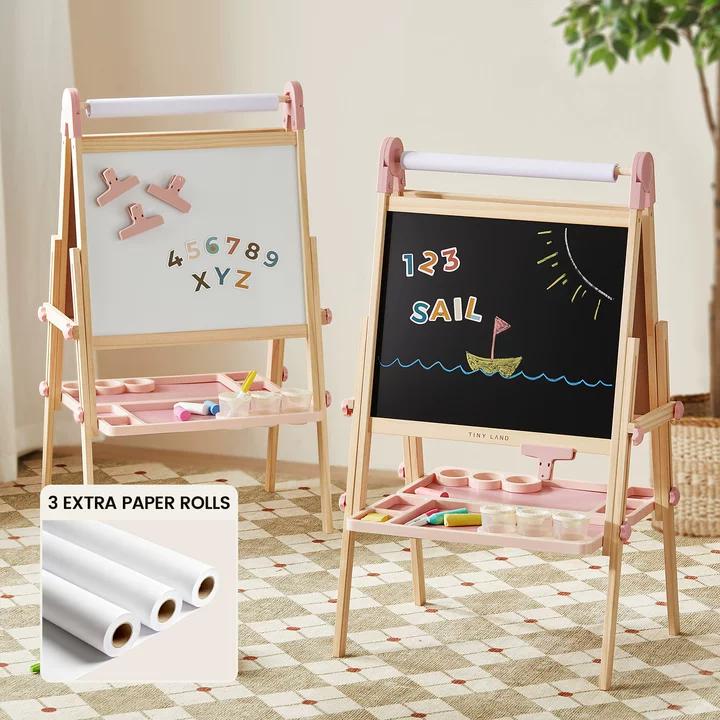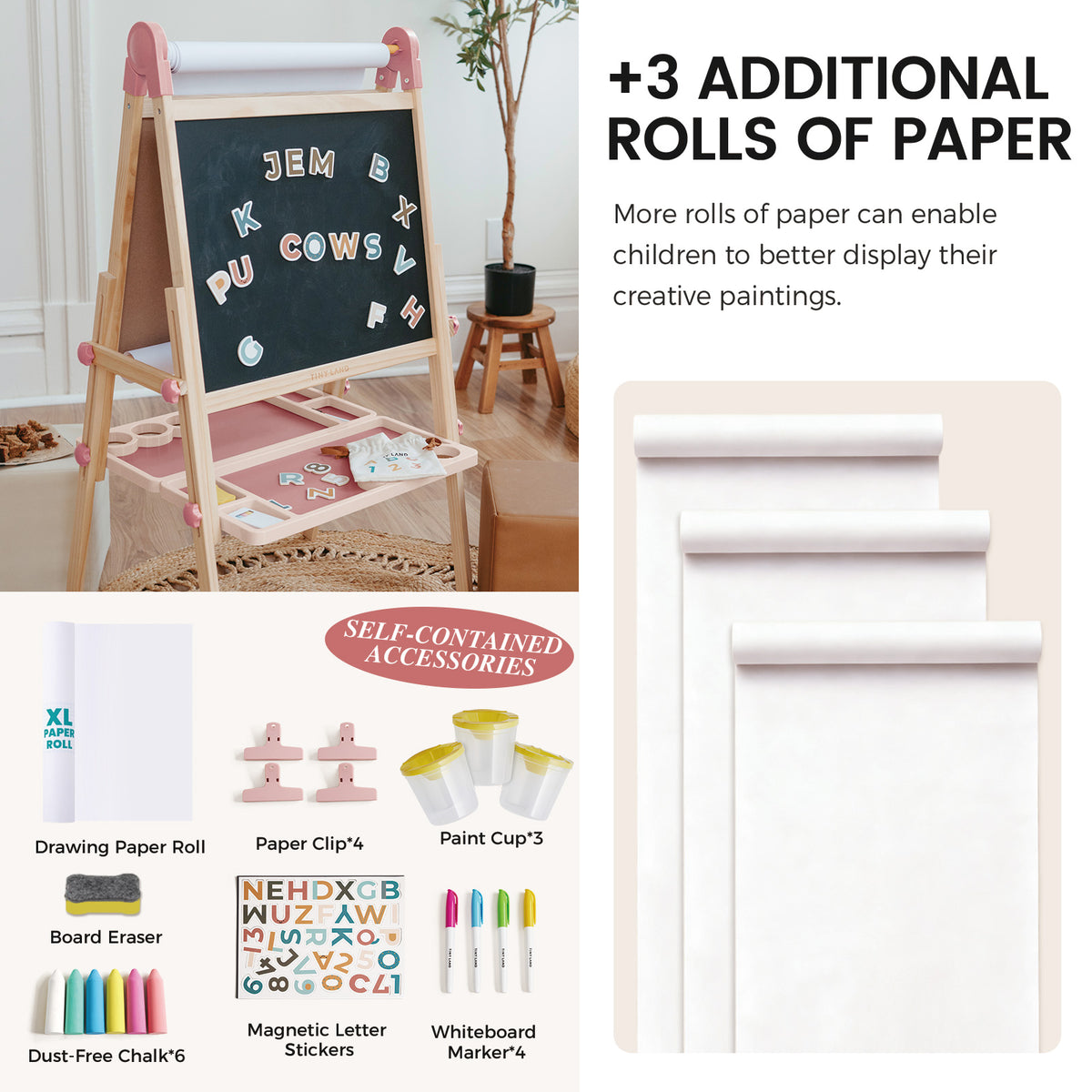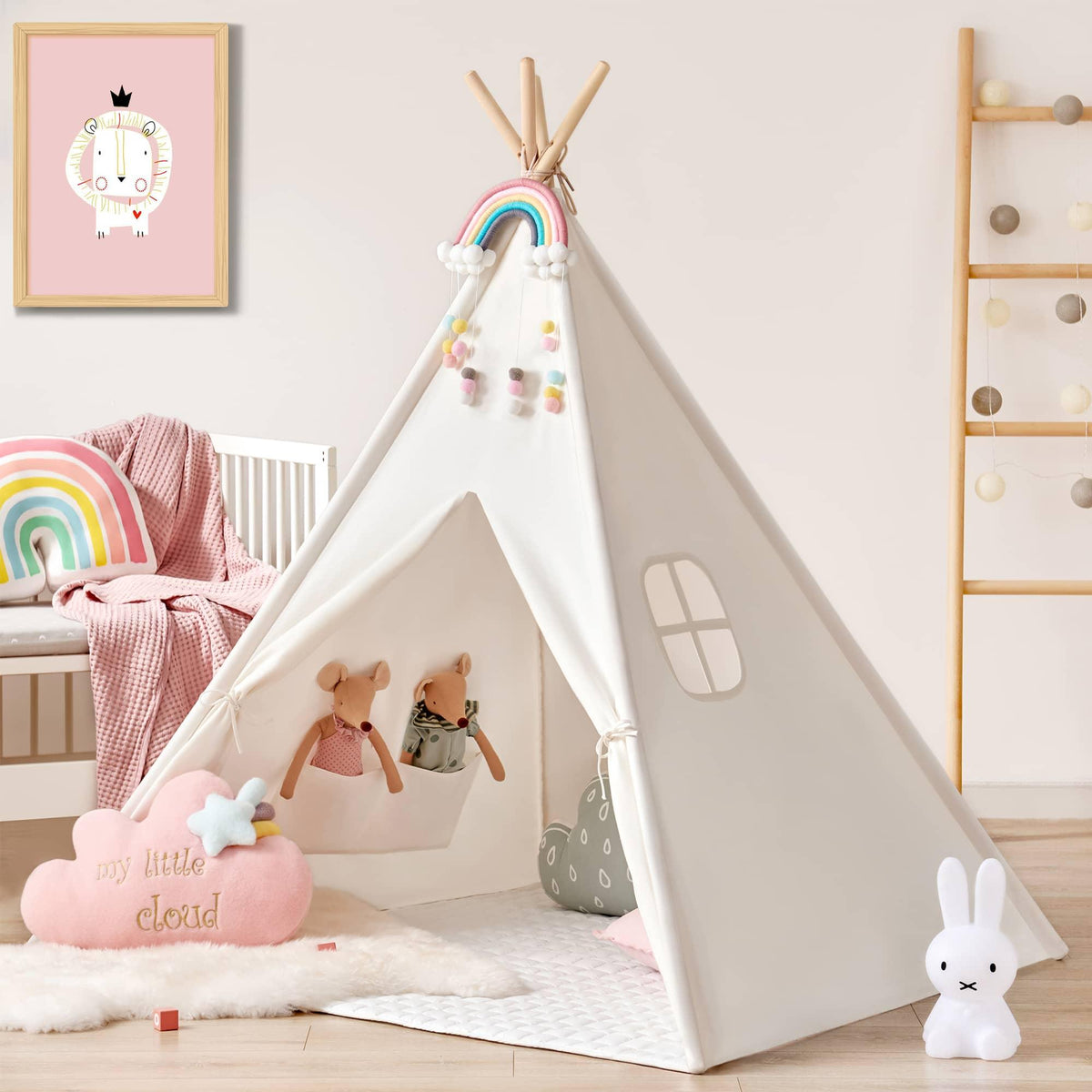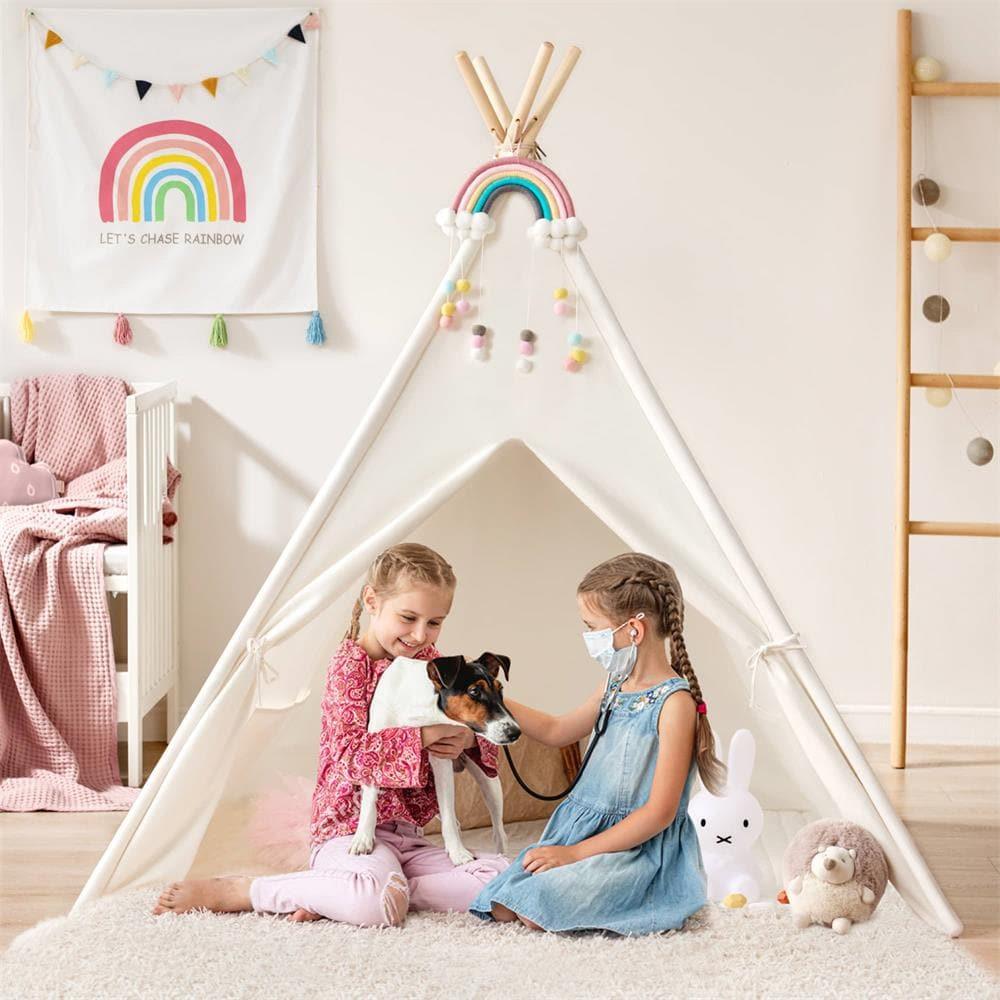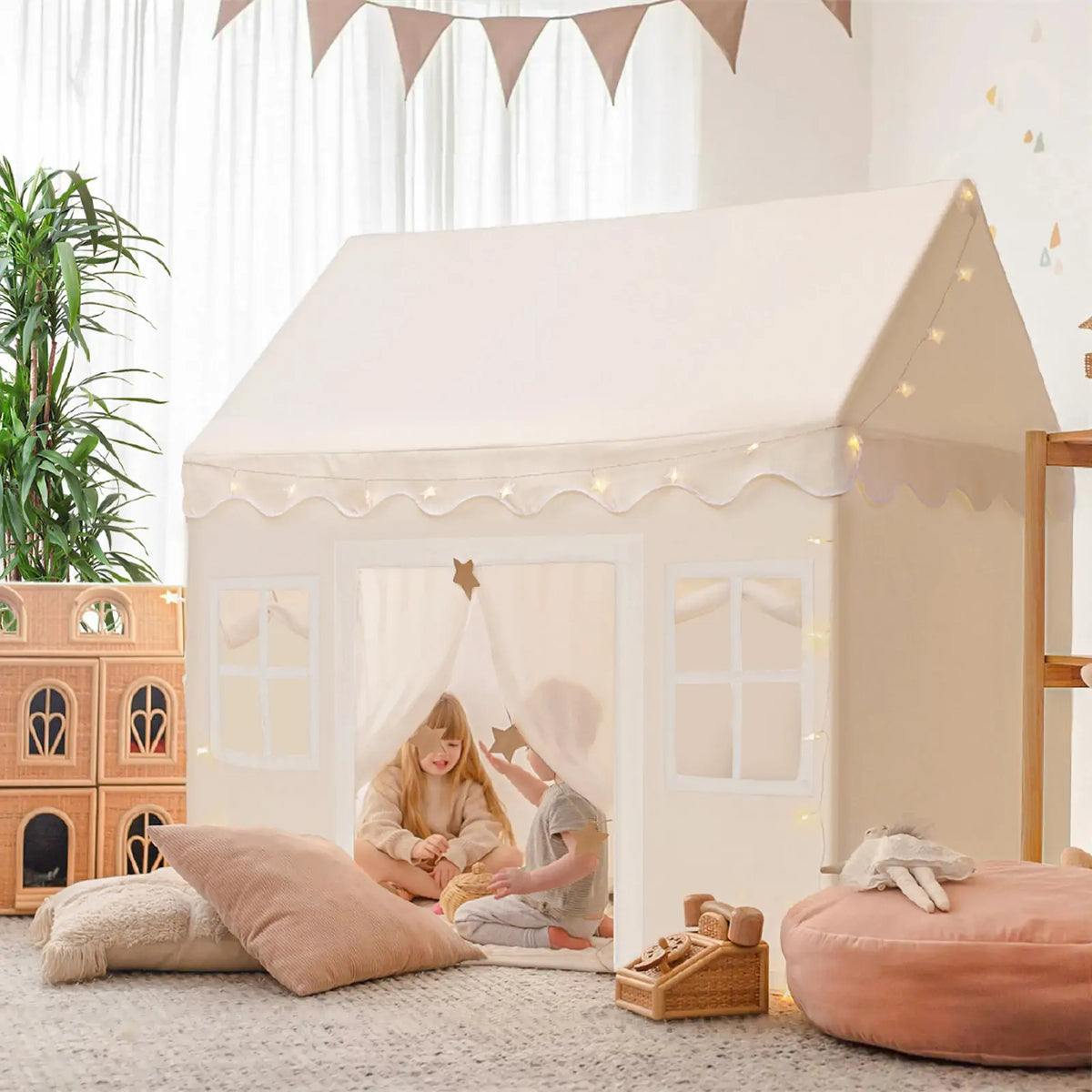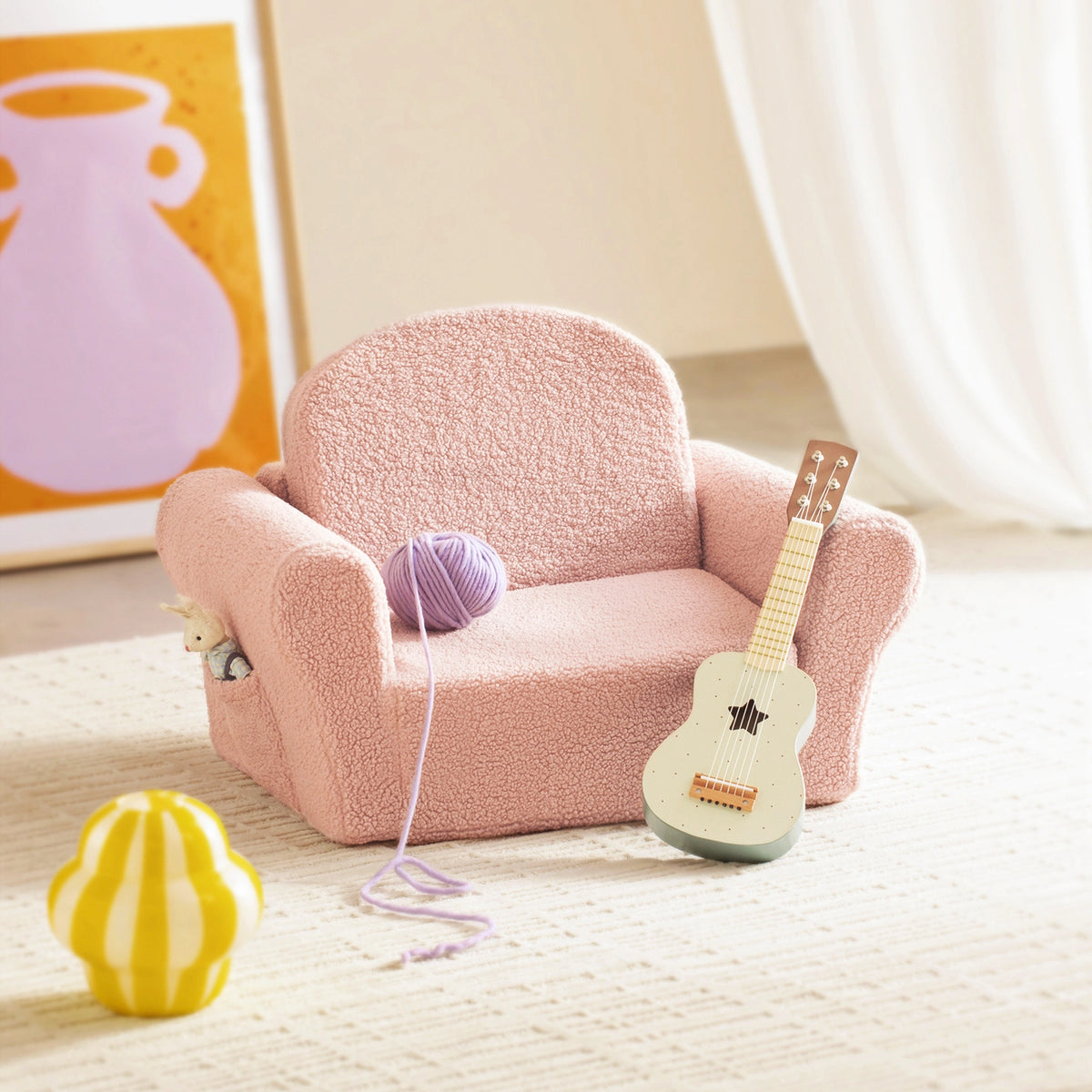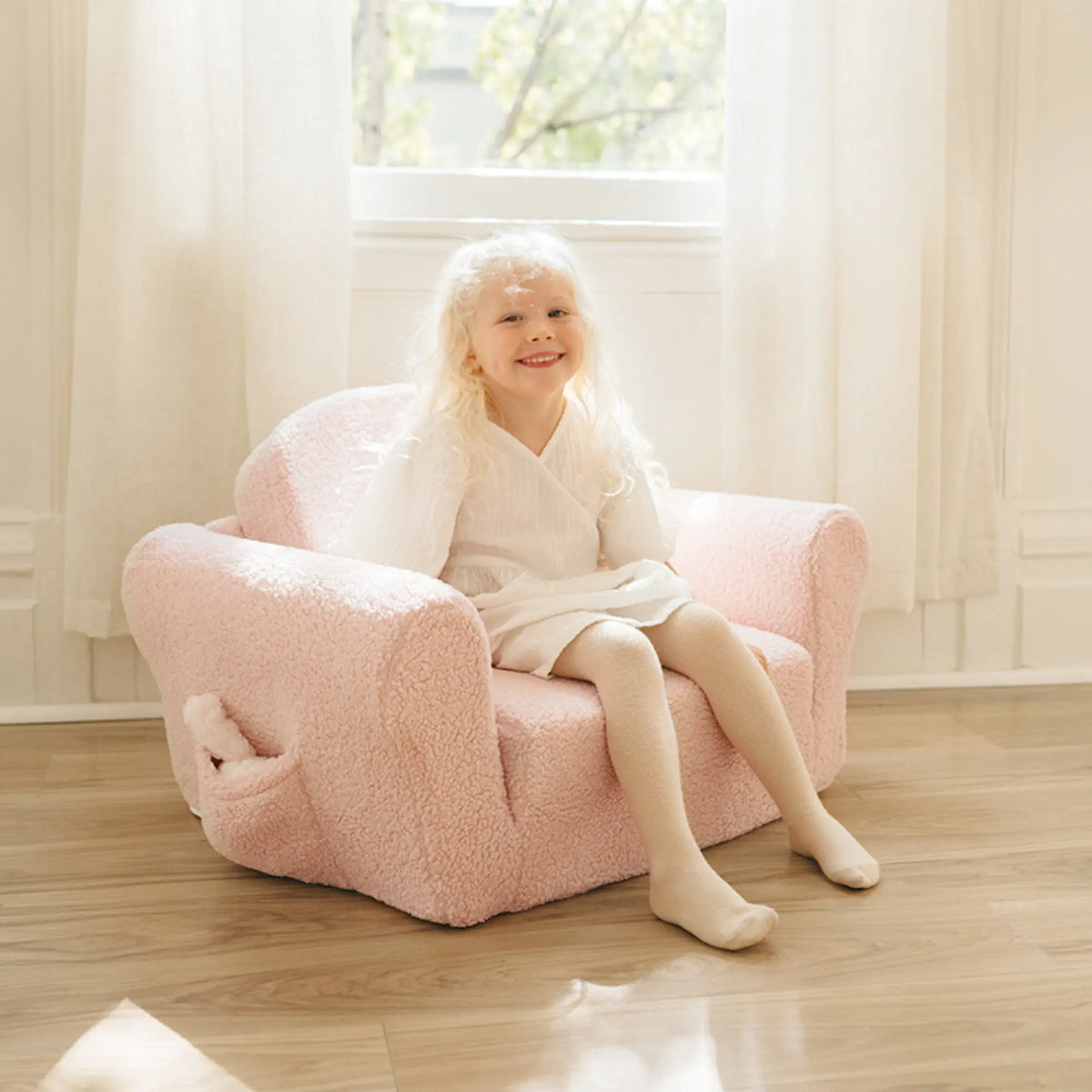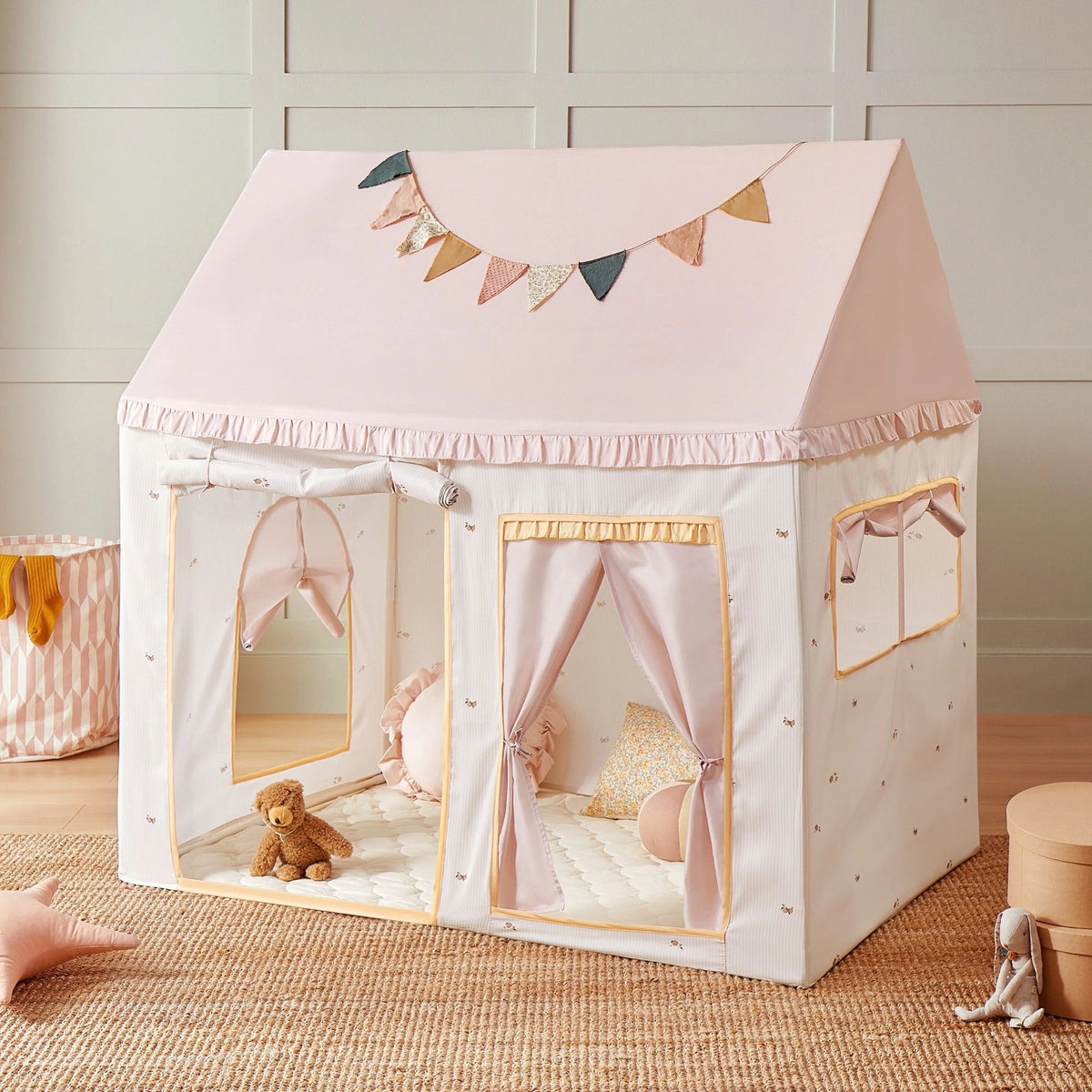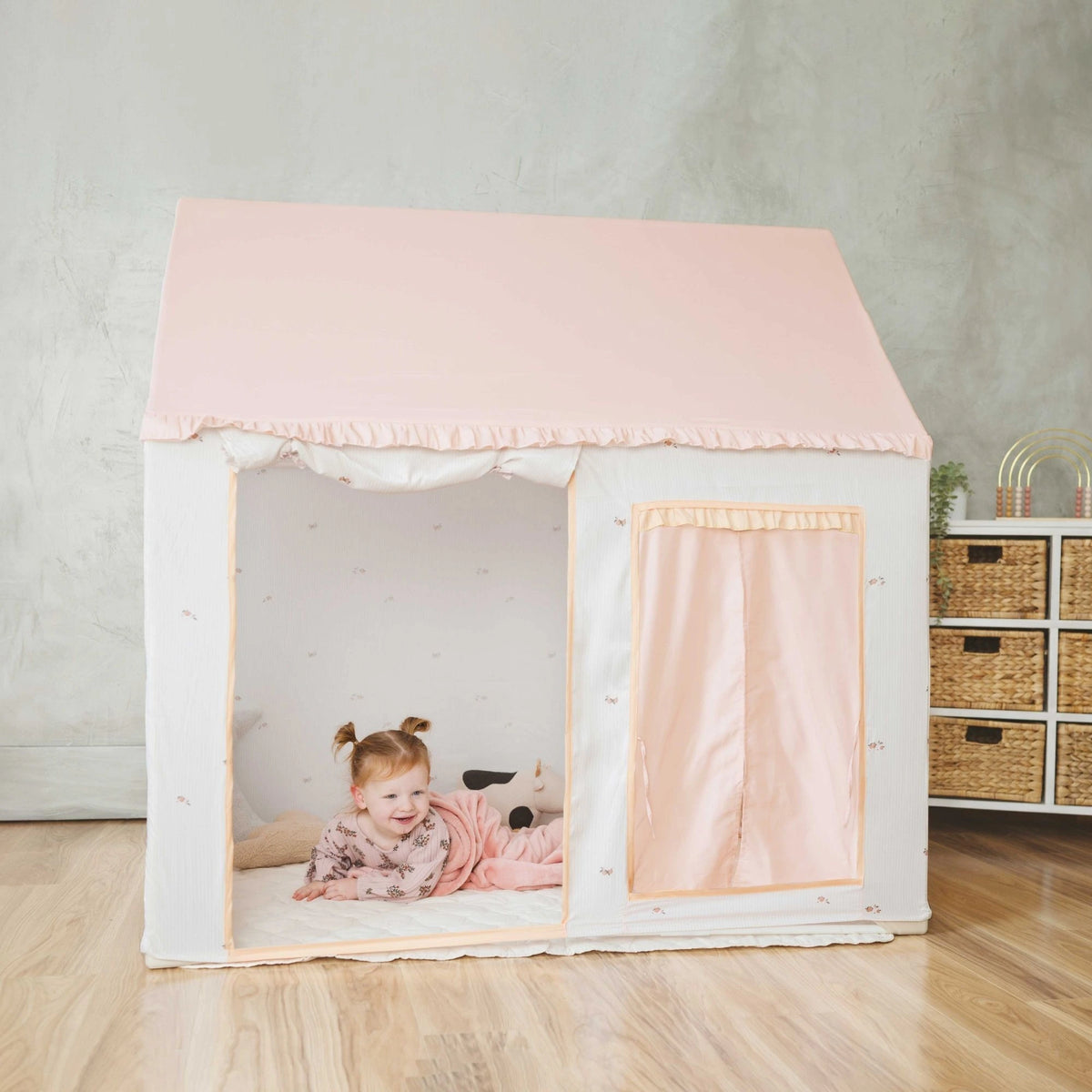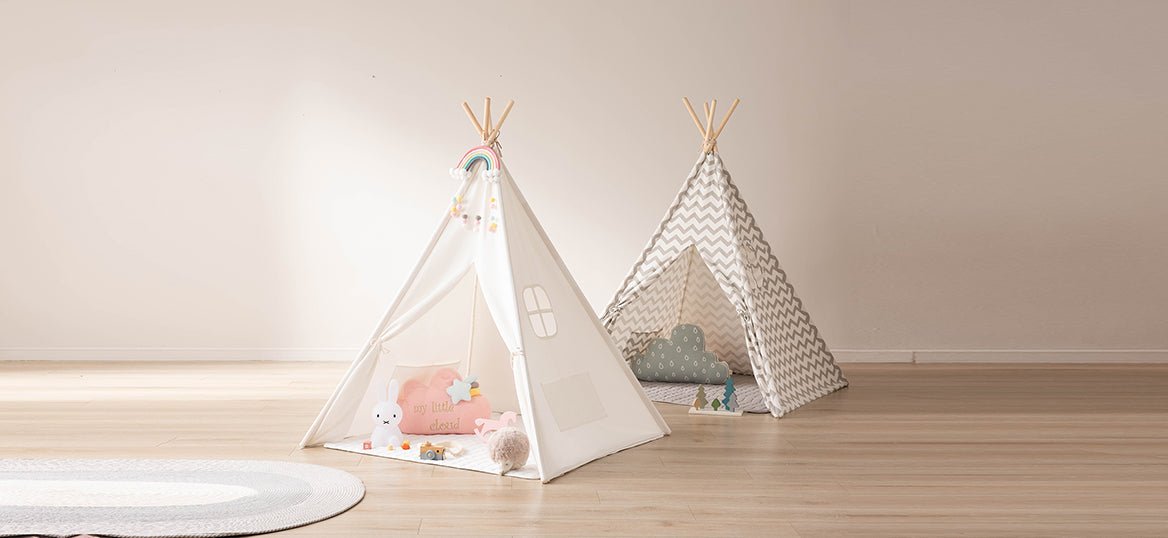Why A Kitchen Toy Is Good For Kids; children today often spend excessive time on screens and technology, leaving little room for imaginative play and hands-on learning.
However, including kitchen toys in their playtime can benefit their development. Pretend play kitchen toys promote pretend play, fostering creativity, imagination, and social interaction.
And this article explores why a kitchen toy is good for kids and how they positively impact their growth and learning.

Benefits of Kitchen Toys for Kids: Why A Kitchen Toy Is Good For Kids
Developing Fine Motor Skills:
Playing with pretend kitchen helps children refine their hand-eye coordination and fine motor skills. Actions like grasping utensils, pouring ingredients, stirring, and cutting play food strengthen hand muscles.
Enhancing Creativity and Imagination:
Wooden play kitchen provides a canvas for children to unleash their creativity and imagination. Role-playing scenarios like cooking, running a restaurant, or hosting a tea party allow kids to invent stories and explore their ideas.
Promoting Cognitive and Problem-Solving Skills:
Engaging with kitchen toys presents challenges that stimulate critical thinking, decision-making, and logical reasoning. Following recipes, measuring ingredients, and understanding cause-and-effect relationships contribute to cognitive development.
Encouraging Social Interaction and Communication:
Mud kitchen toys create social interaction and communication opportunities. Playing with others promotes teamwork, sharing, and turn-taking, while communication skills are developed through effective dialogue and negotiation.
Teaching Basic Life Skills:
Kitchen toys provide a playful environment for children to learn essential life skills. Pretending to cook, clean, and organize familiarizes kids with everyday activities, such as food preparation, kitchen safety, and table manners.

Safety Considerations for Kitchen Toys
While kitchen toys offer benefits, it's important to consider safety factors:
Age Appropriateness: Select kitchen toys suitable for your child's age, avoiding small parts that could be choking hazards for younger children.
Material Safety: Ensure kitchen toys are made from non-toxic materials and comply with safety standards. Look for labels indicating they are free from harmful chemicals like BPA or phthalates.
Supervision and Guidance: Adult supervision is crucial, especially for younger children. Teach children about potential hazards and responsible handling of utensils.
Popular Types of Kitchen Toys for Kids
Play Kitchen Sets: Comprehensive toy kitchens with stoves, sinks, and cabinets, provide a realistic cooking experience. Some sets include interactive features like lights and sounds.
Cooking Utensils and Accessories: Pots, pans, spatulas, and other cooking utensils for preparing imaginary meals. Accessories like aprons and chef hats enhance the role-playing experience.
Food and Grocery Playsets: Play with food items, shopping baskets, cash registers for pretend grocery shopping and cooking, expanding imaginative play scenarios.
Choosing the Right Kitchen Toy for Your Child
Consider these factors when selecting a kitchen toy:
Age and Developmental Stage: Choose toys aligned with your child's age and developmental milestones.
Durability and Quality: Select toys made from durable materials for safety and longevity.
Educational Value: opt for toys that offer educational benefits like teaching numbers, shapes, and colors, or introducing nutrition concepts.
Interactive Features: Look for toys with lights, sounds, and realistic movements for added engagement.
Incorporating Kitchen Toys in Learning Activities
Kitchen toys can be used for educational activities:
Role-Playing and Pretend Play: Encourage your child to take on different roles, fostering imagination, language, and social skills.
Math and Measurement Skills: Introduce counting, measuring, and fractions during playtime with kitchen toys.
Language Development: Engage your child in conversation while playing, improving vocabulary, communication, and storytelling abilities.
Healthy Eating and Nutrition Education: Use kitchen toys to educate your child about healthy eating habits and balanced meals.
Tips for Engaging Playtime with Kitchen Toys
Joining the Play: Participate in your child's play, taking on roles or pretending to be a customer. This enhances bonding and encourages their imagination.
Encouraging Creativity and Experimentation: Let your child be creative and experiment with recipes and food combinations.
Setting Up Scenarios and Themes: Create scenarios like hosting a tea party or preparing a holiday meal to add excitement and variety.
Rotate Toys: Periodically swap kitchen toys and accessories to prevent boredom and maintain interest.
Final Words:
Giving a kitchen toy, like "Why A Kitchen Toy Is Good For Kids," into a child's playtime offers numerous benefits, including developing fine motor skills, enhancing creativity and imagination, promoting cognitive and problem-solving abilities, encouraging social interaction and communication, and teaching basic life skills.
FAQs
Are kitchen toys suitable for all age groups?
Kitchen toys come in options suitable for various ages. There's a wide range, including simple toddler food sets and more intricate kitchen sets for older children.
Can kitchen toys help picky eaters become more interested in food?
Yes, kitchen toys can help introduce children to different foods and make mealtimes more exciting. Pretend cooking, and grocery shopping can spark curiosity and encourage picky eaters to try new foods.
How can I encourage my child to share their kitchen toys with others?
Teach your child about sharing and taking turns. Promote cooperative play by involving siblings, friends, or stuffed animals in kitchen toy activities.

Can boys enjoy playing with kitchen toys too?
Absolutely! Kitchen toys are not limited by gender and can be enjoyed by children of all genders. Cooking and food preparation skills are beneficial for everyone, regardless of gender.




